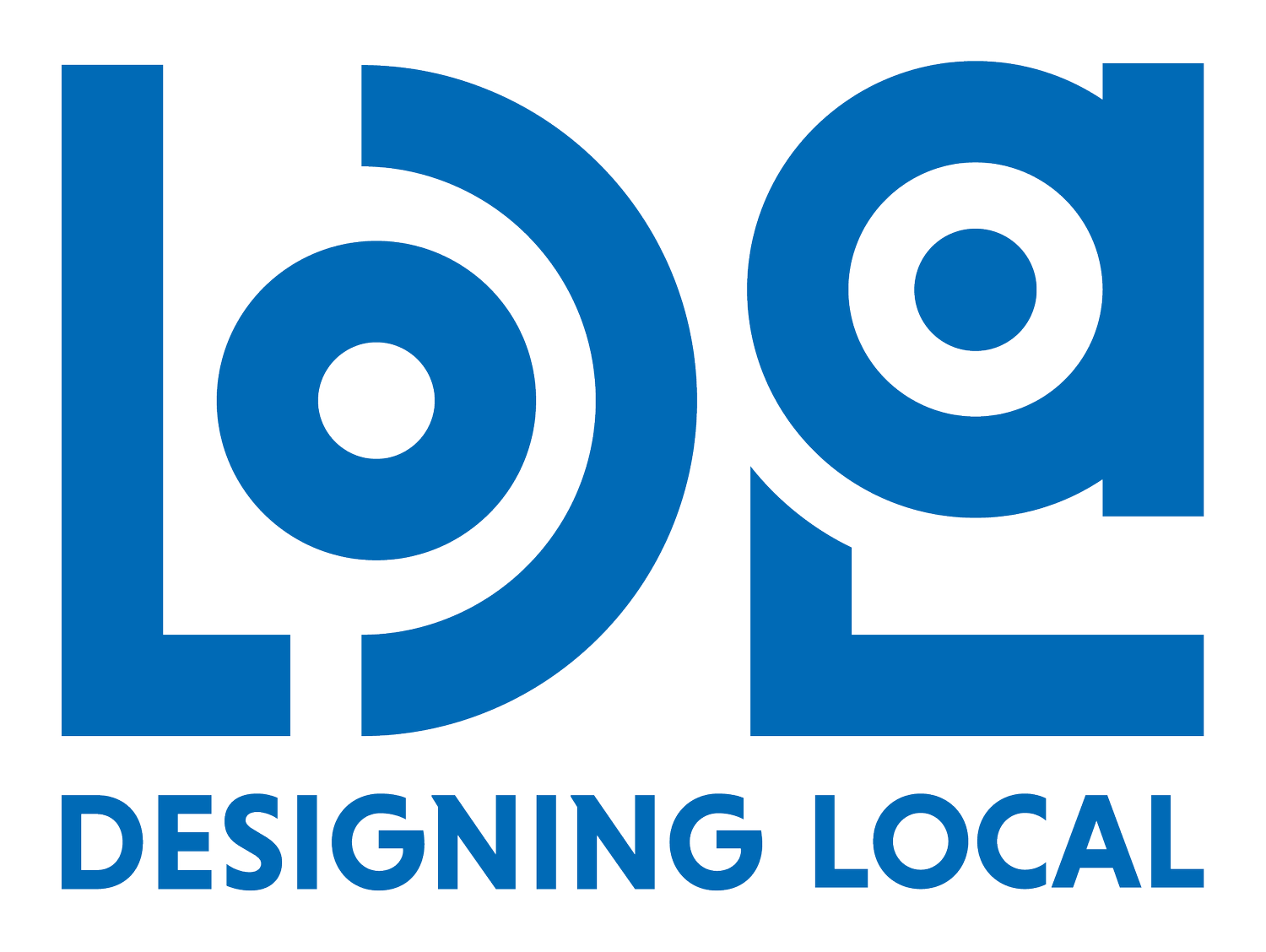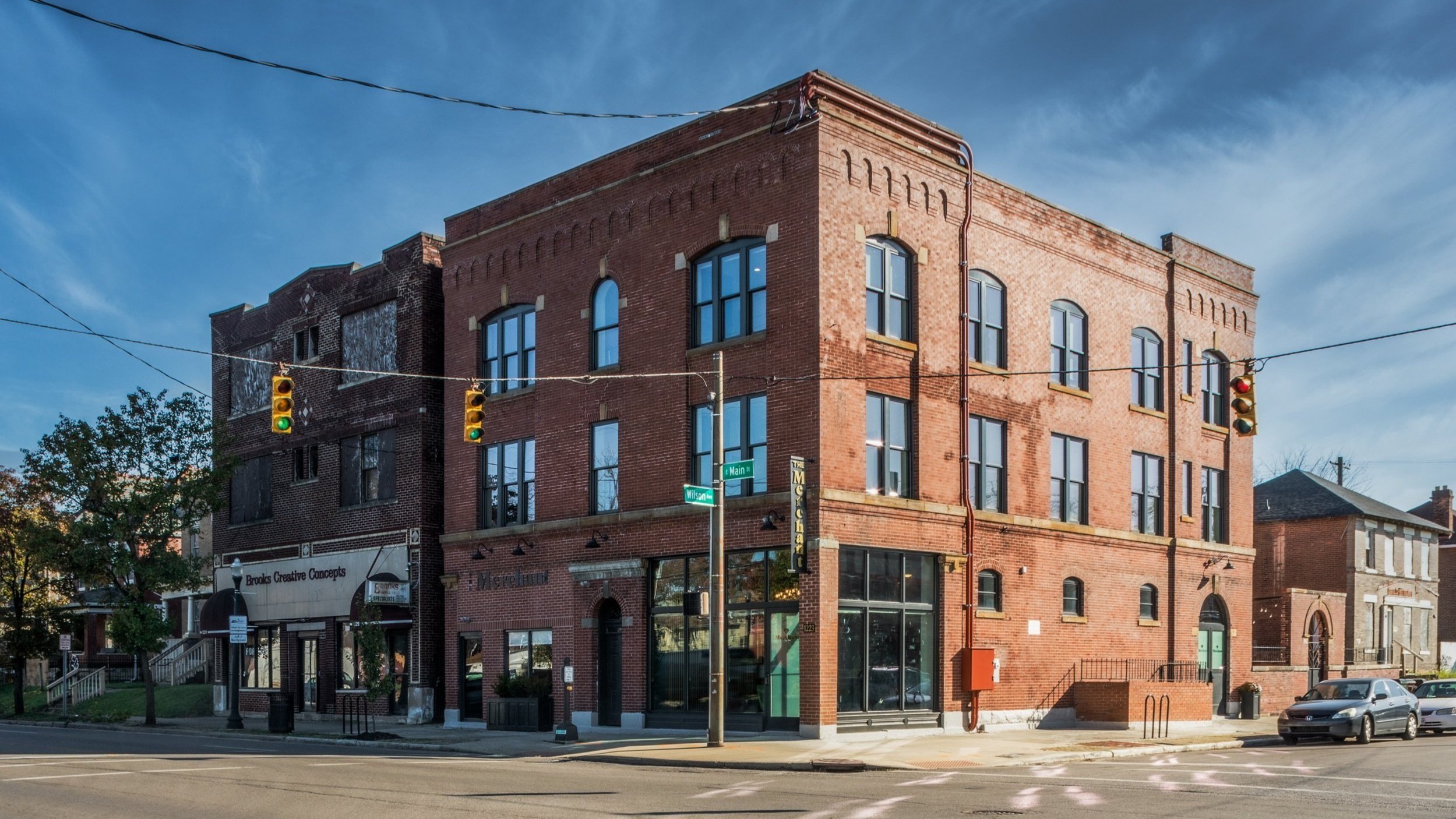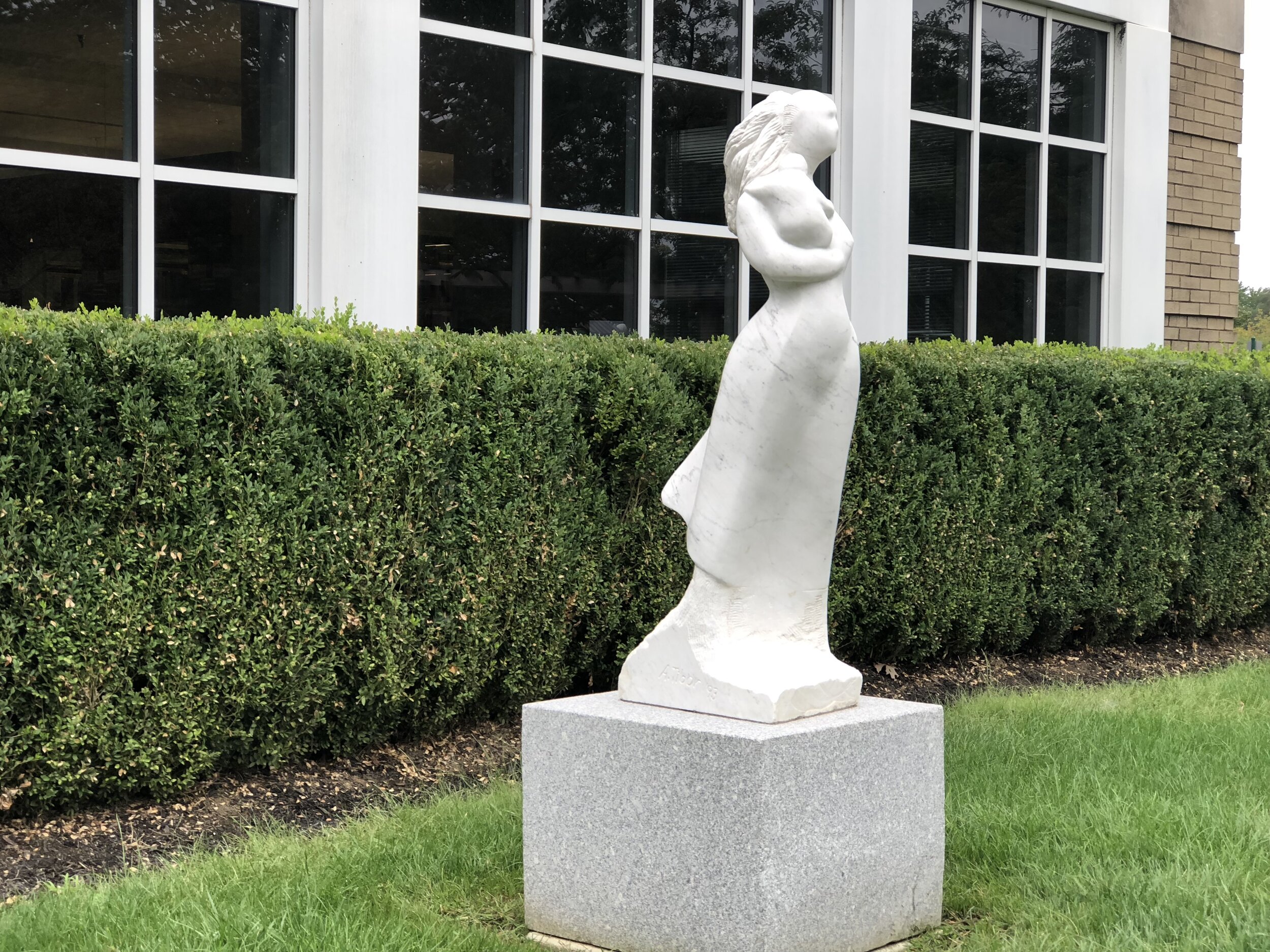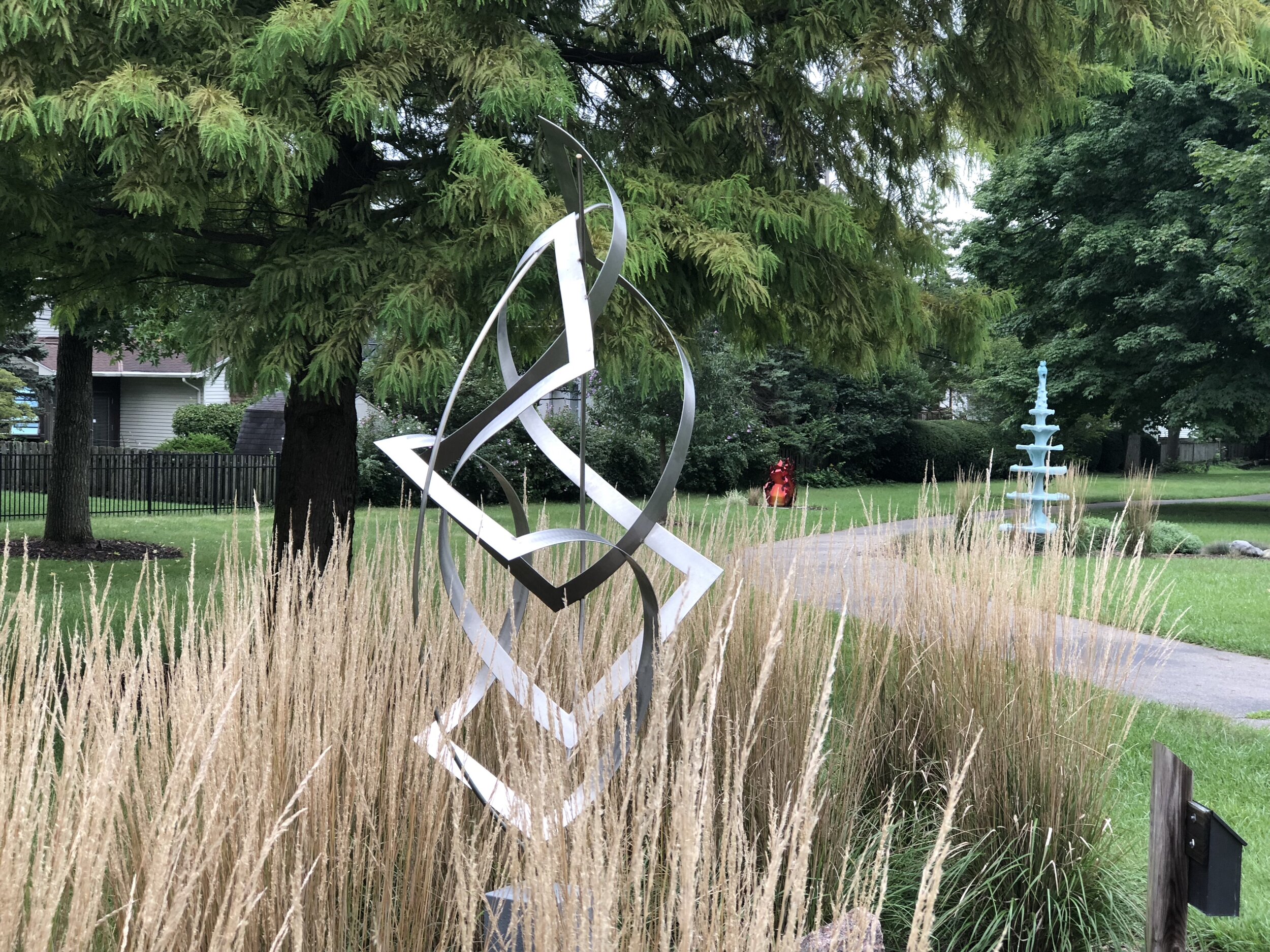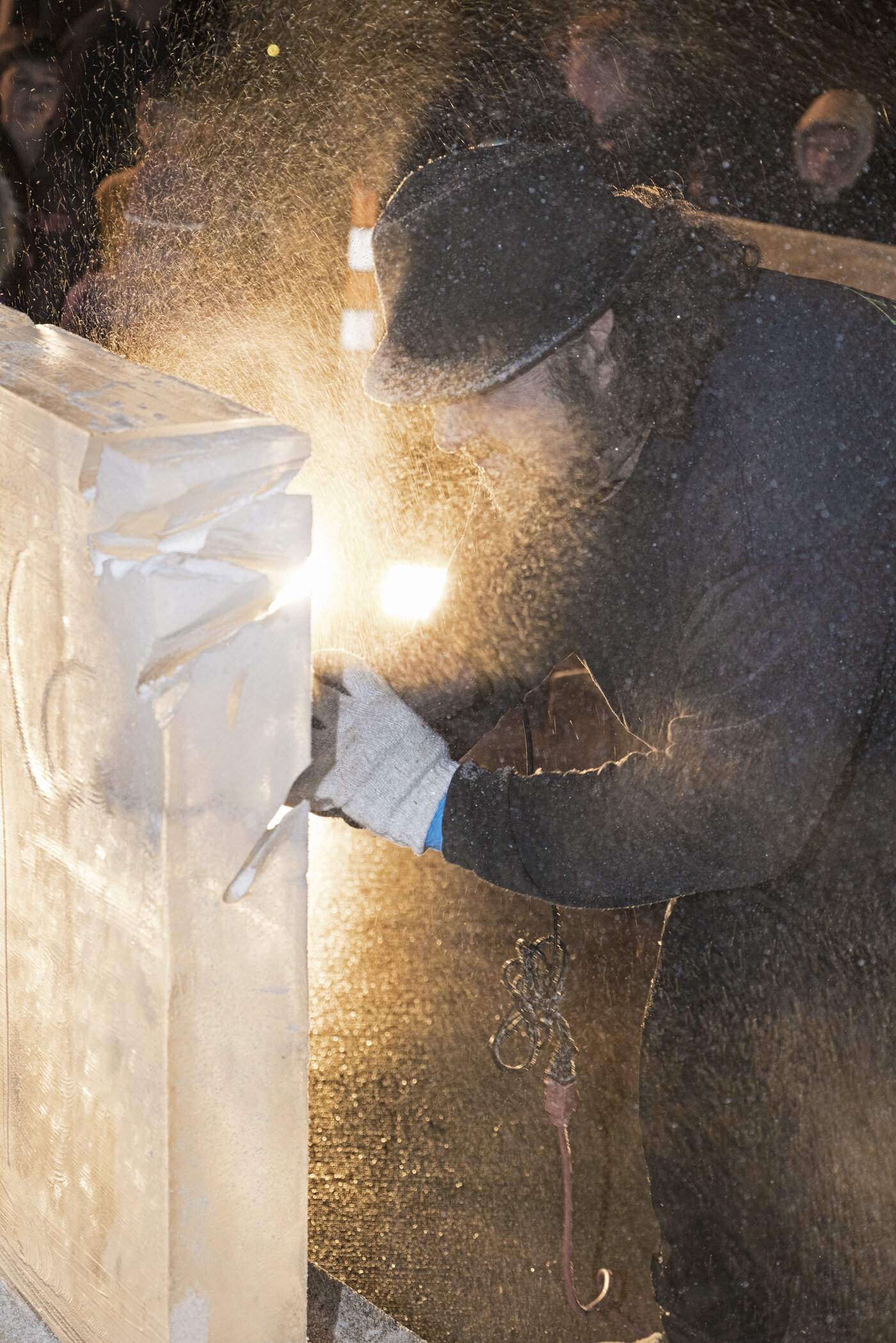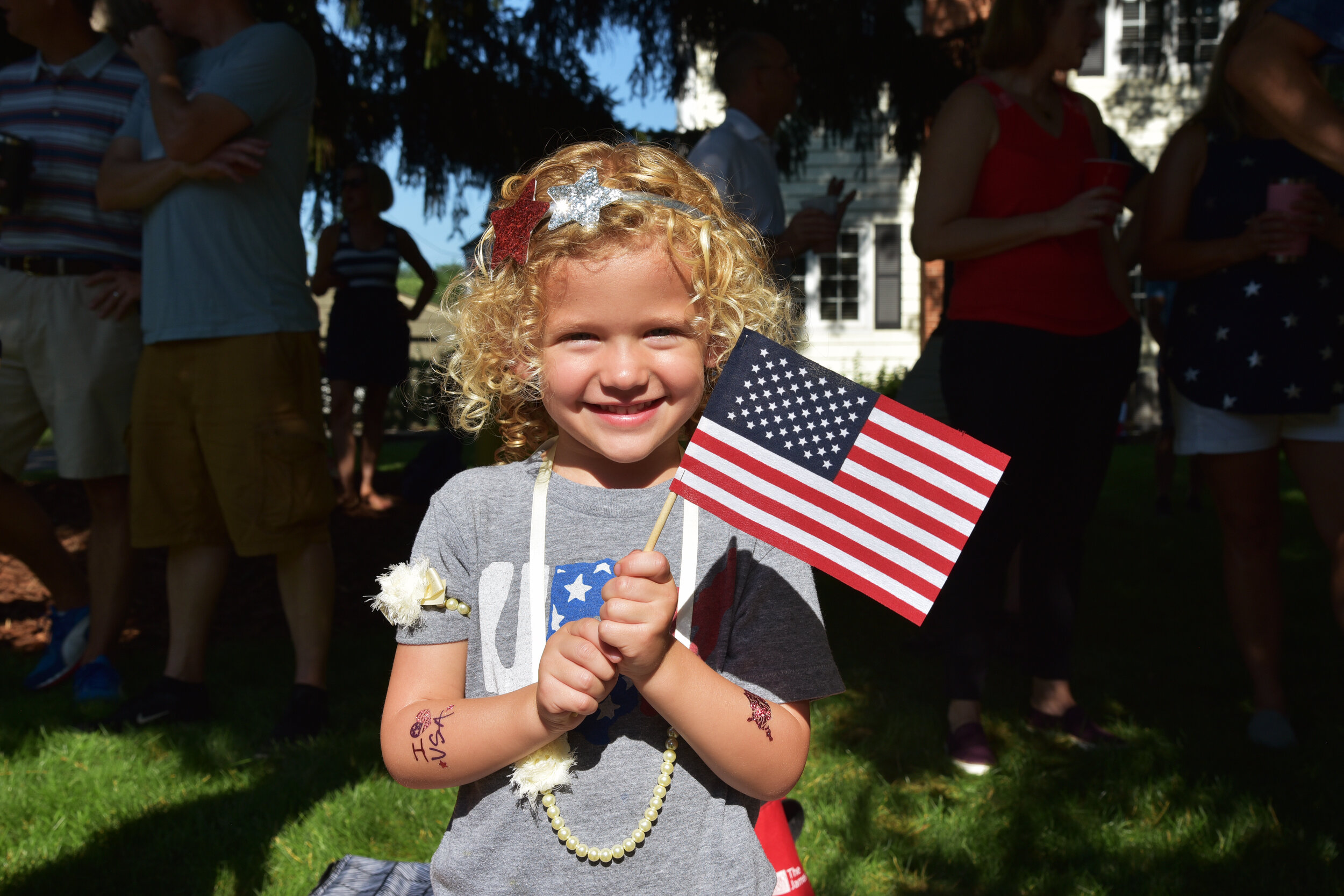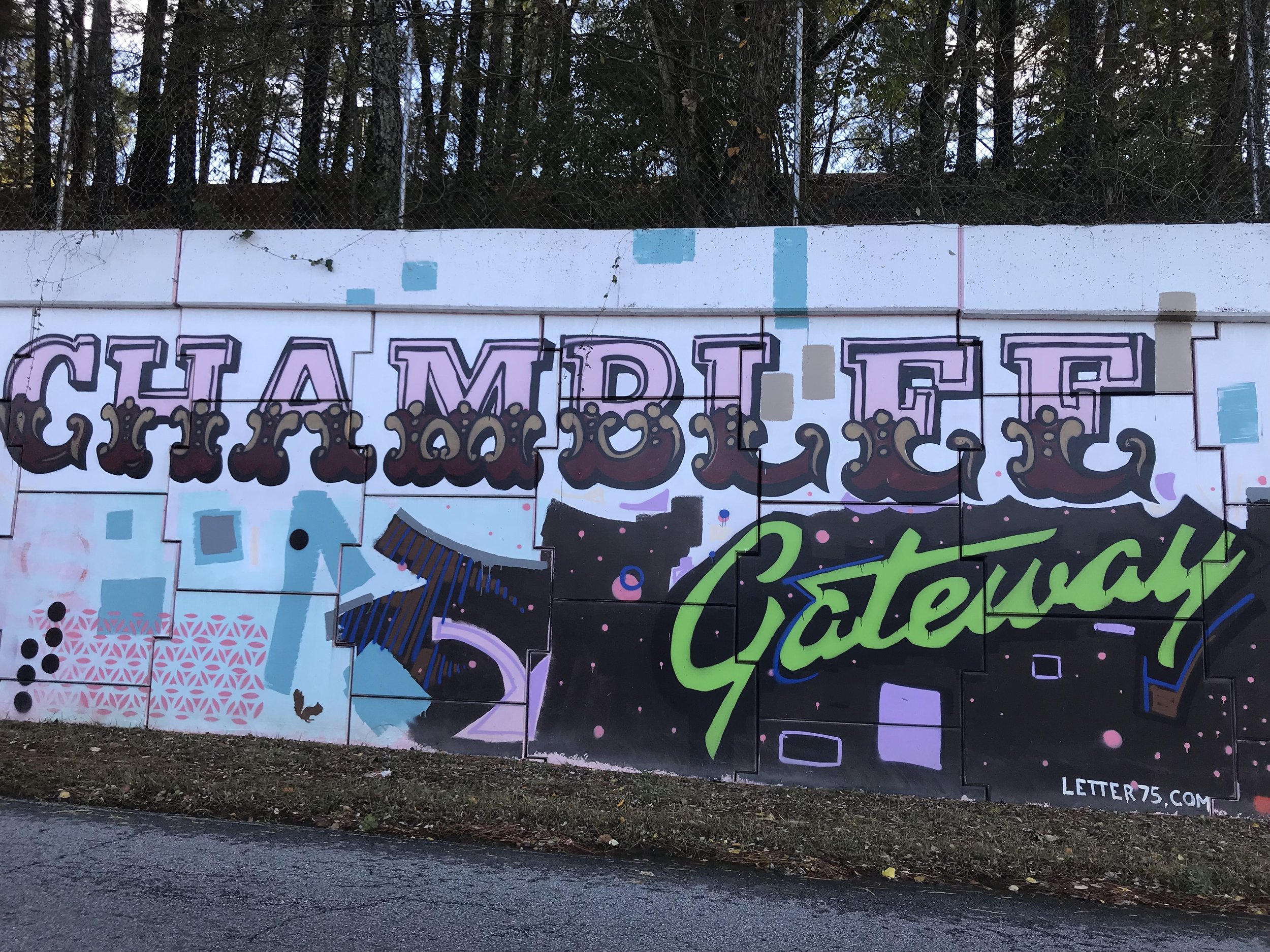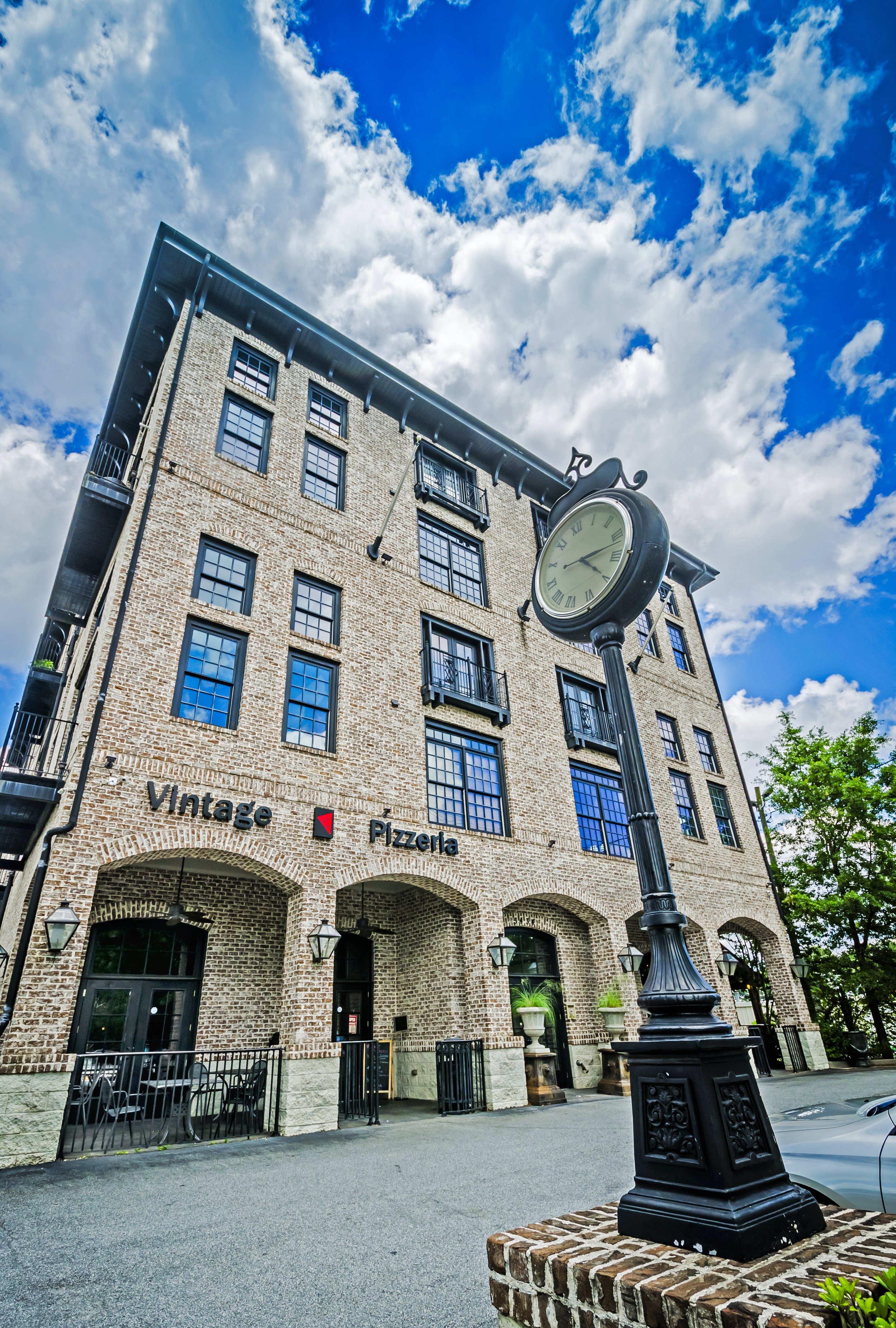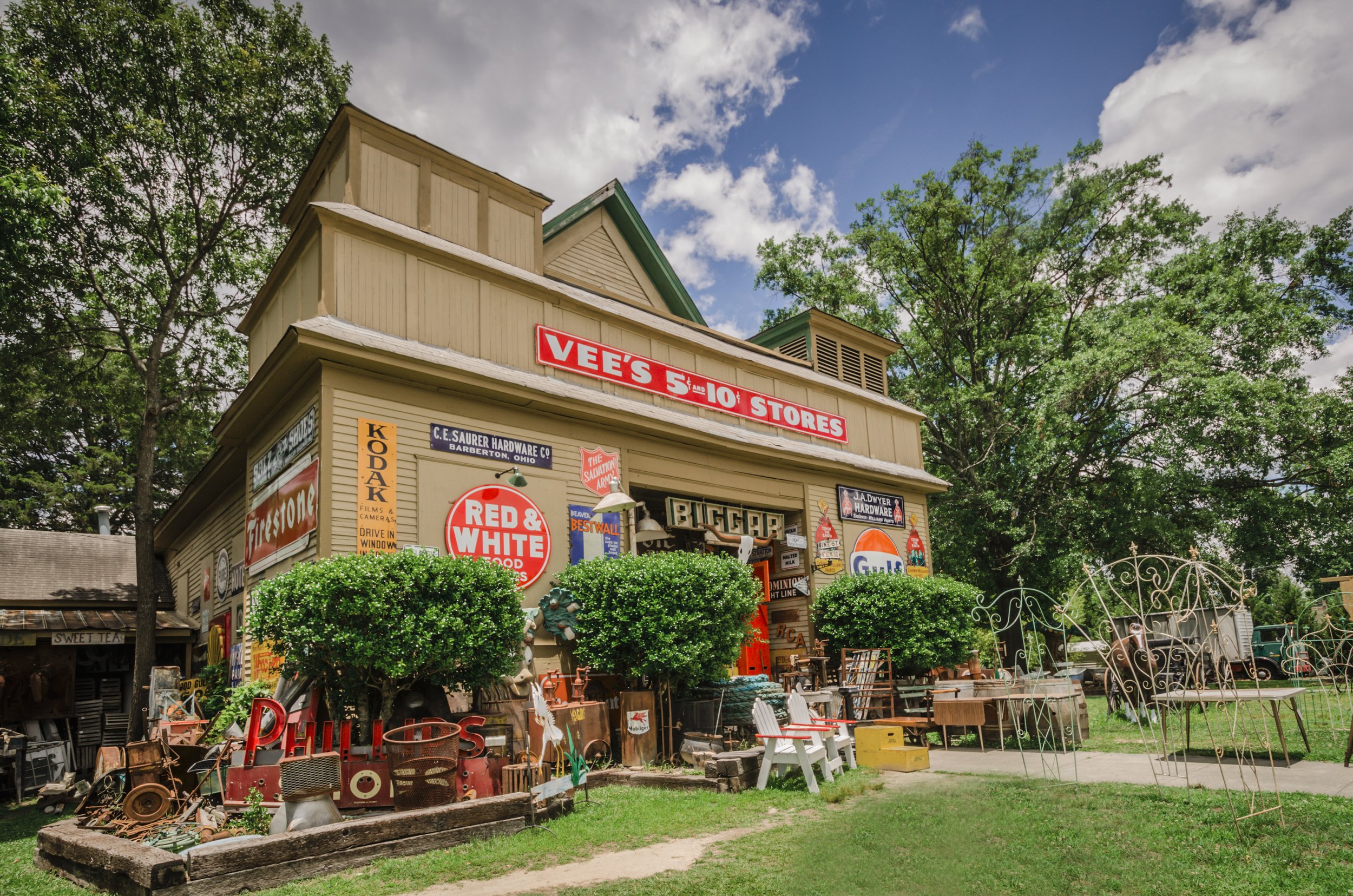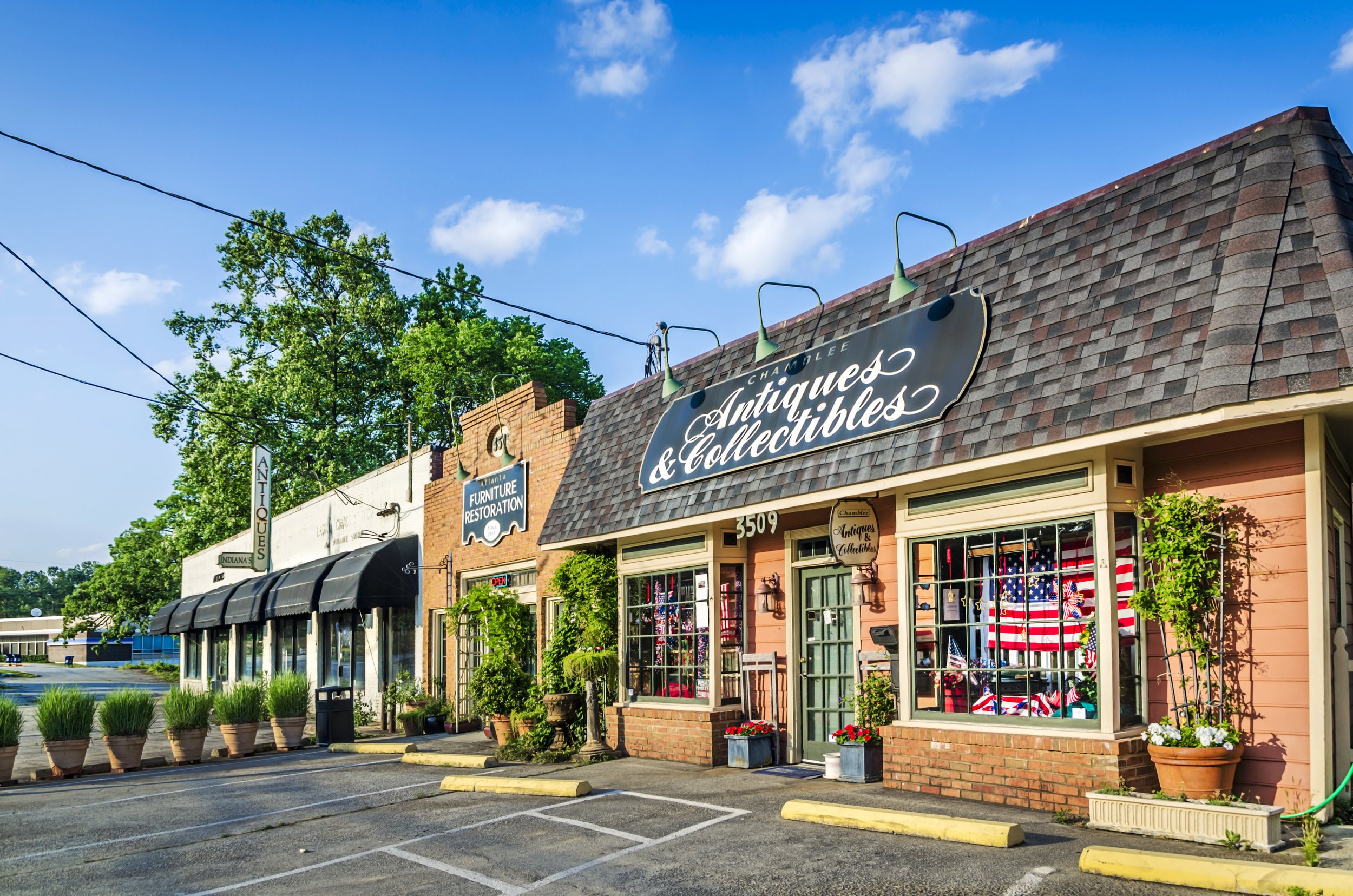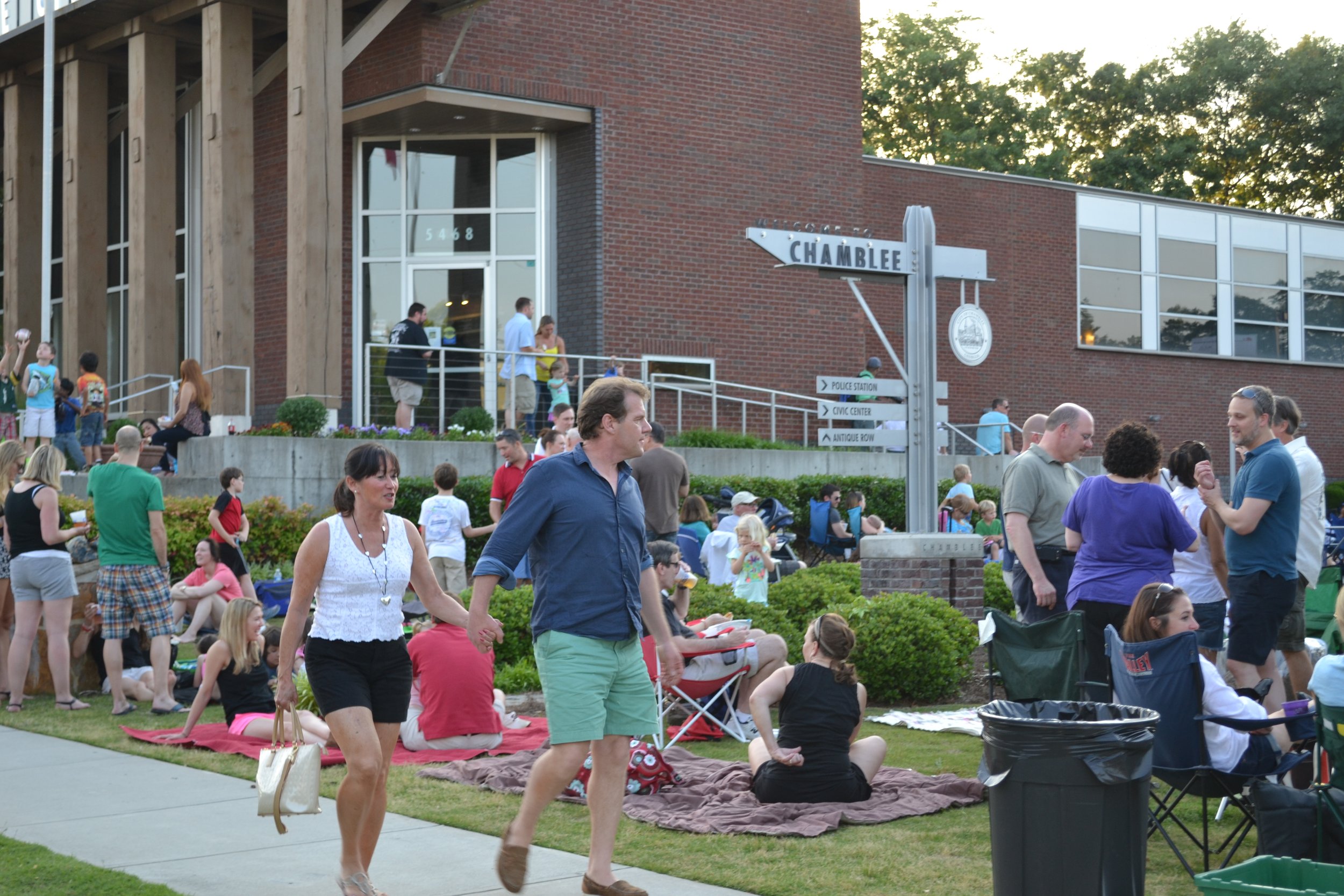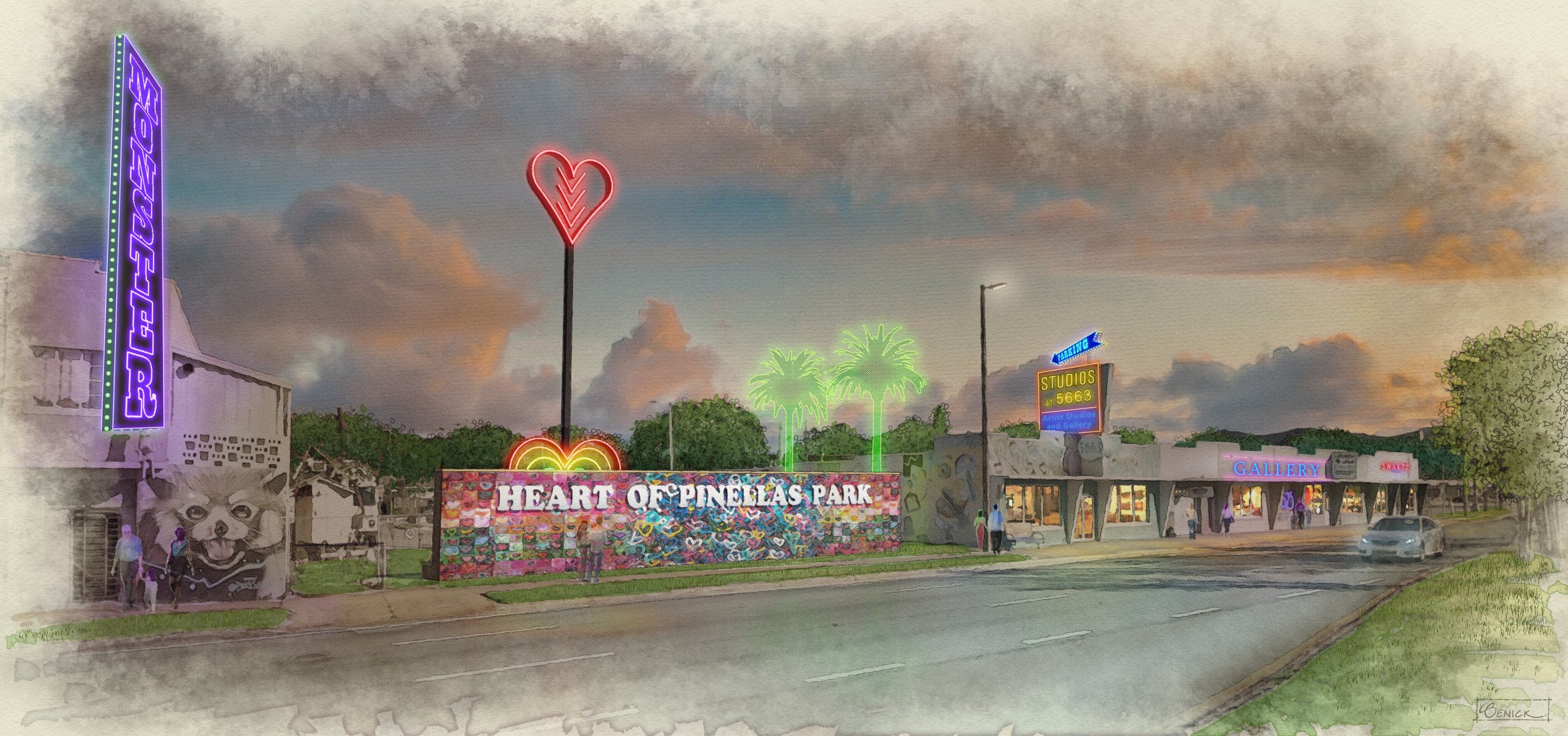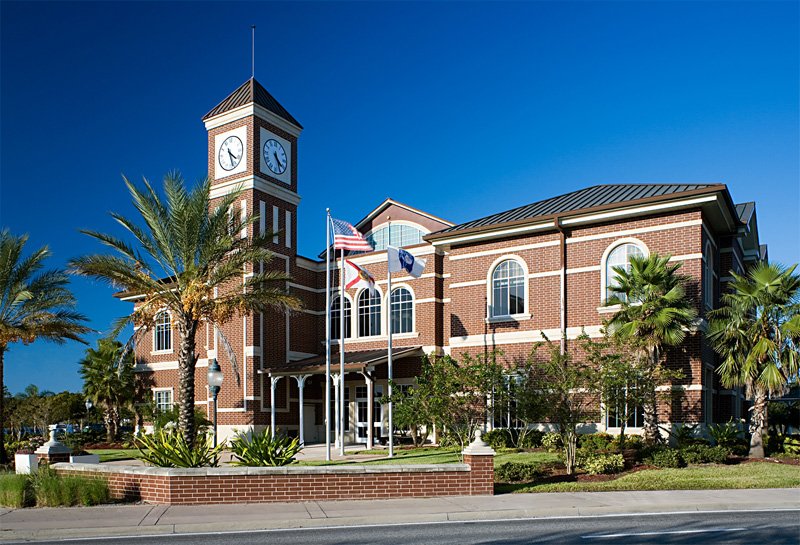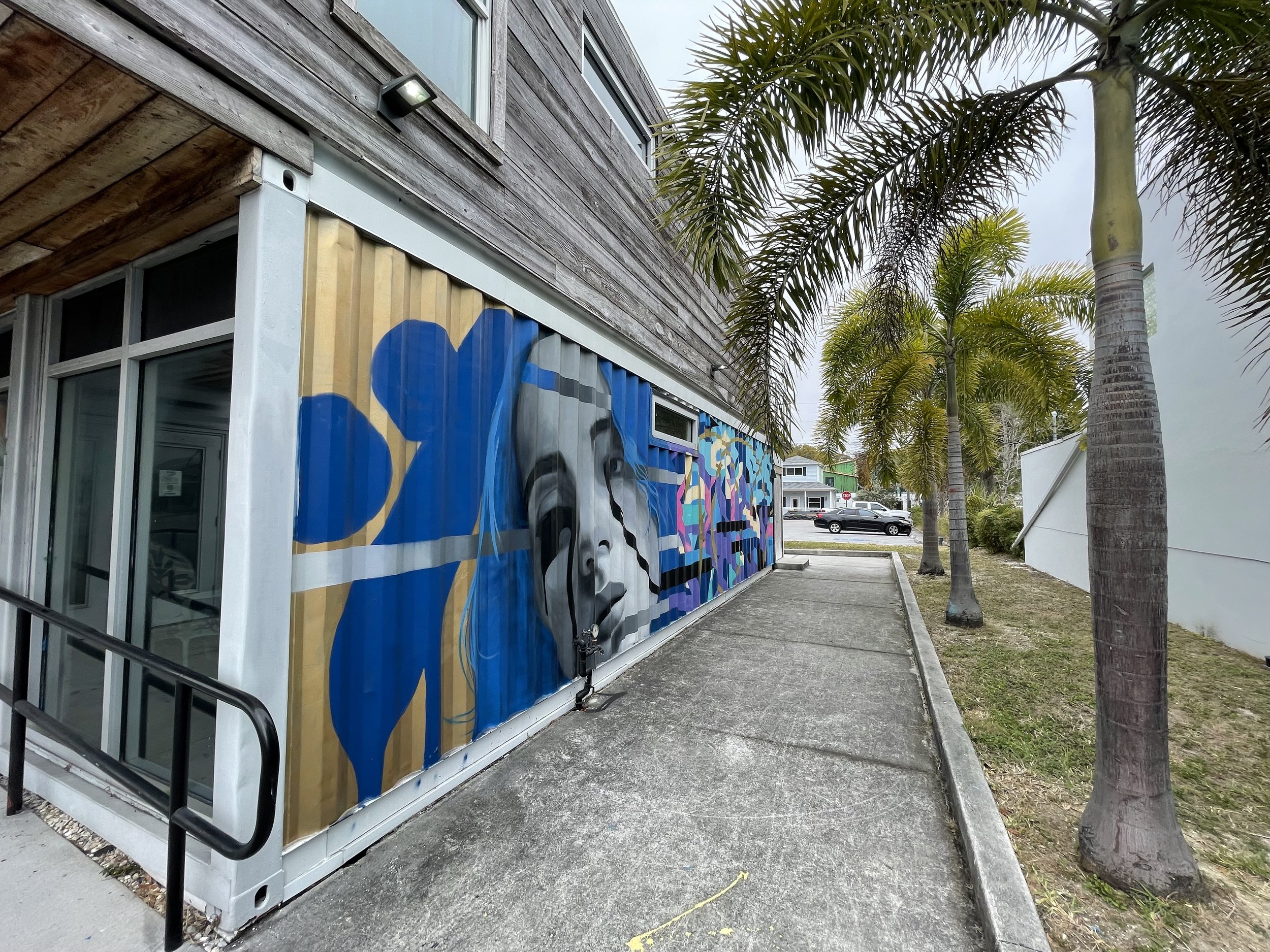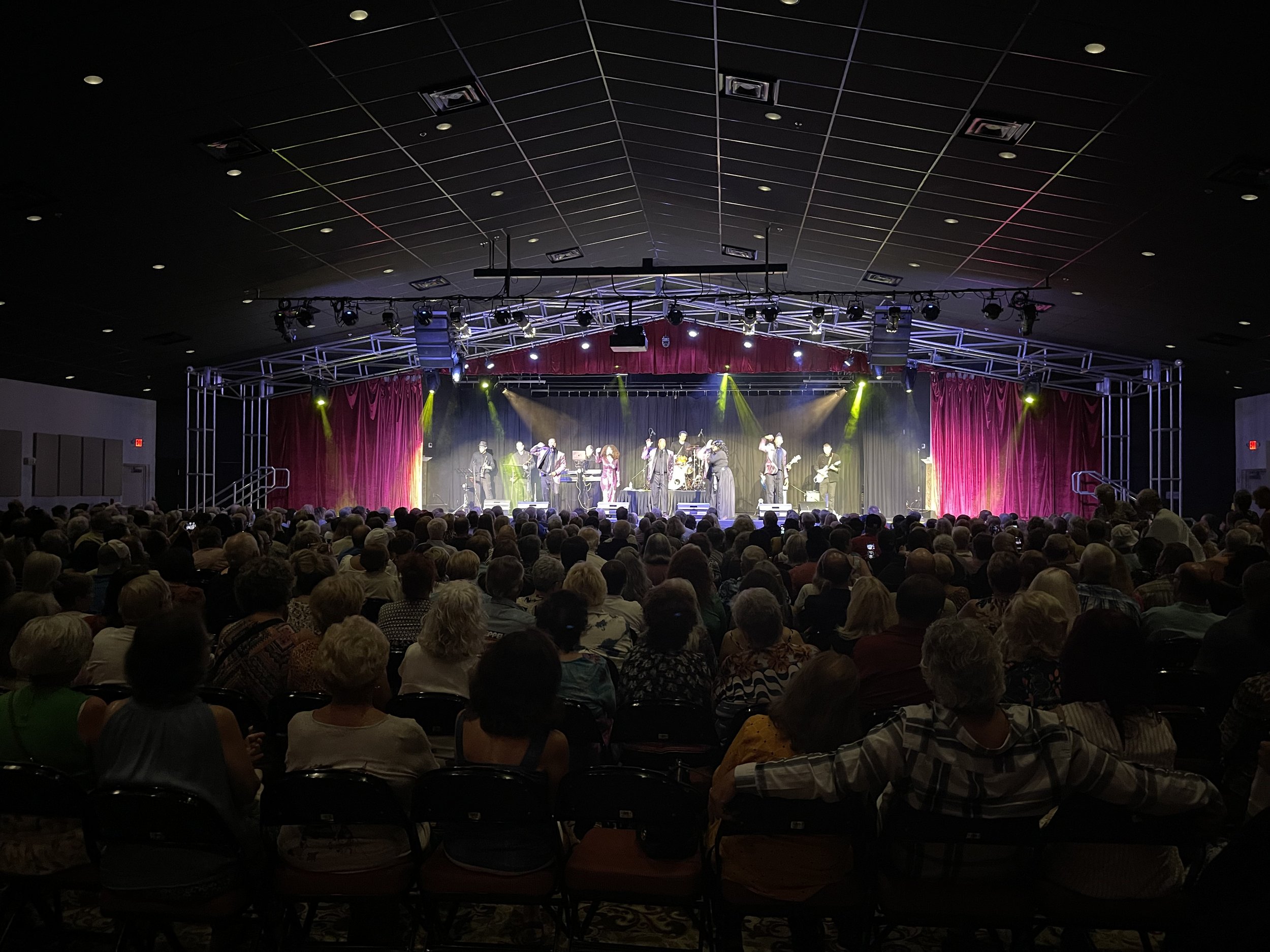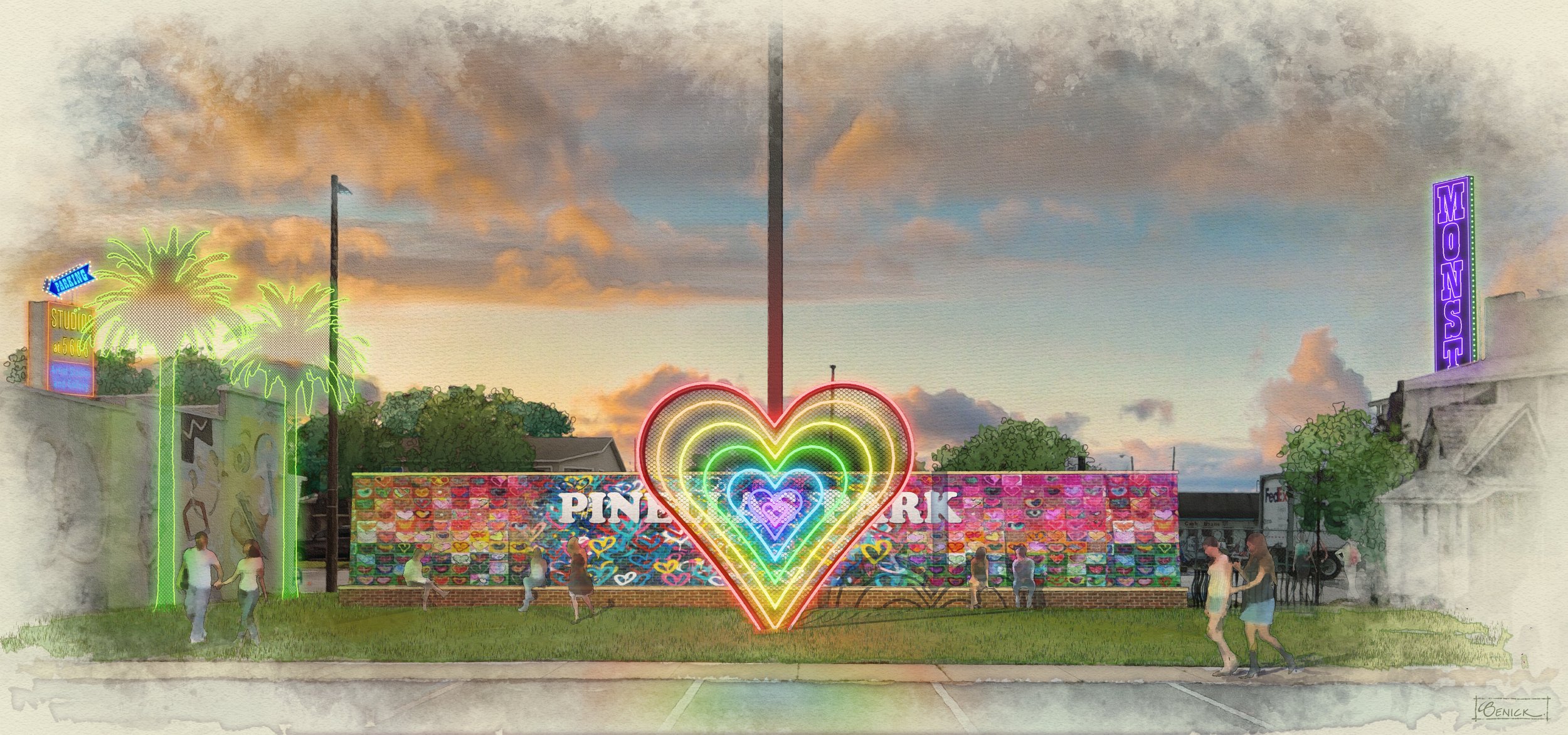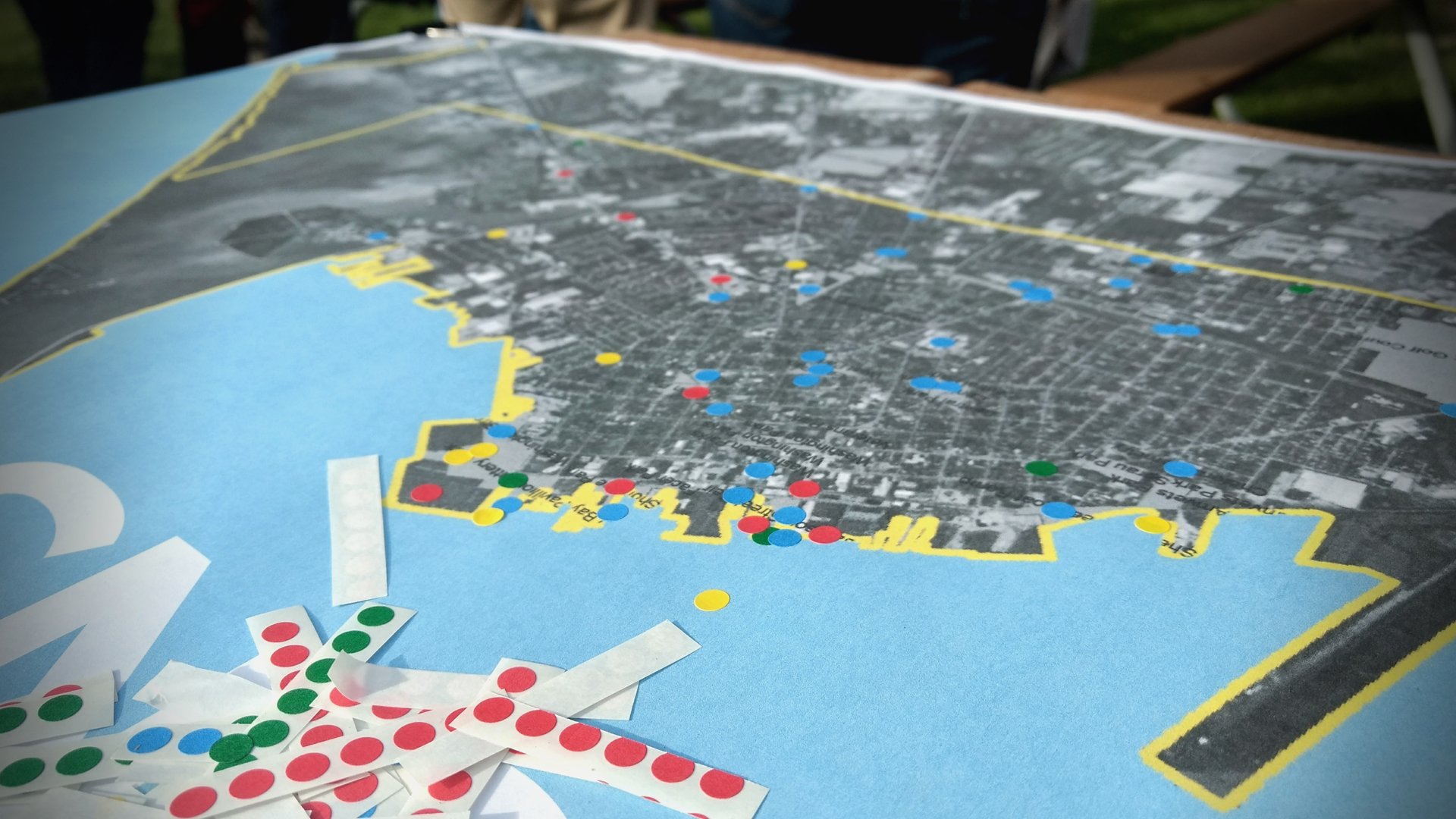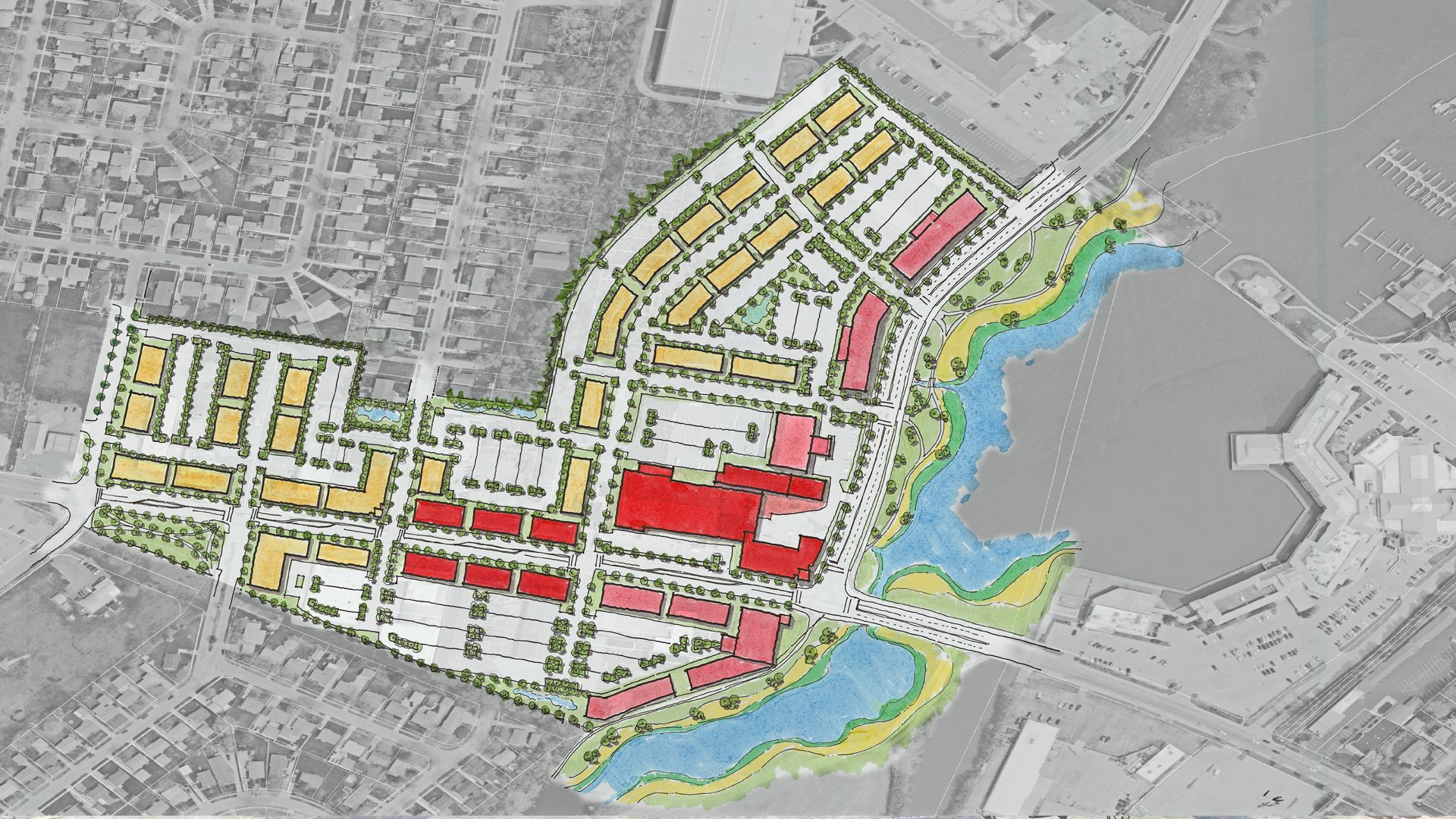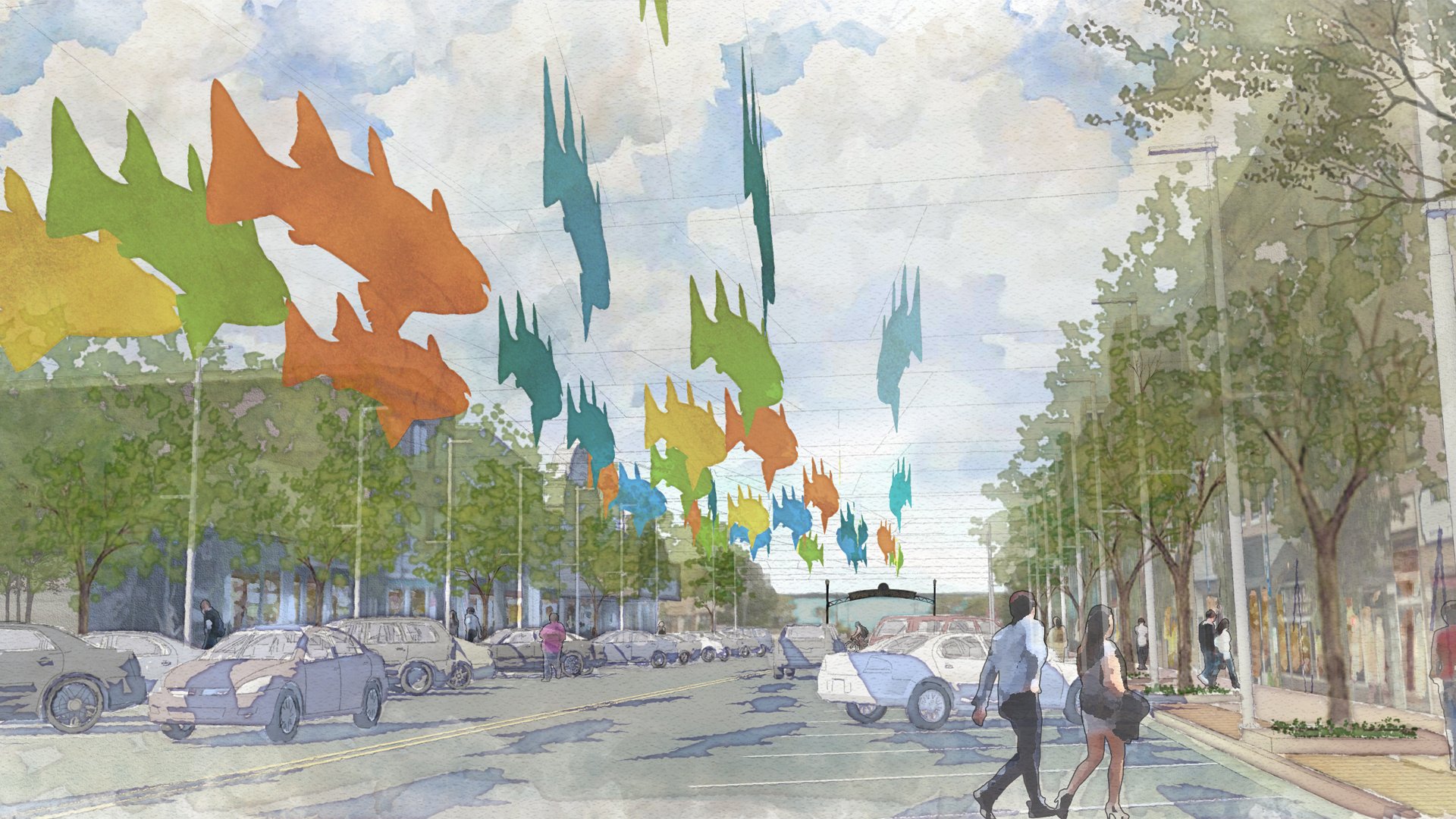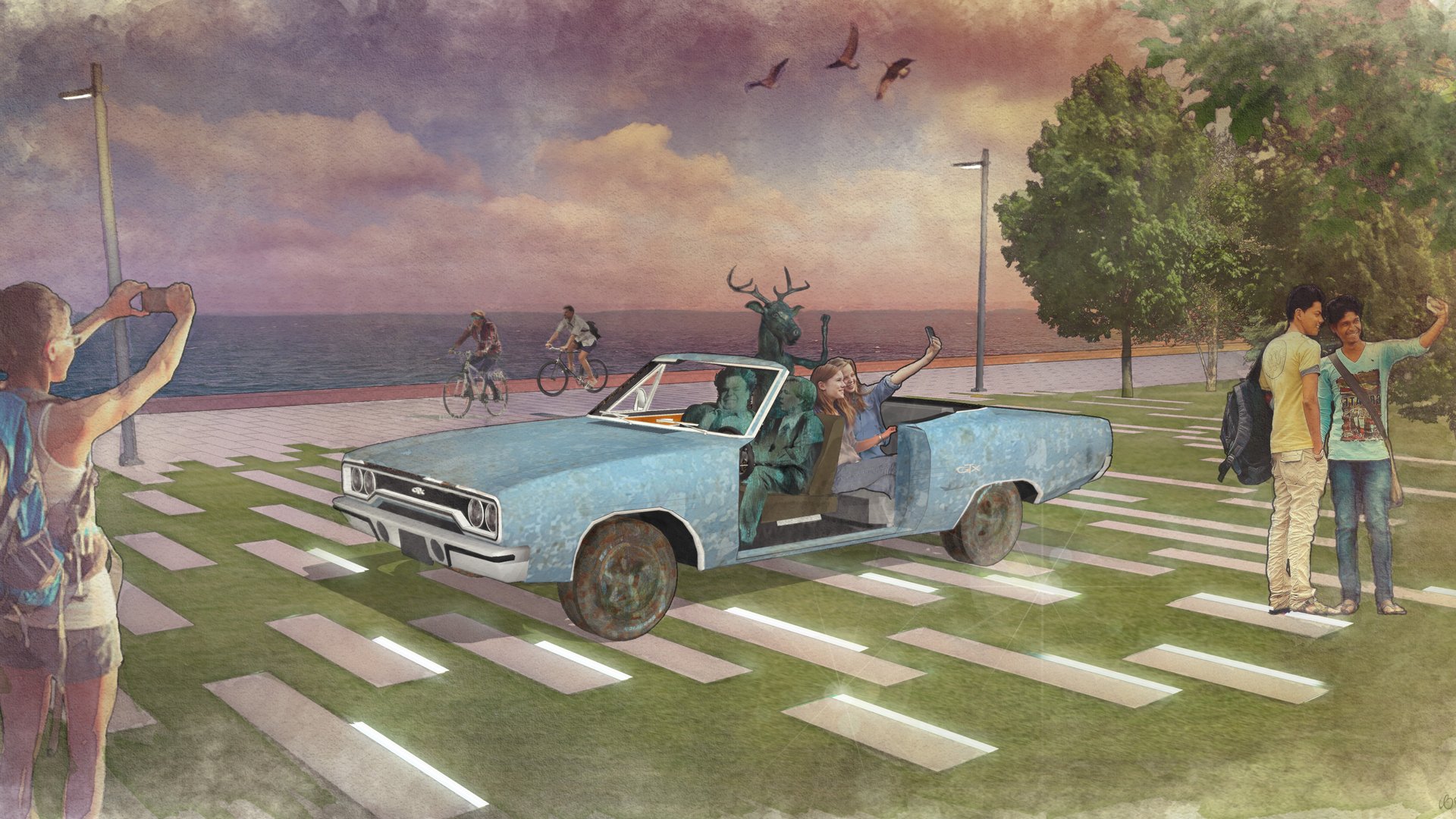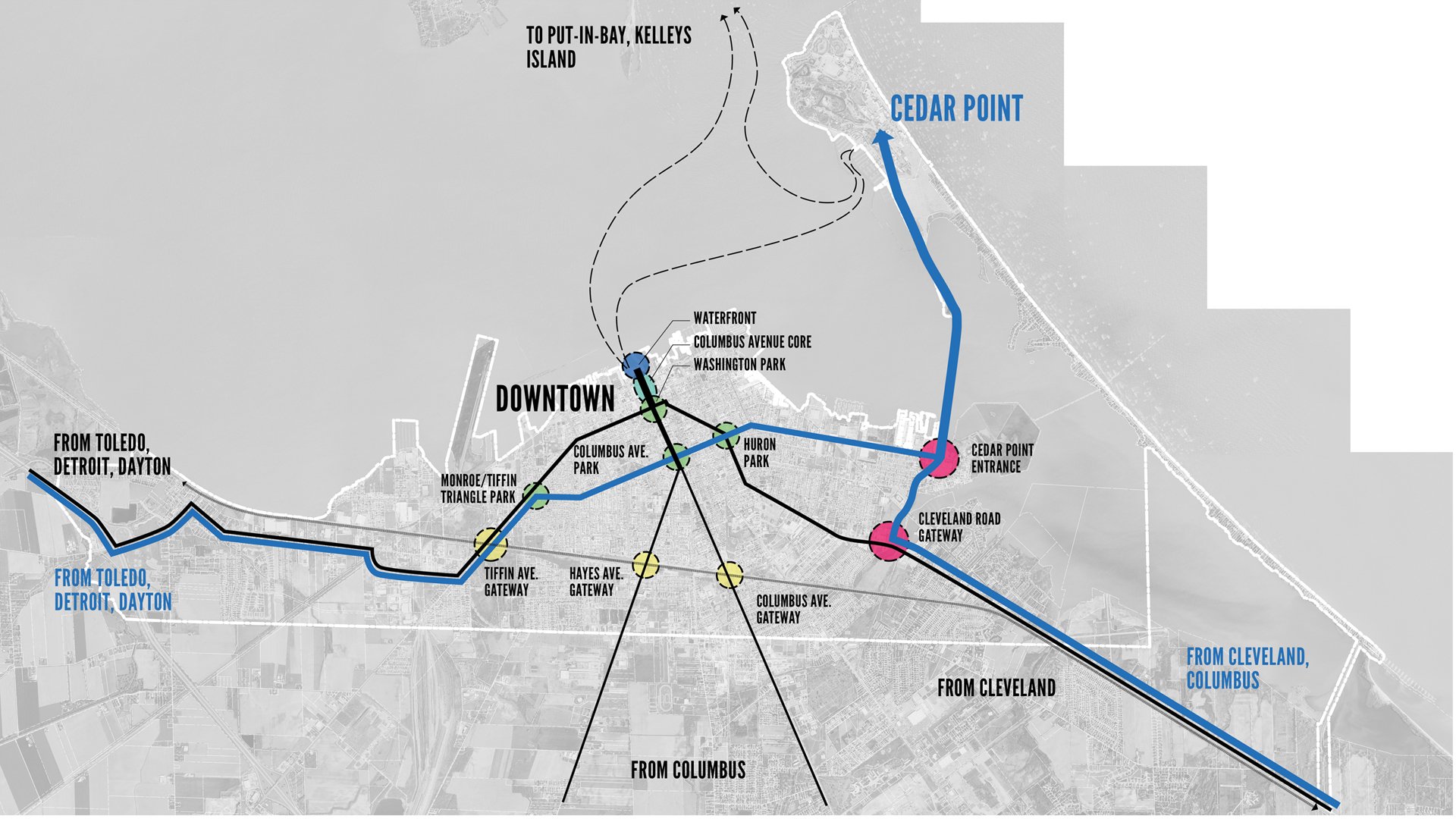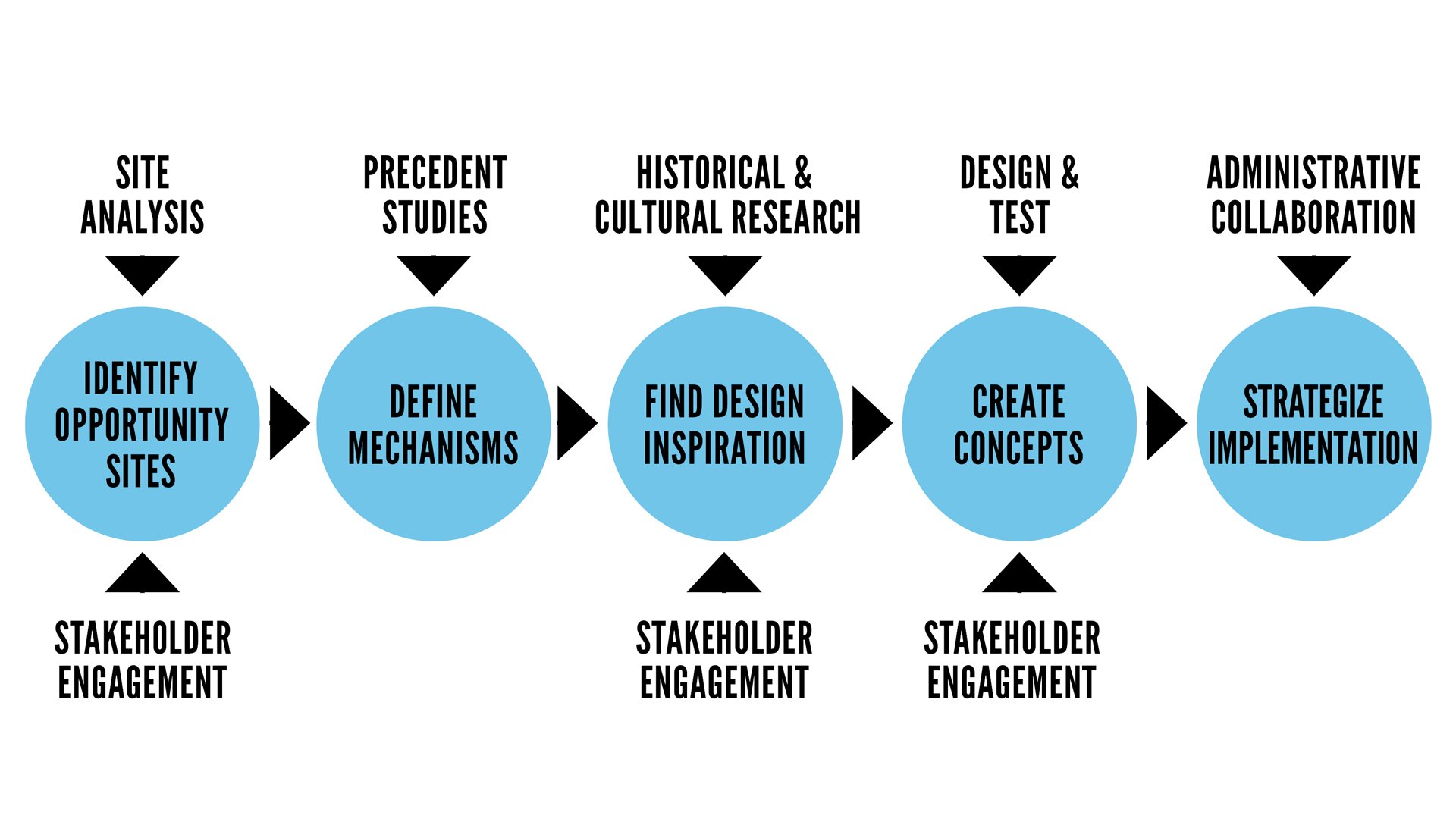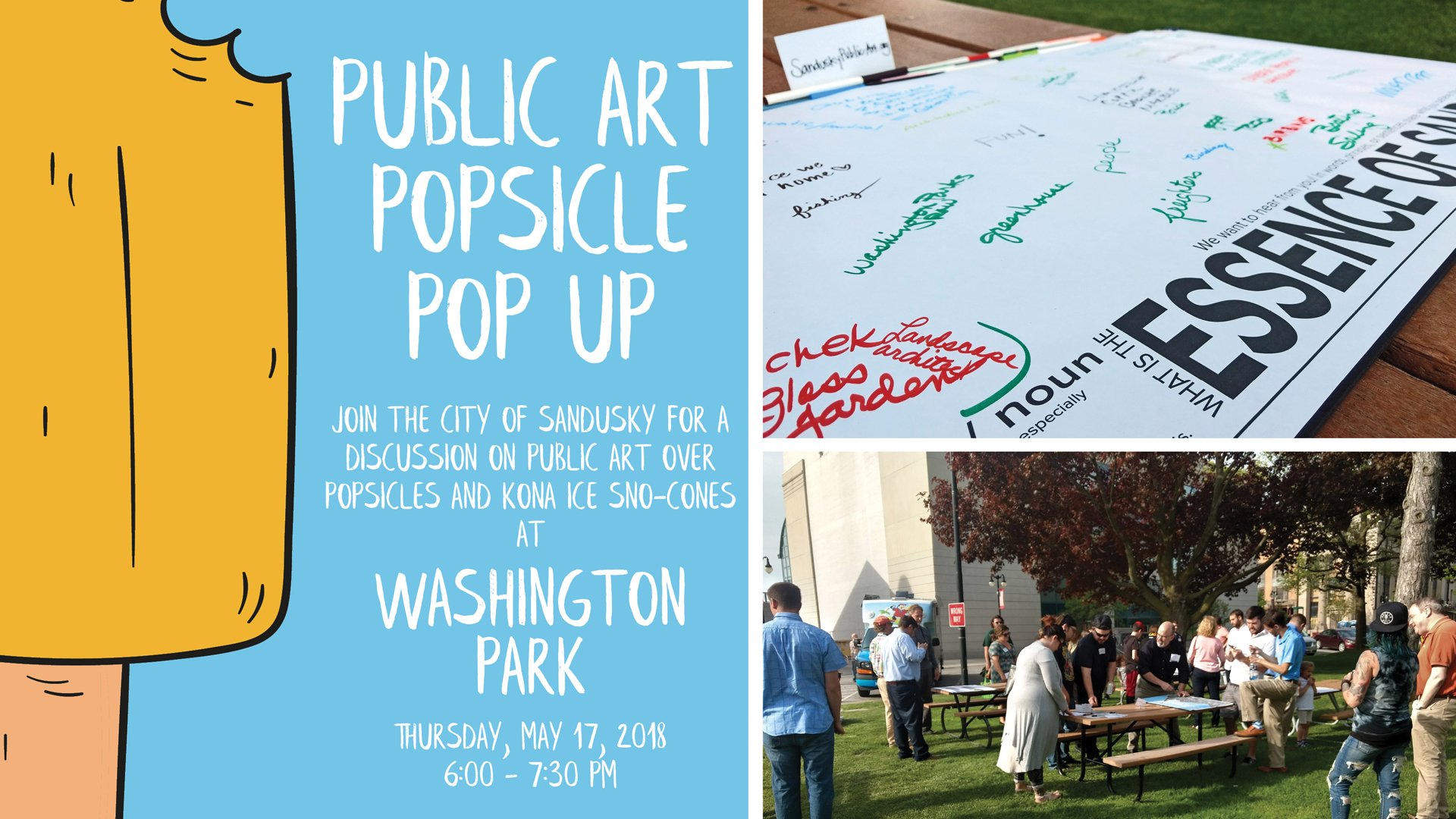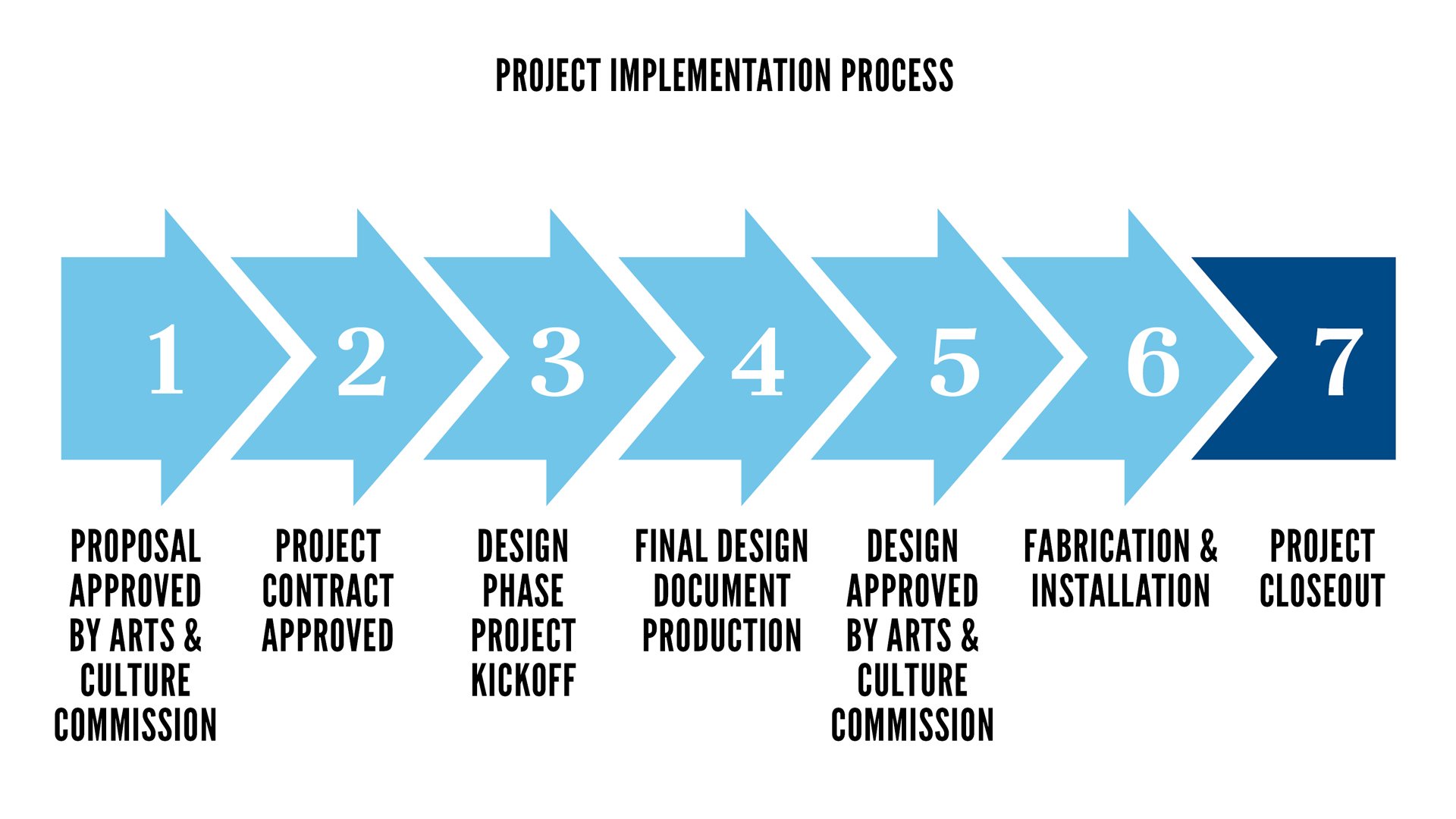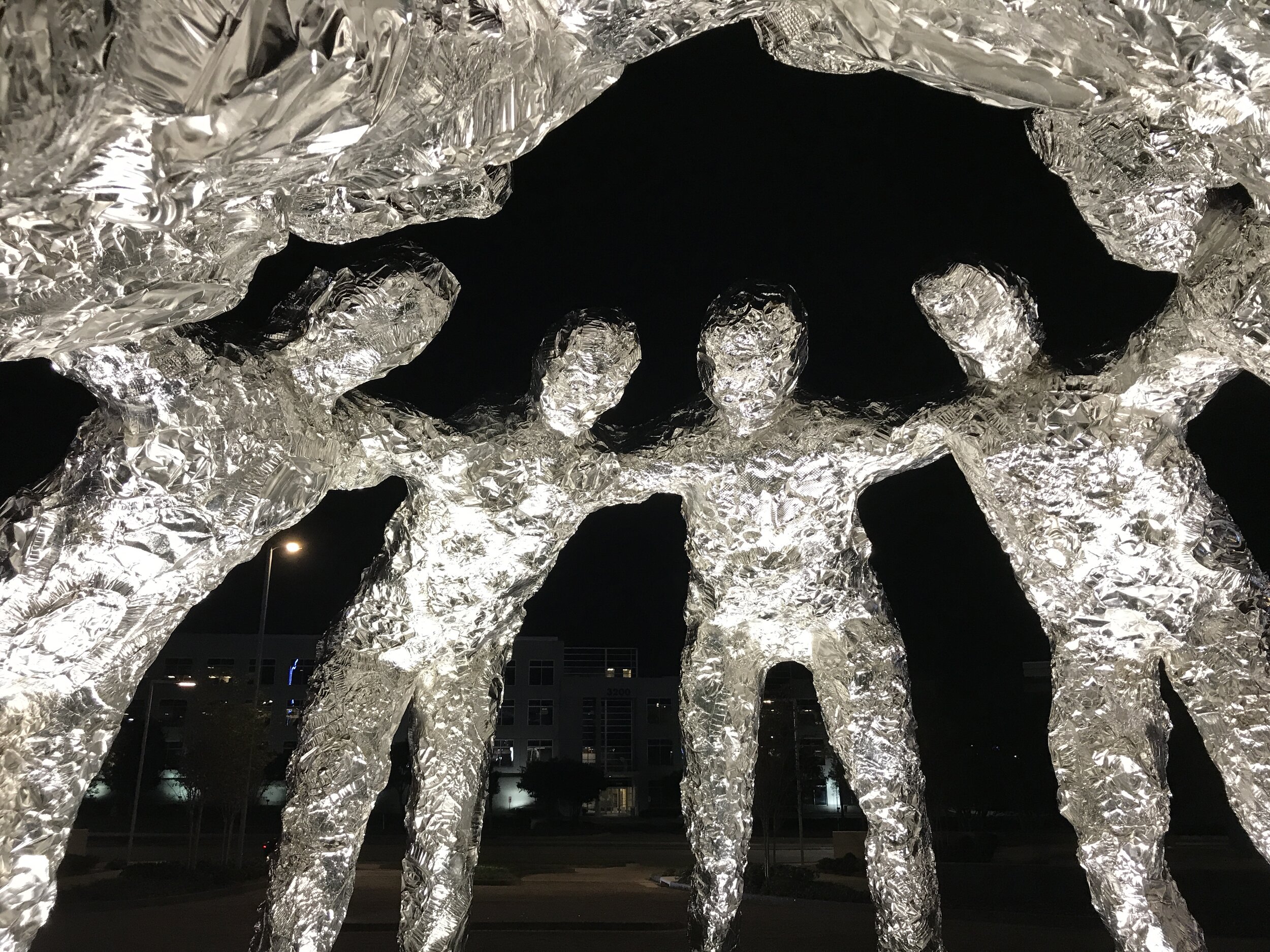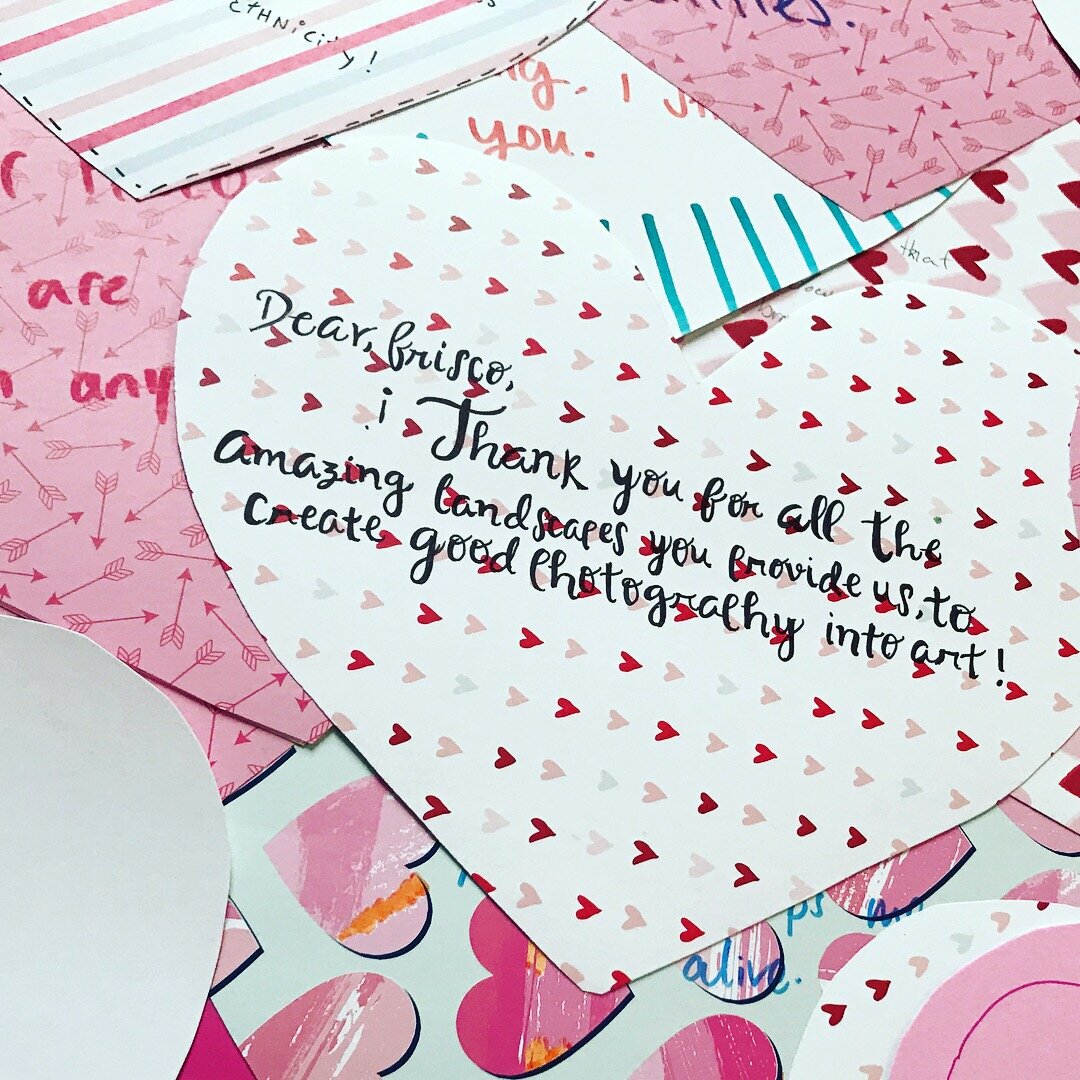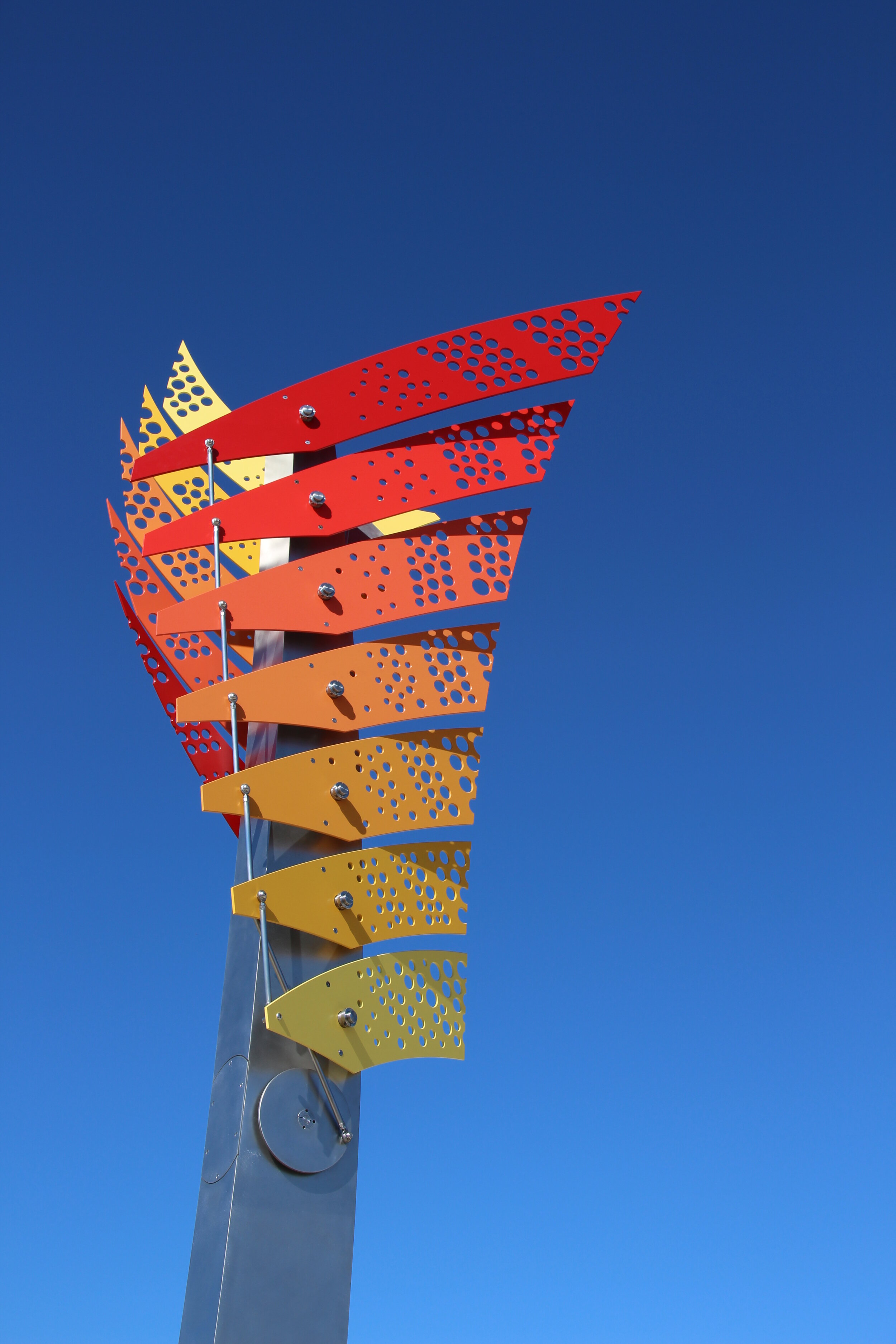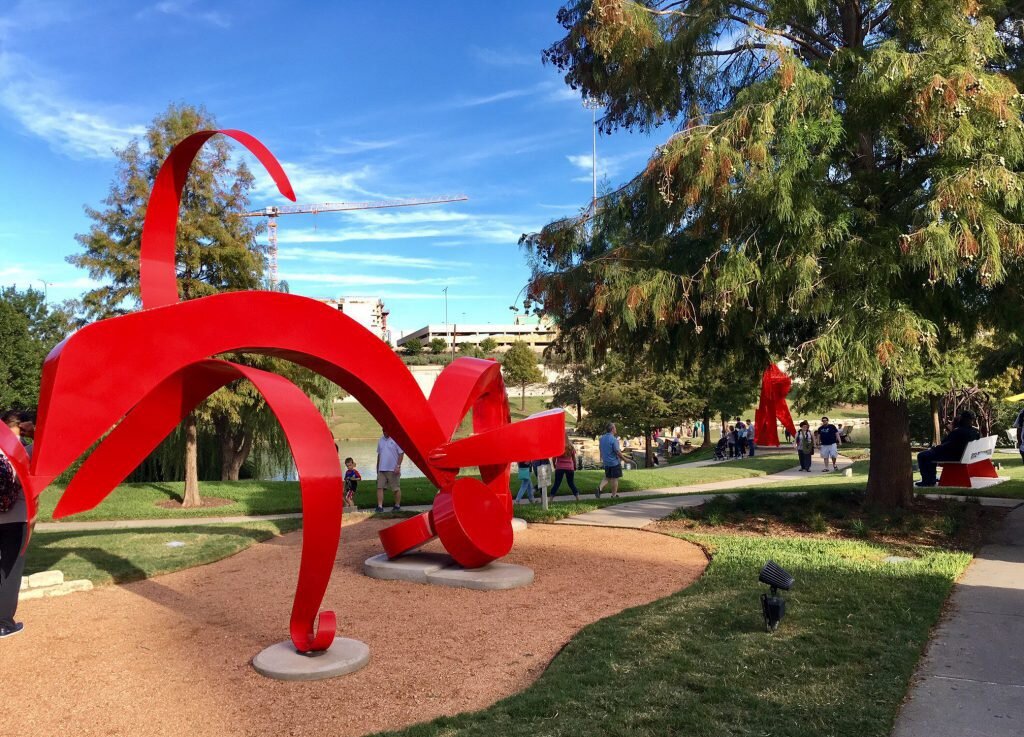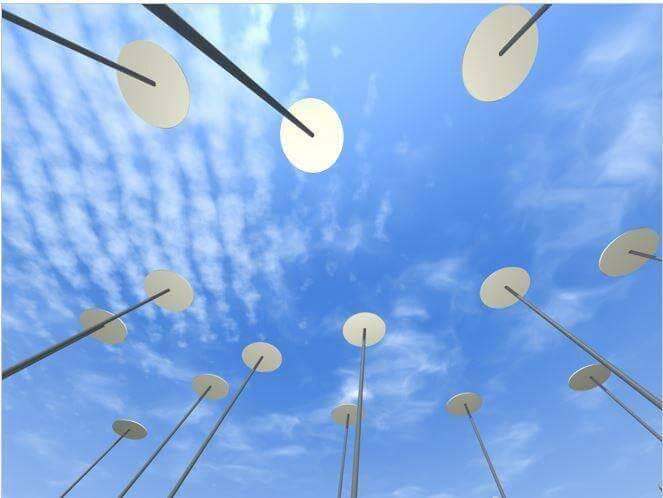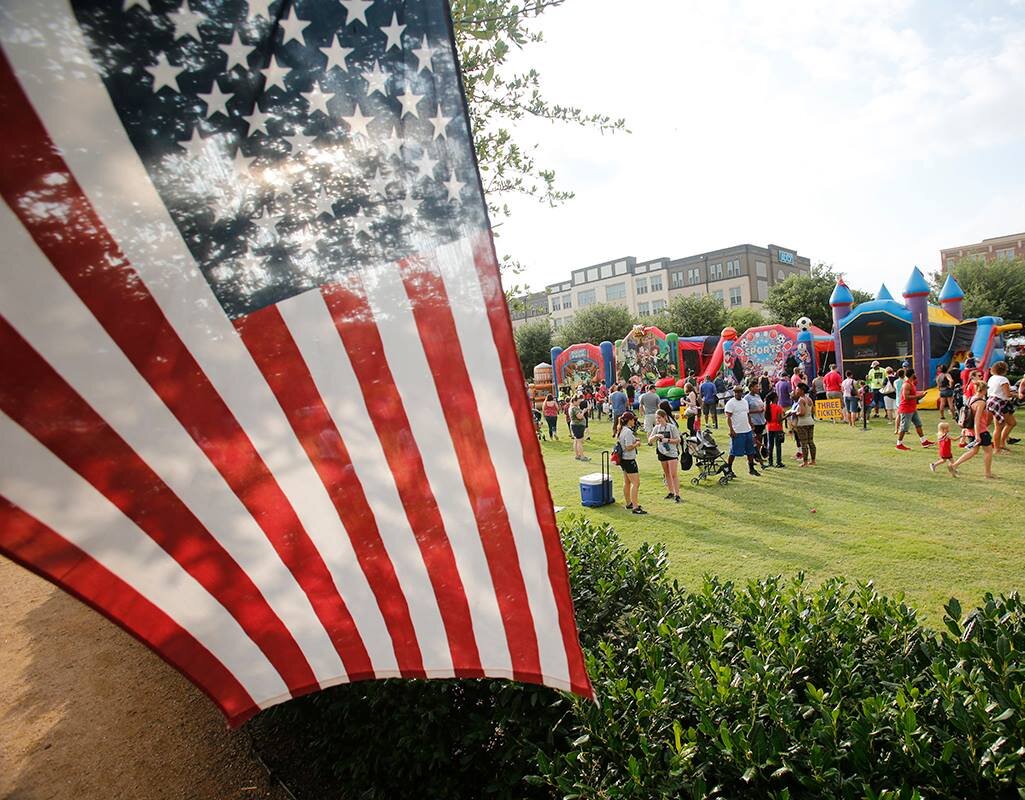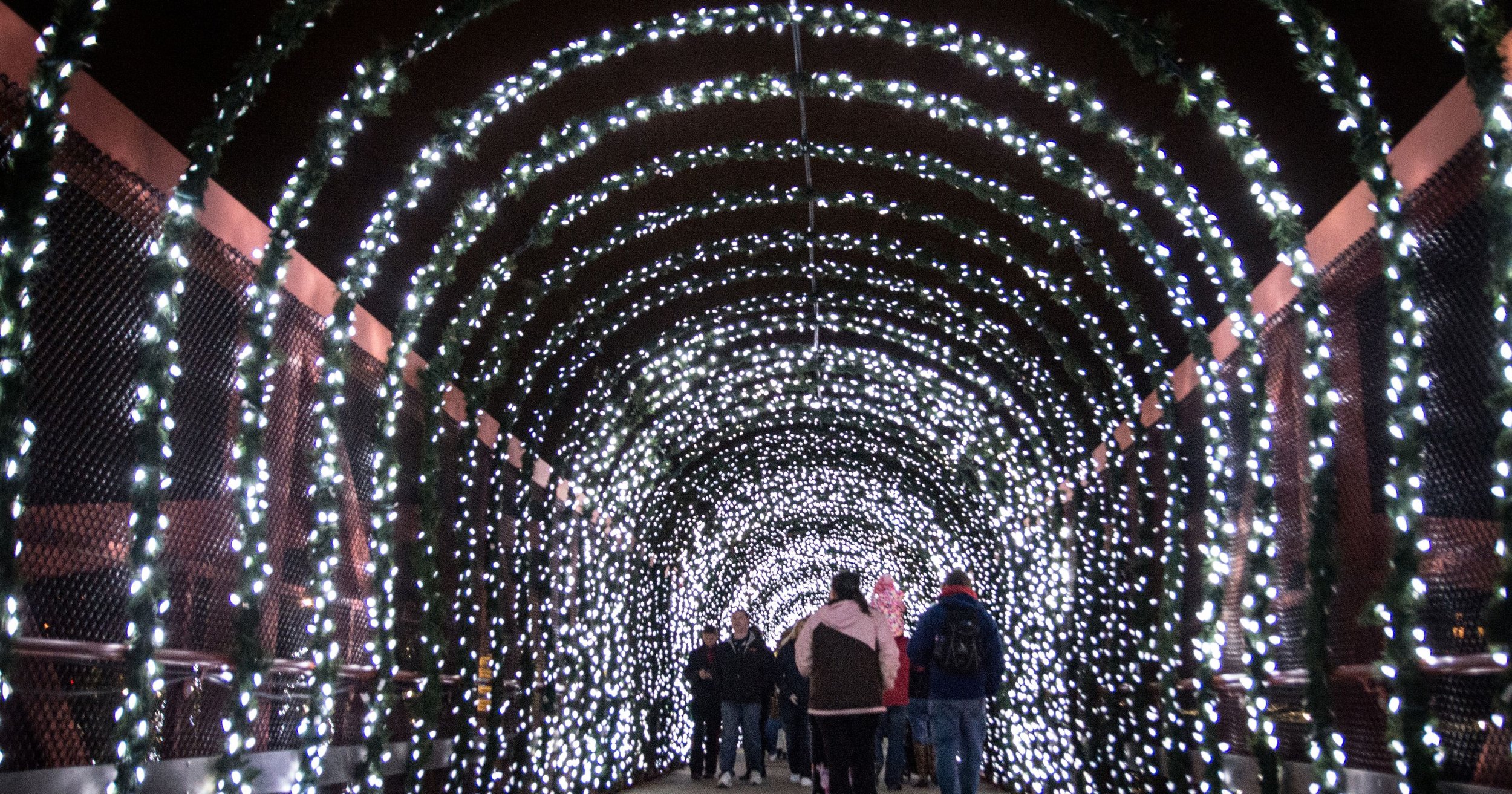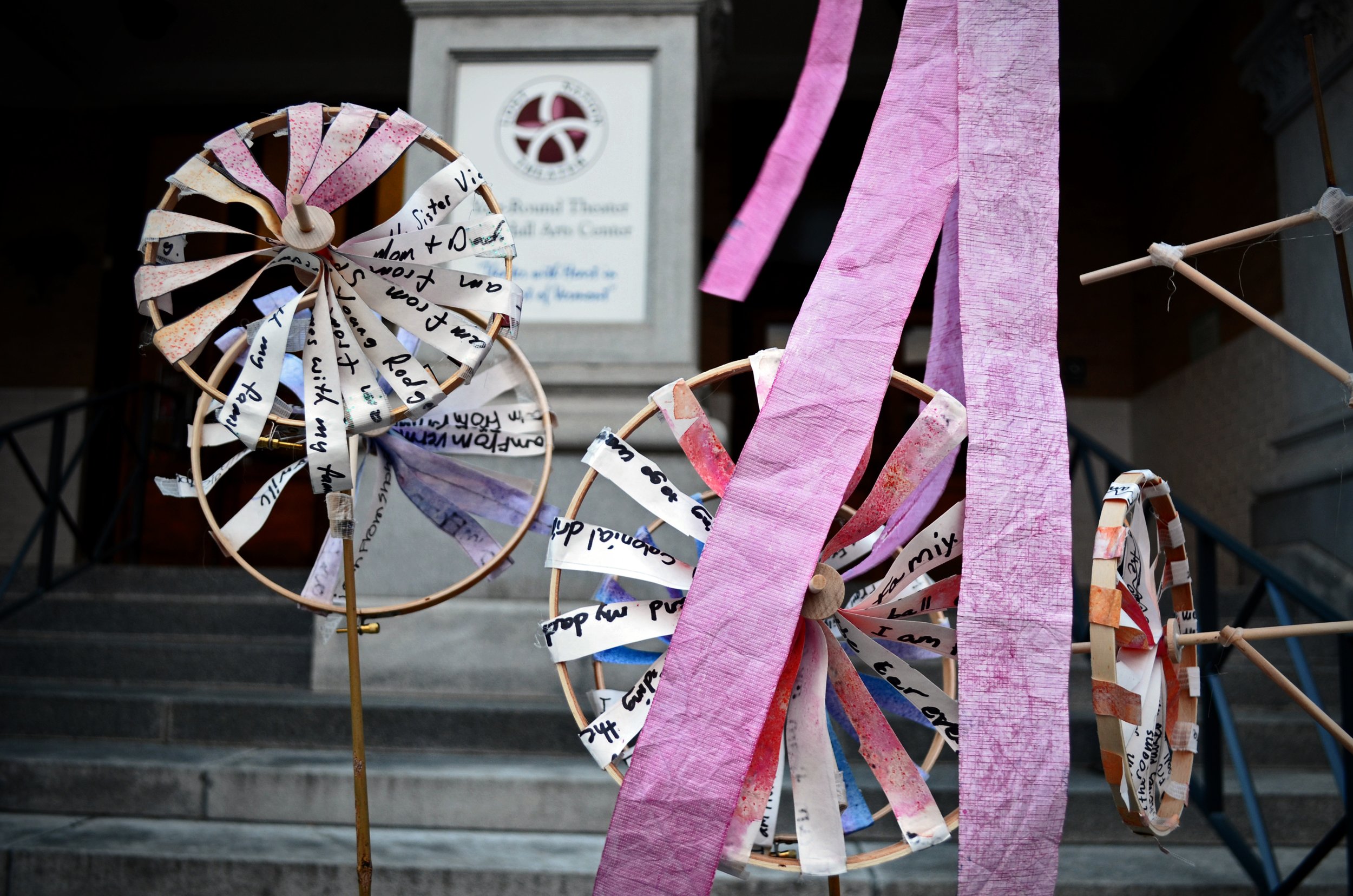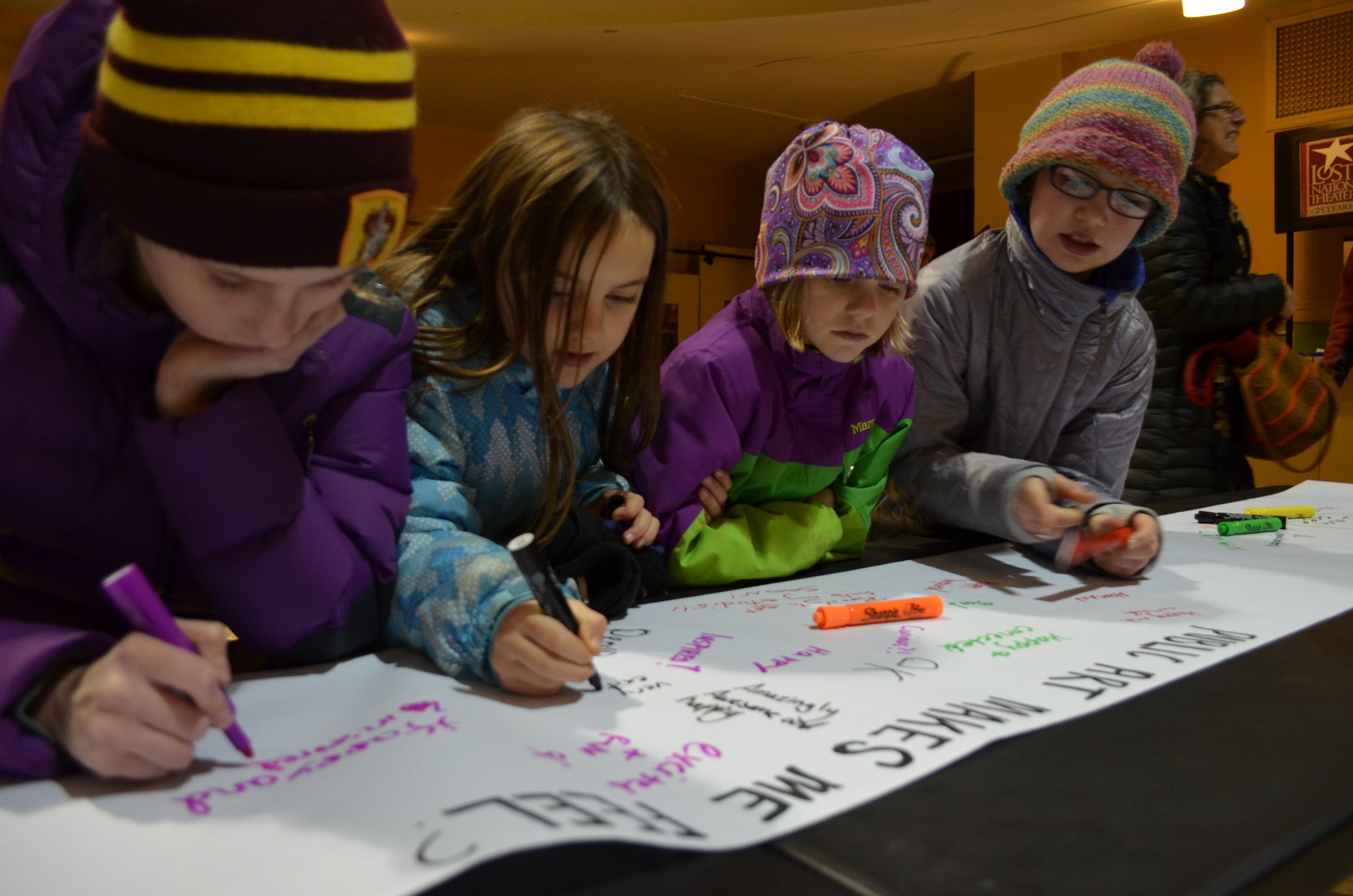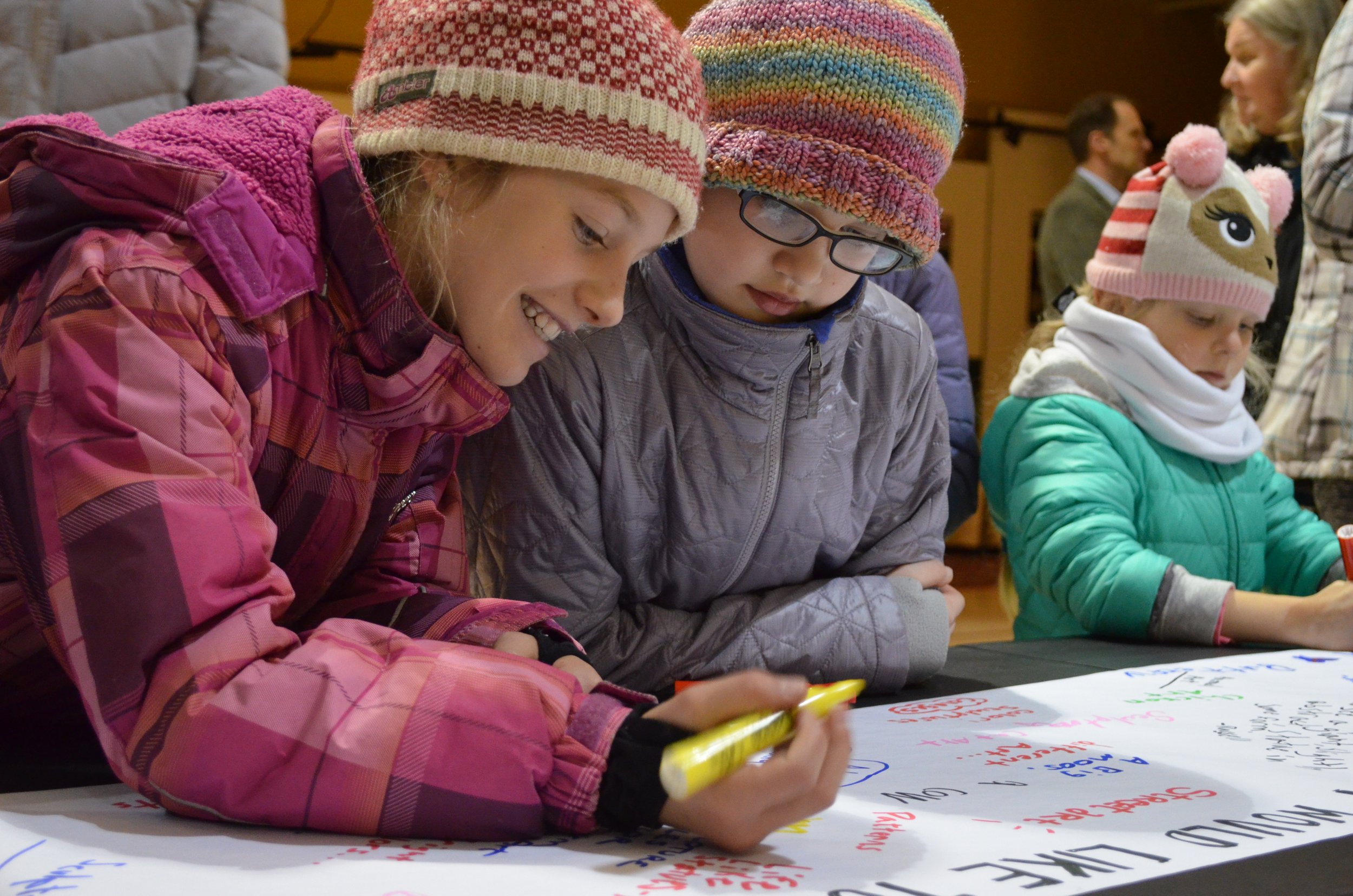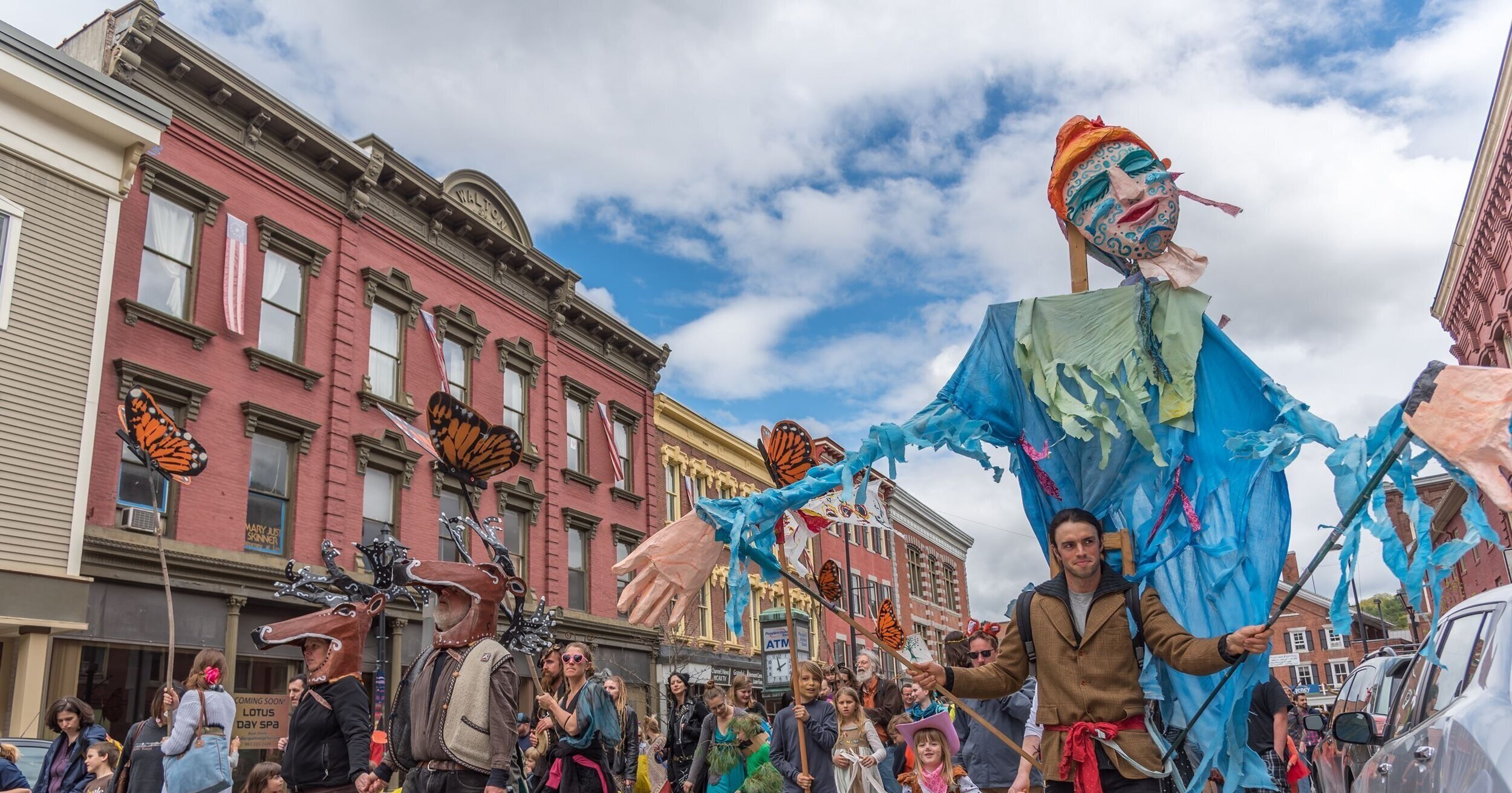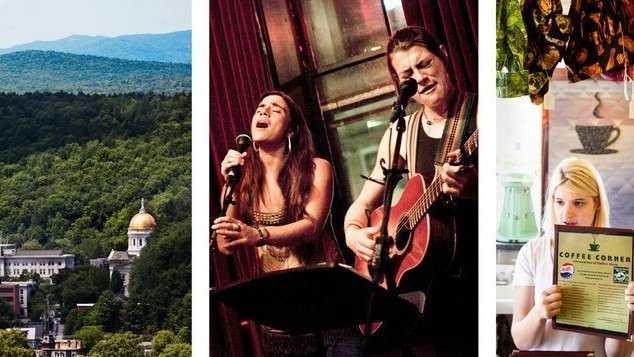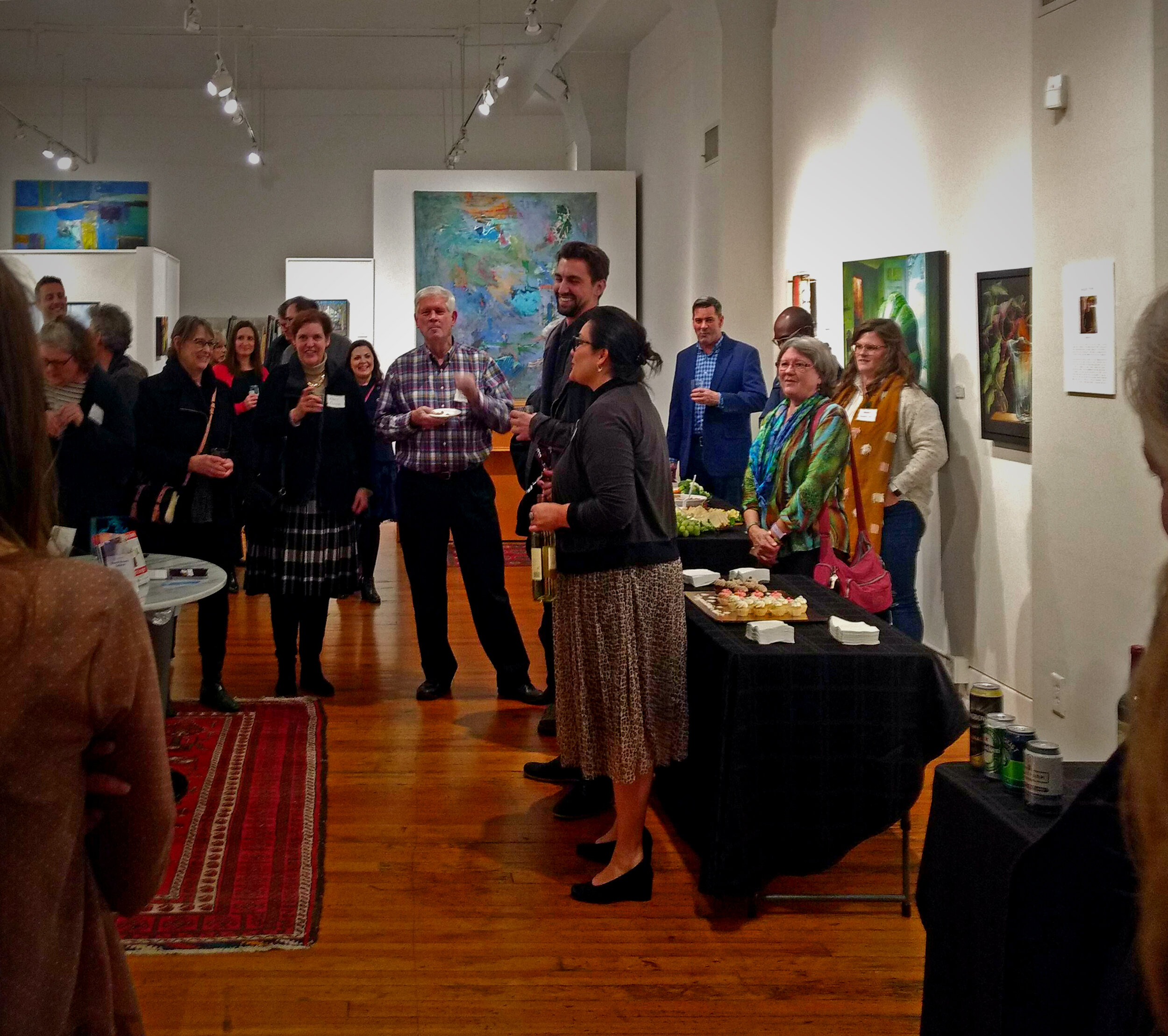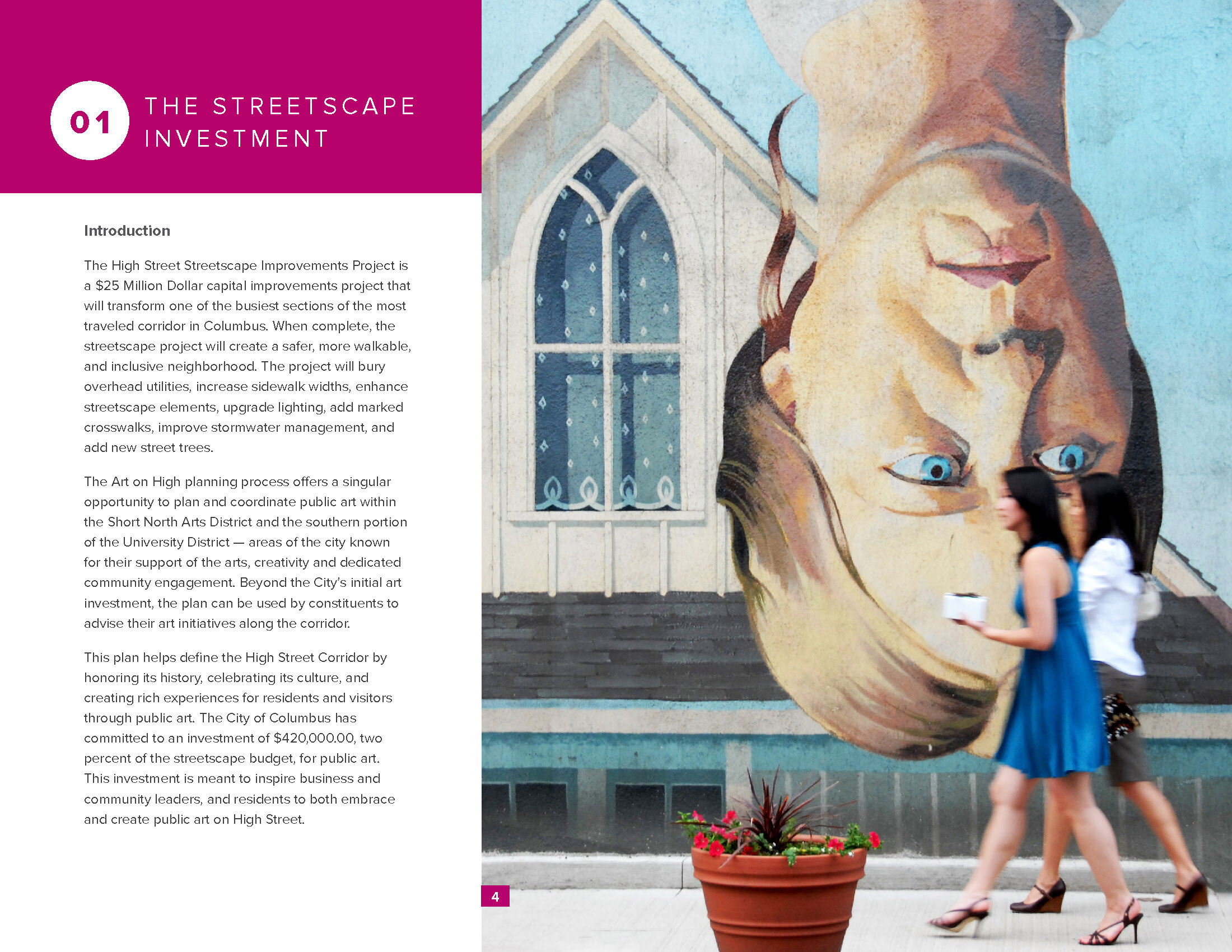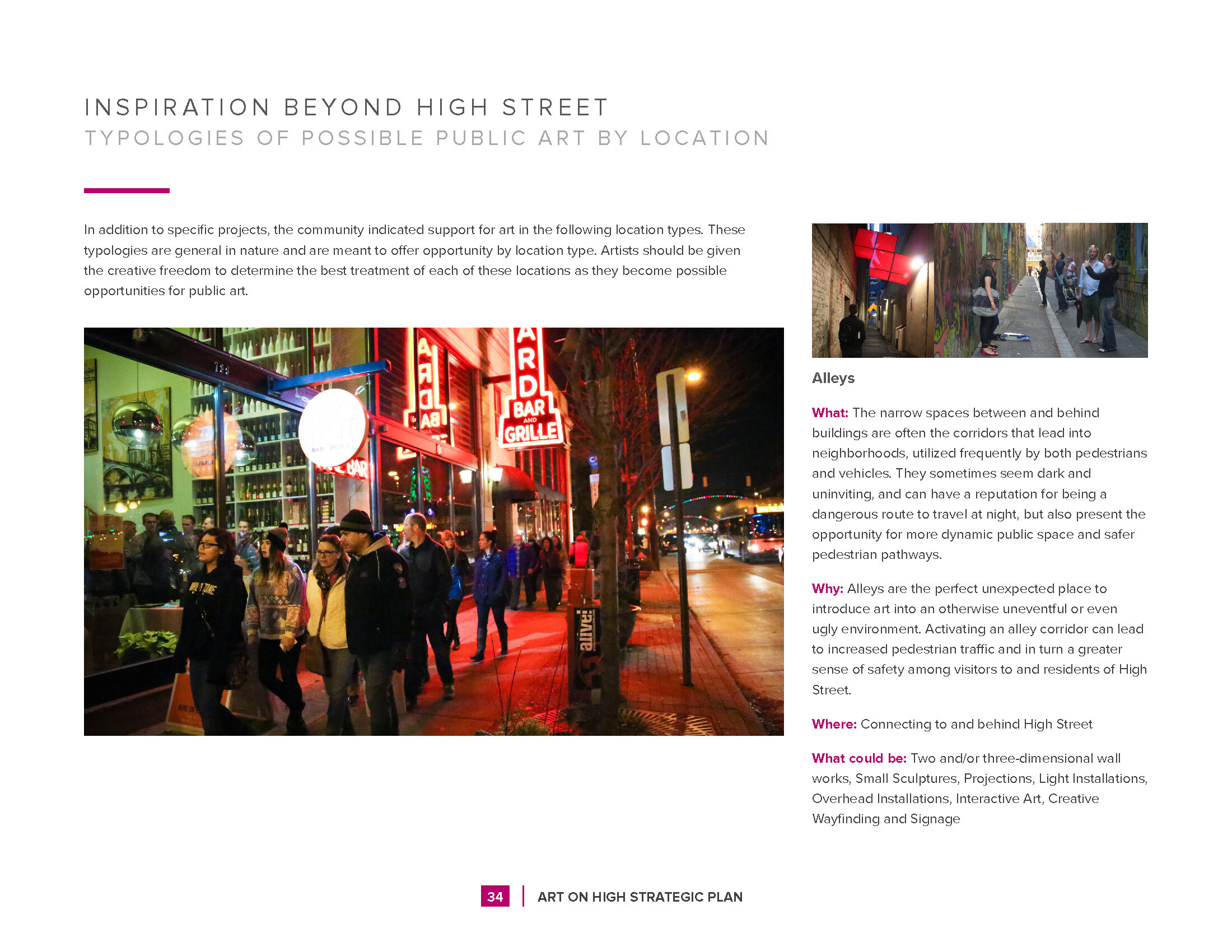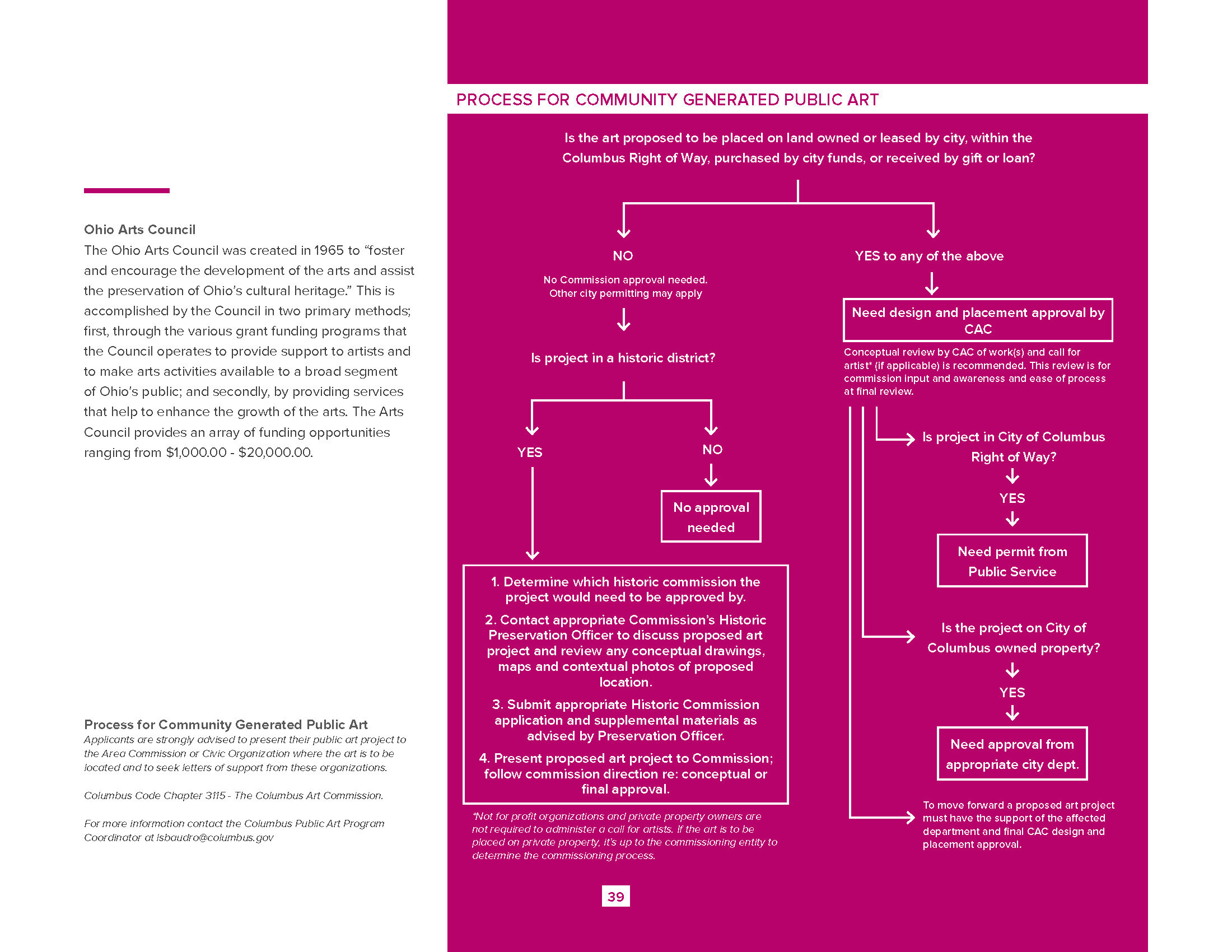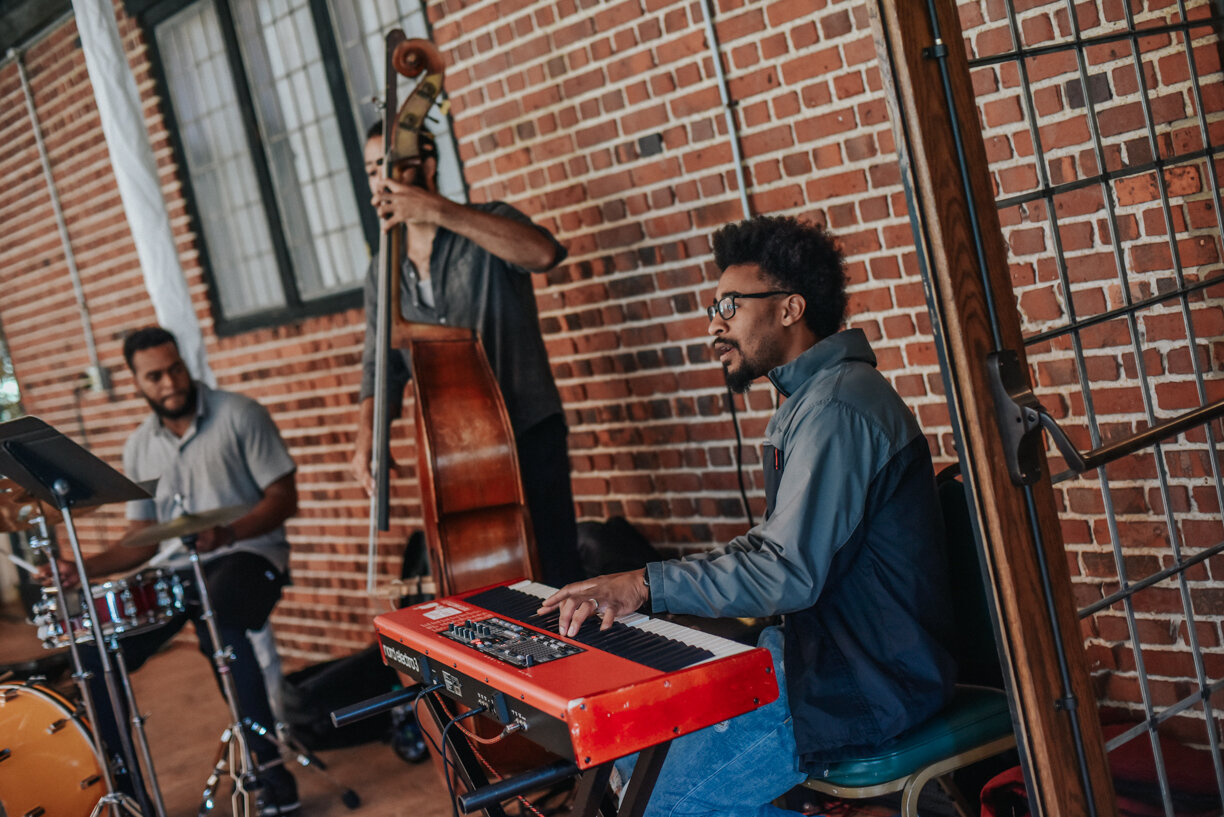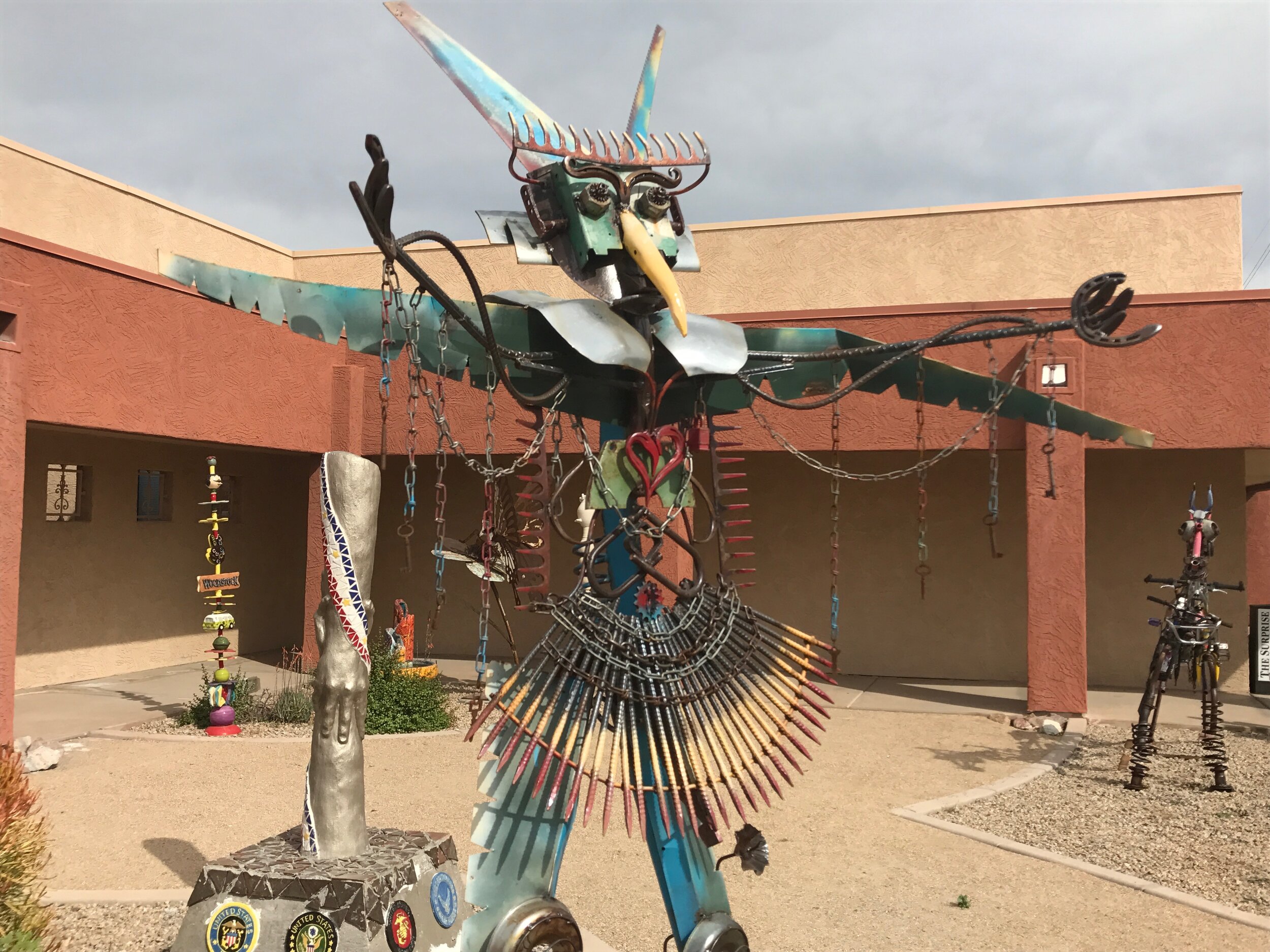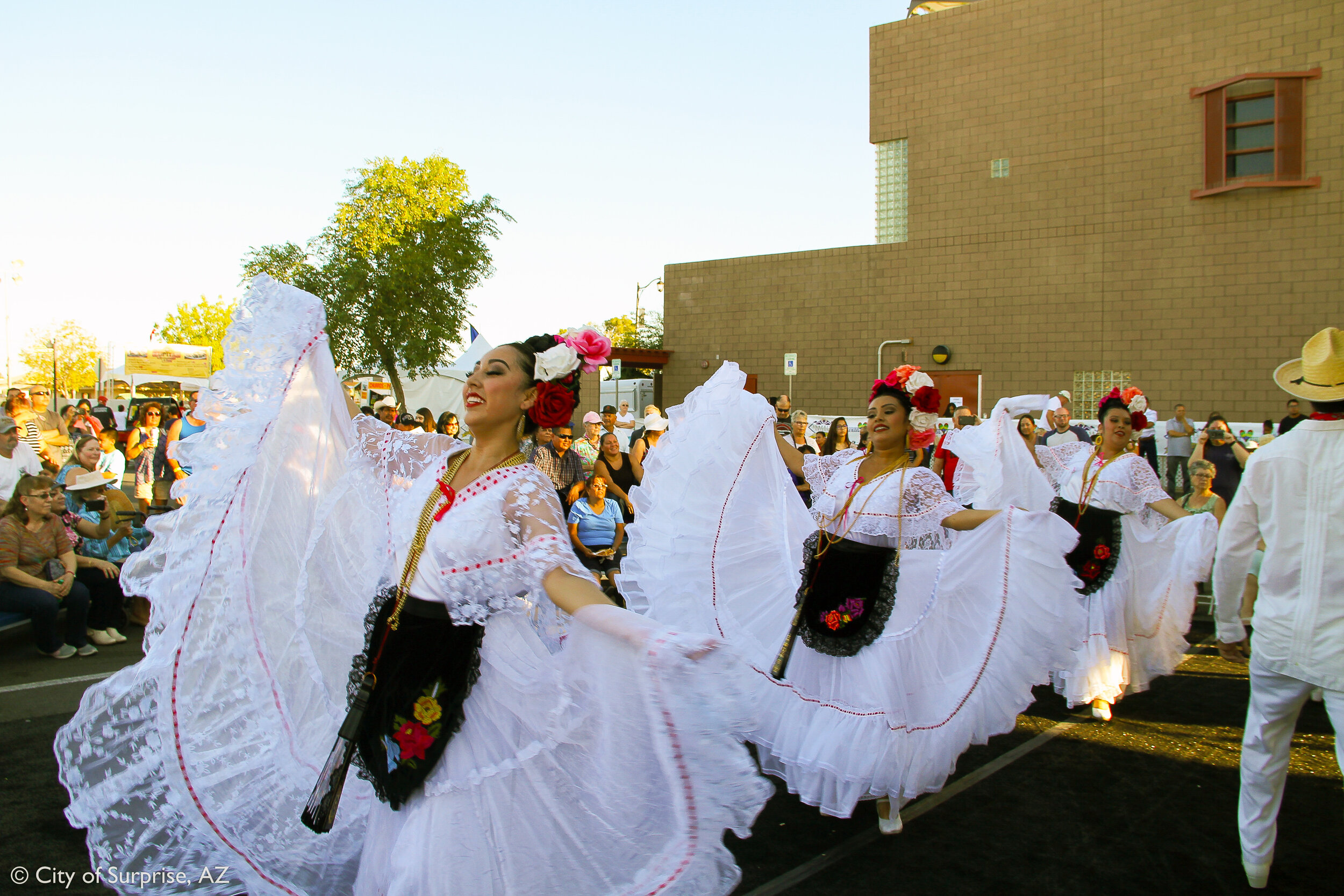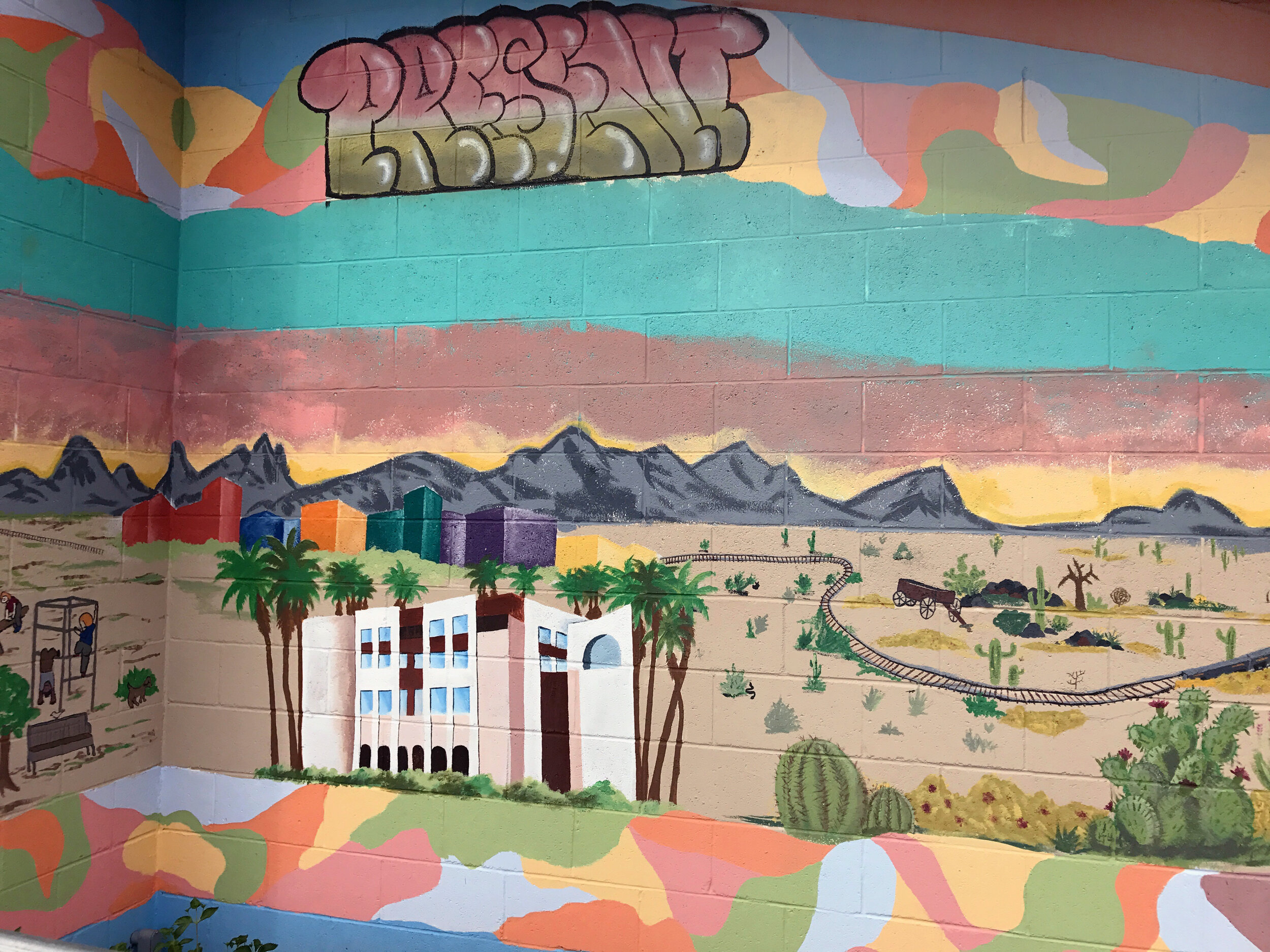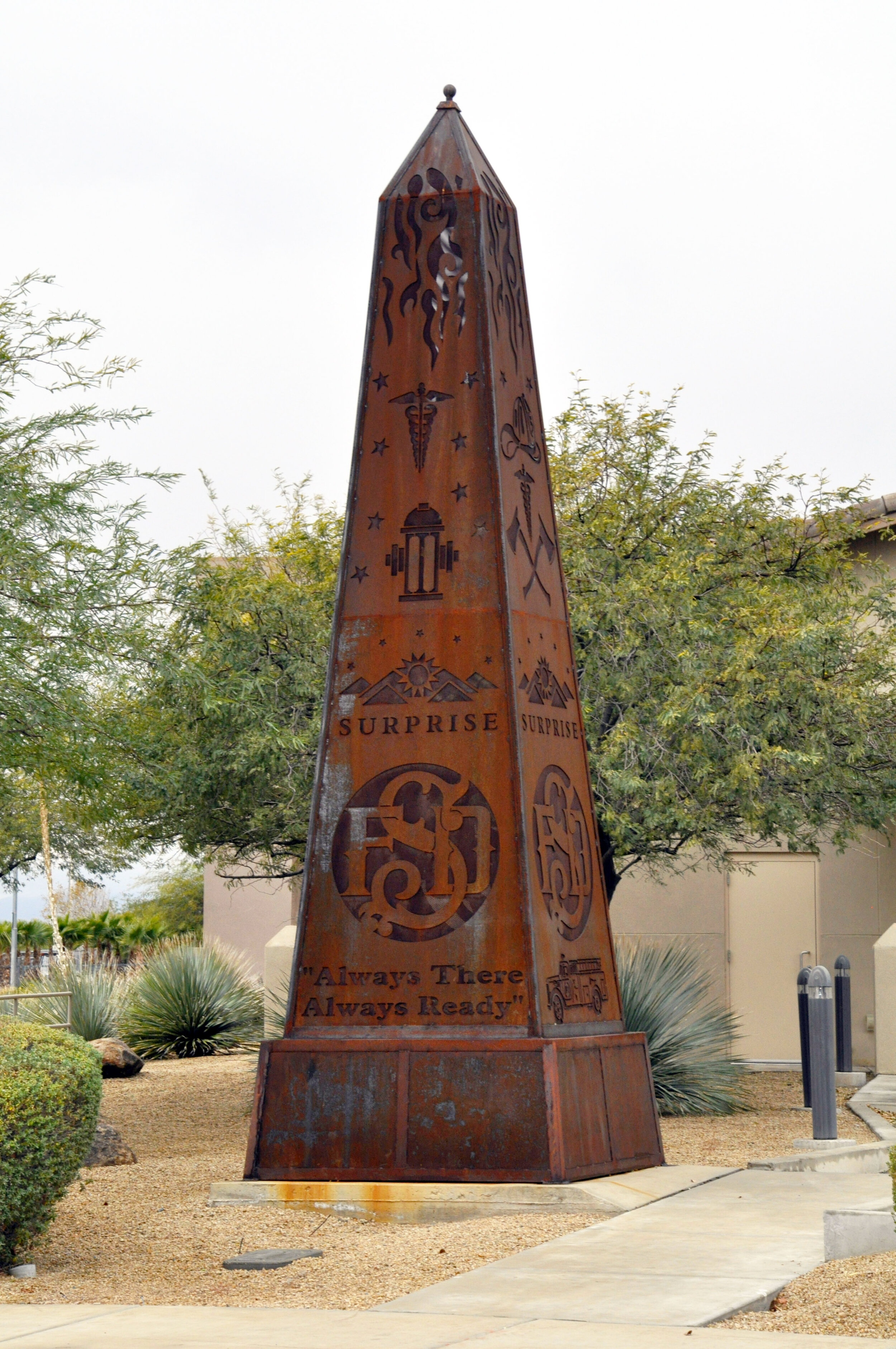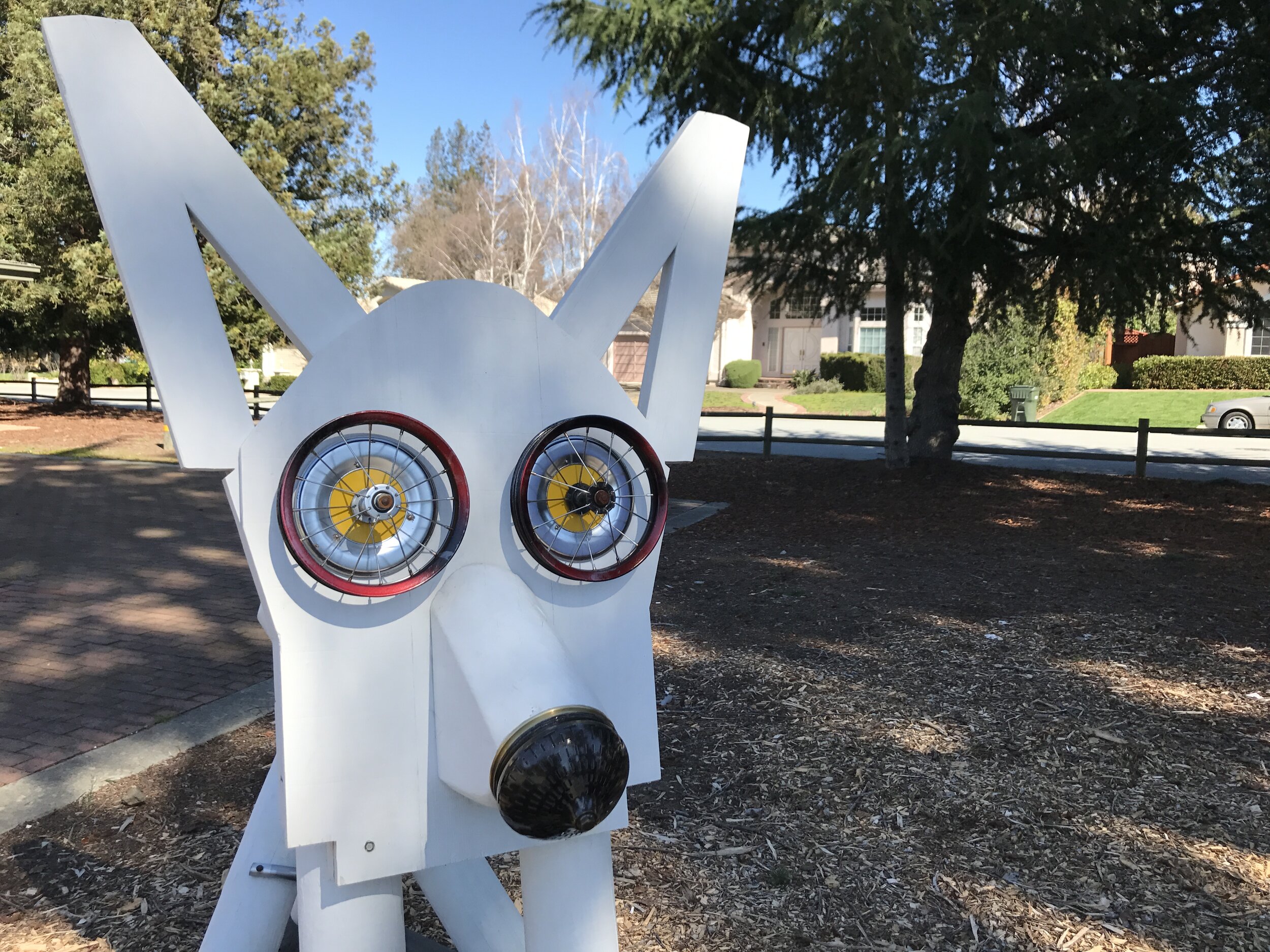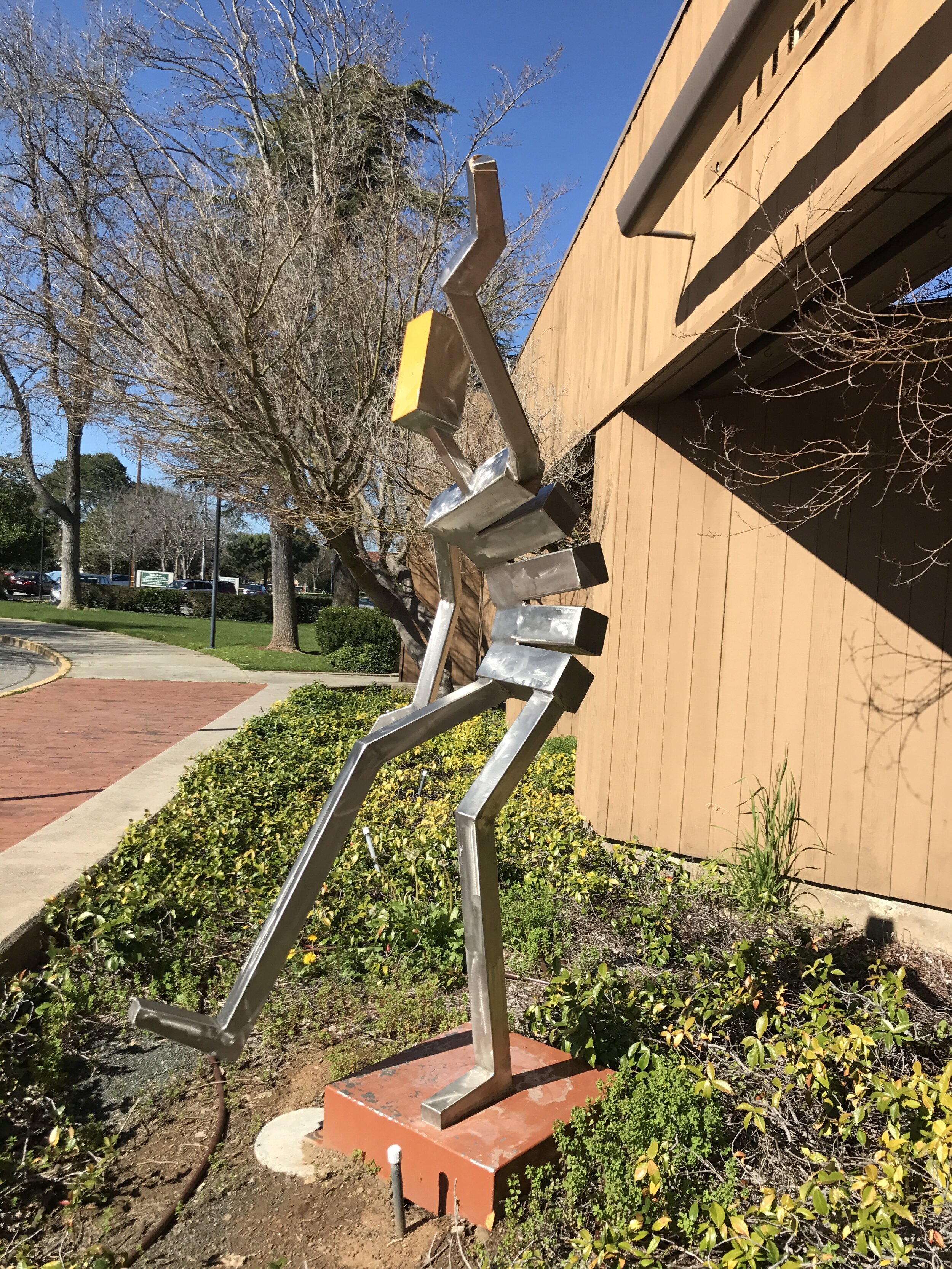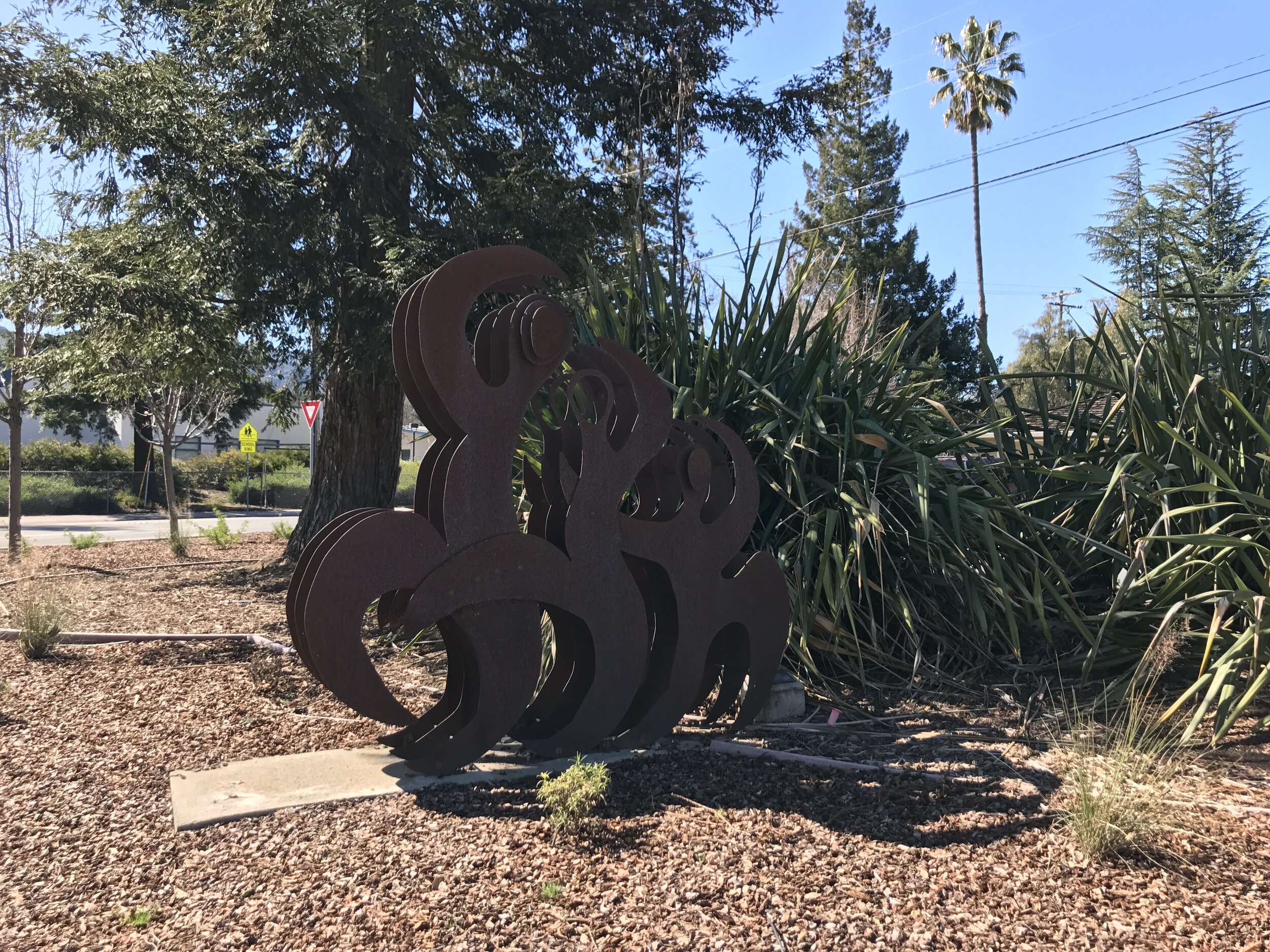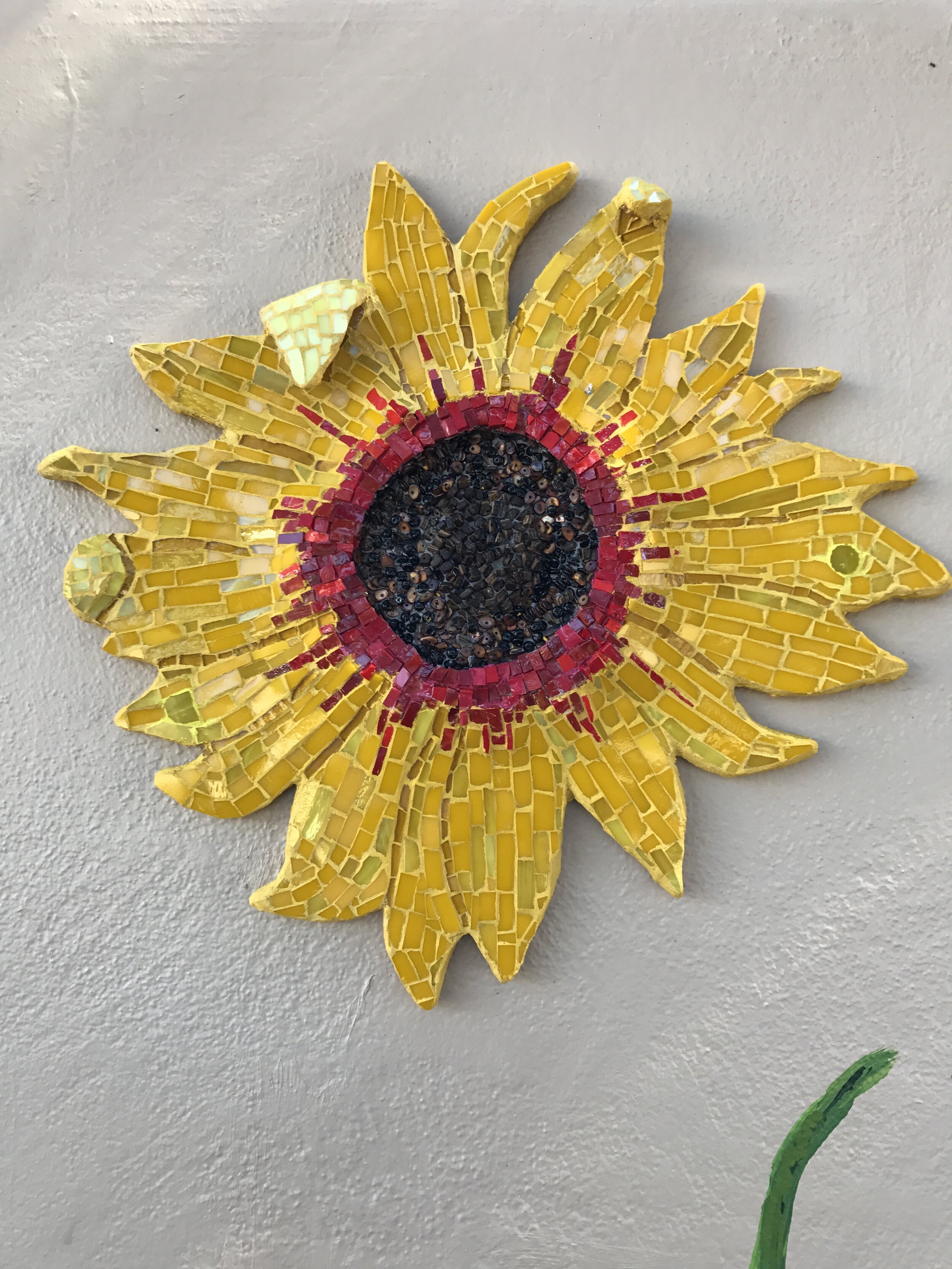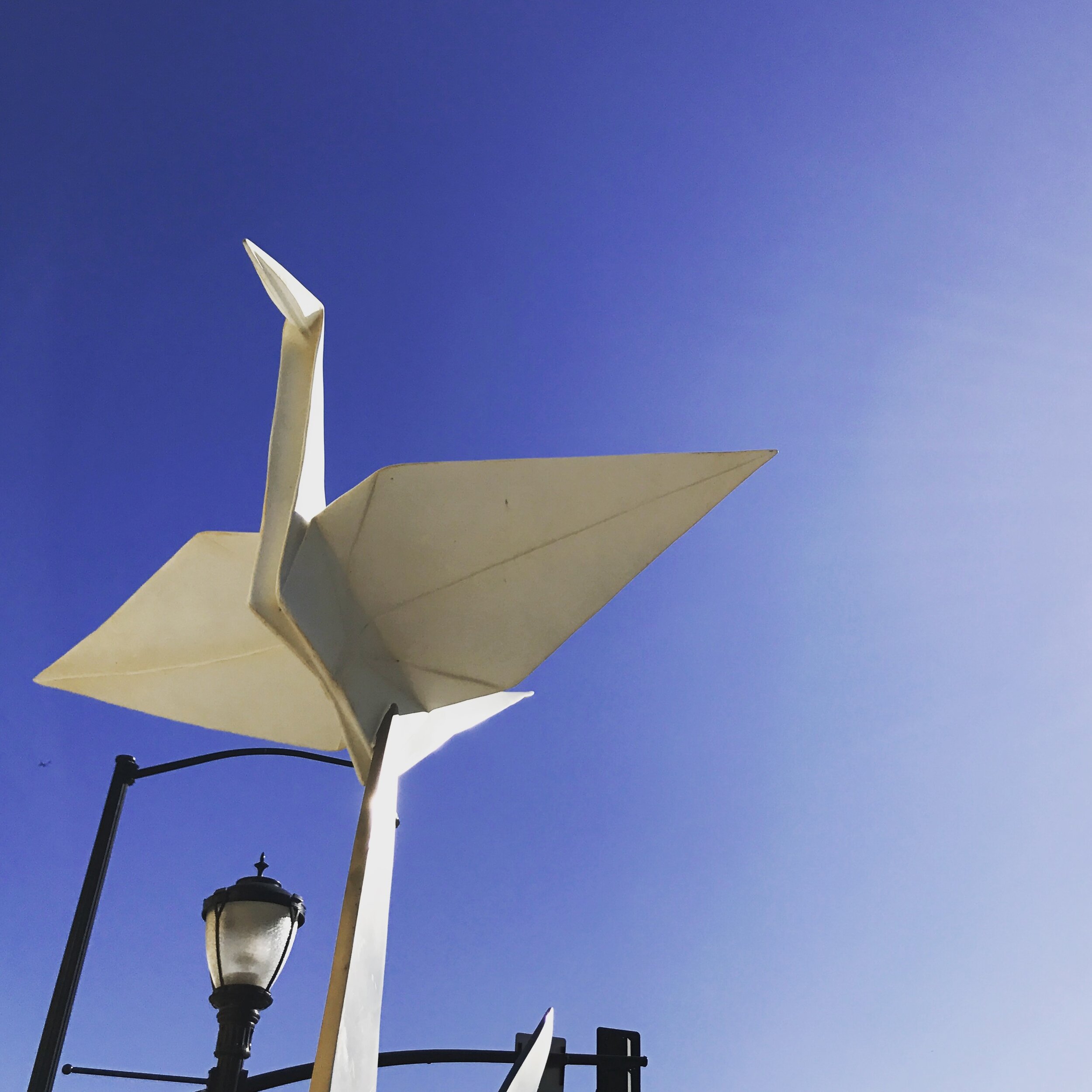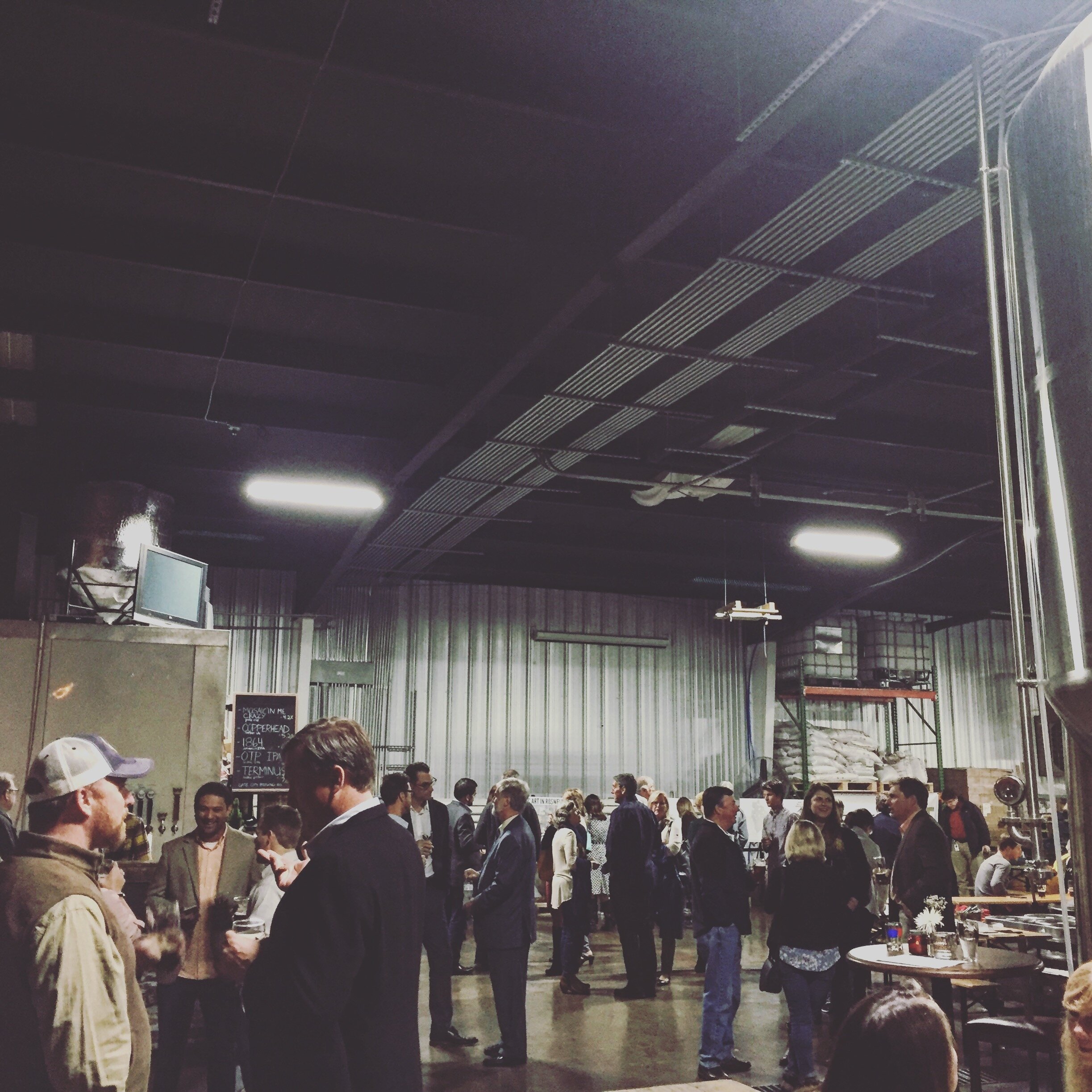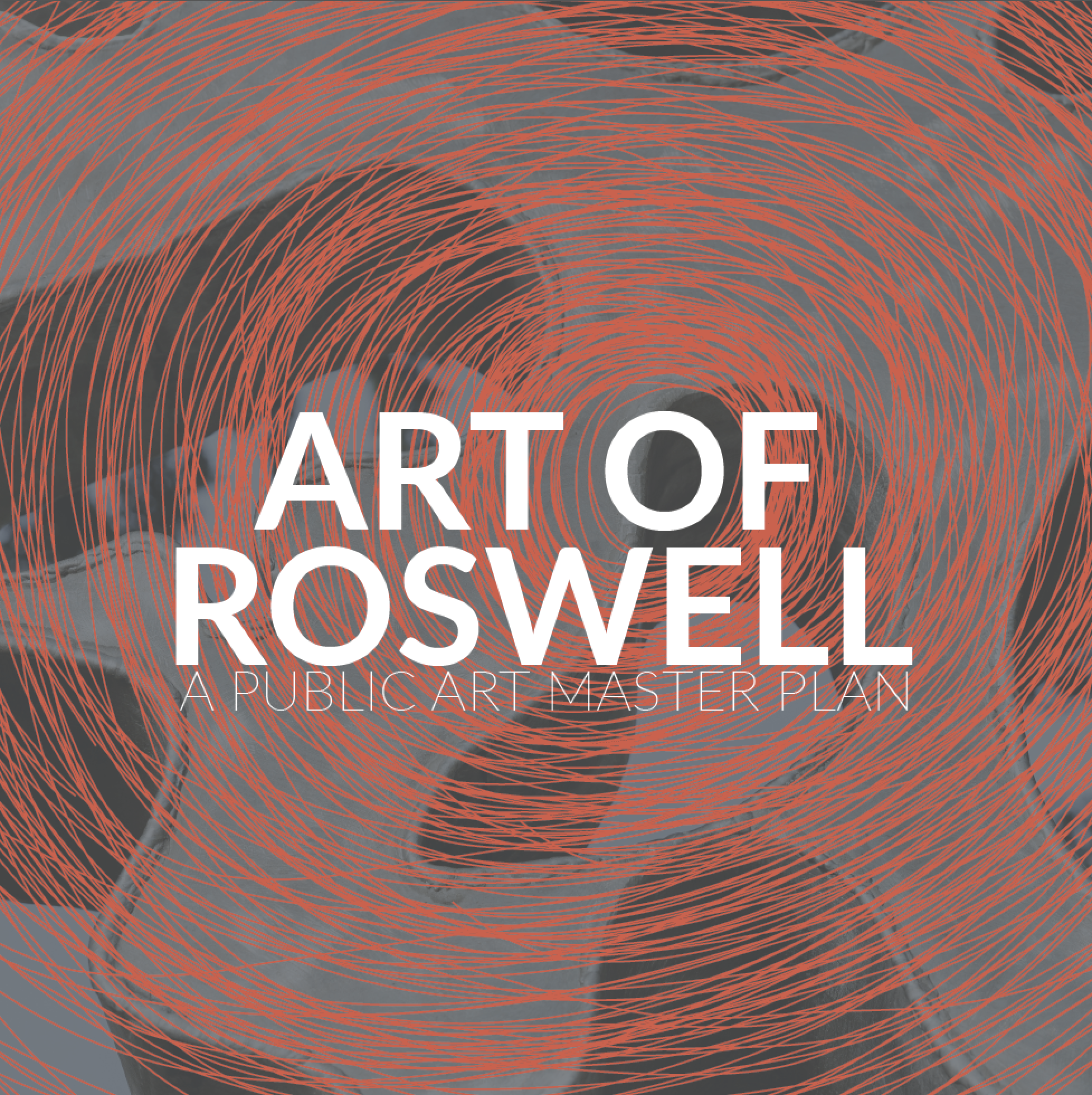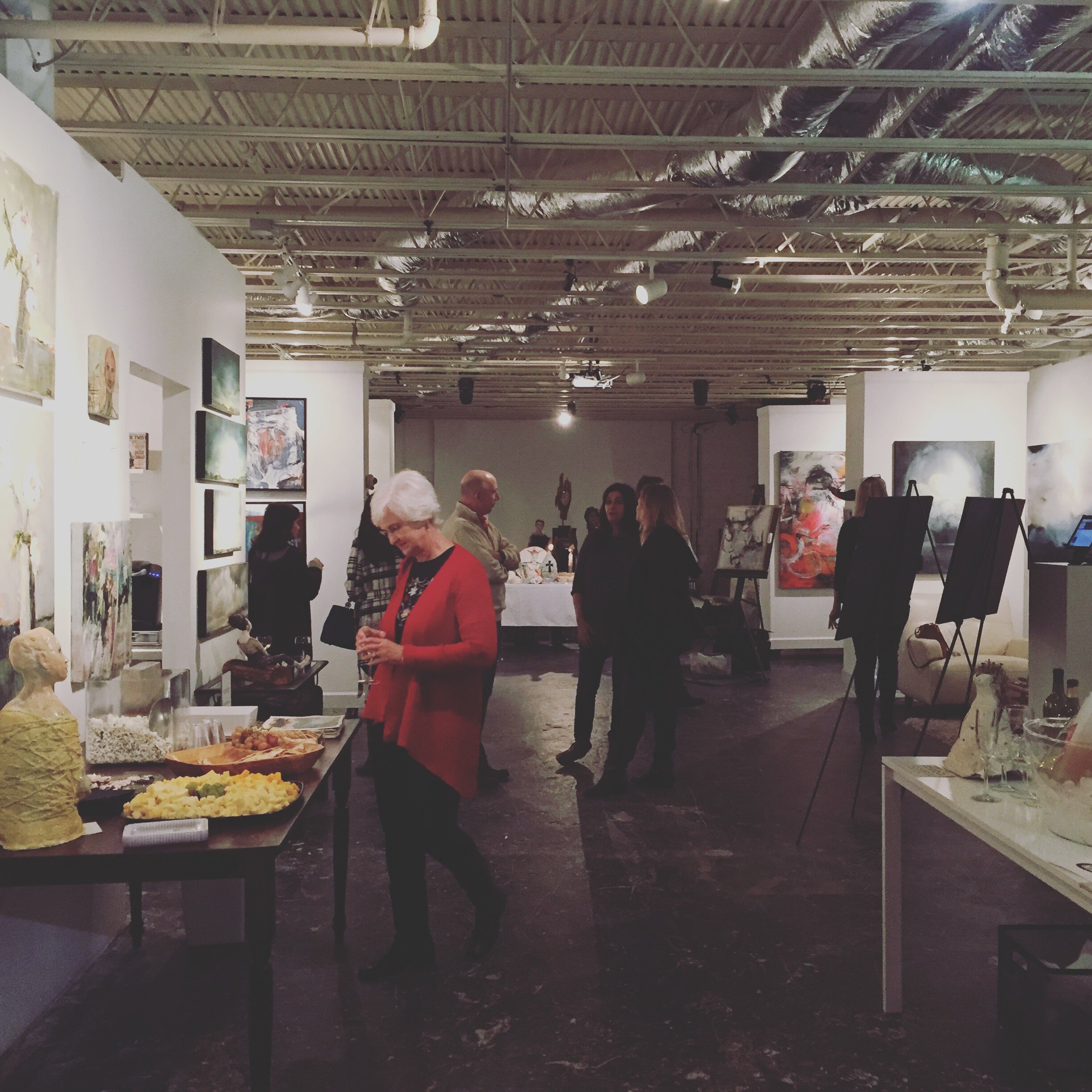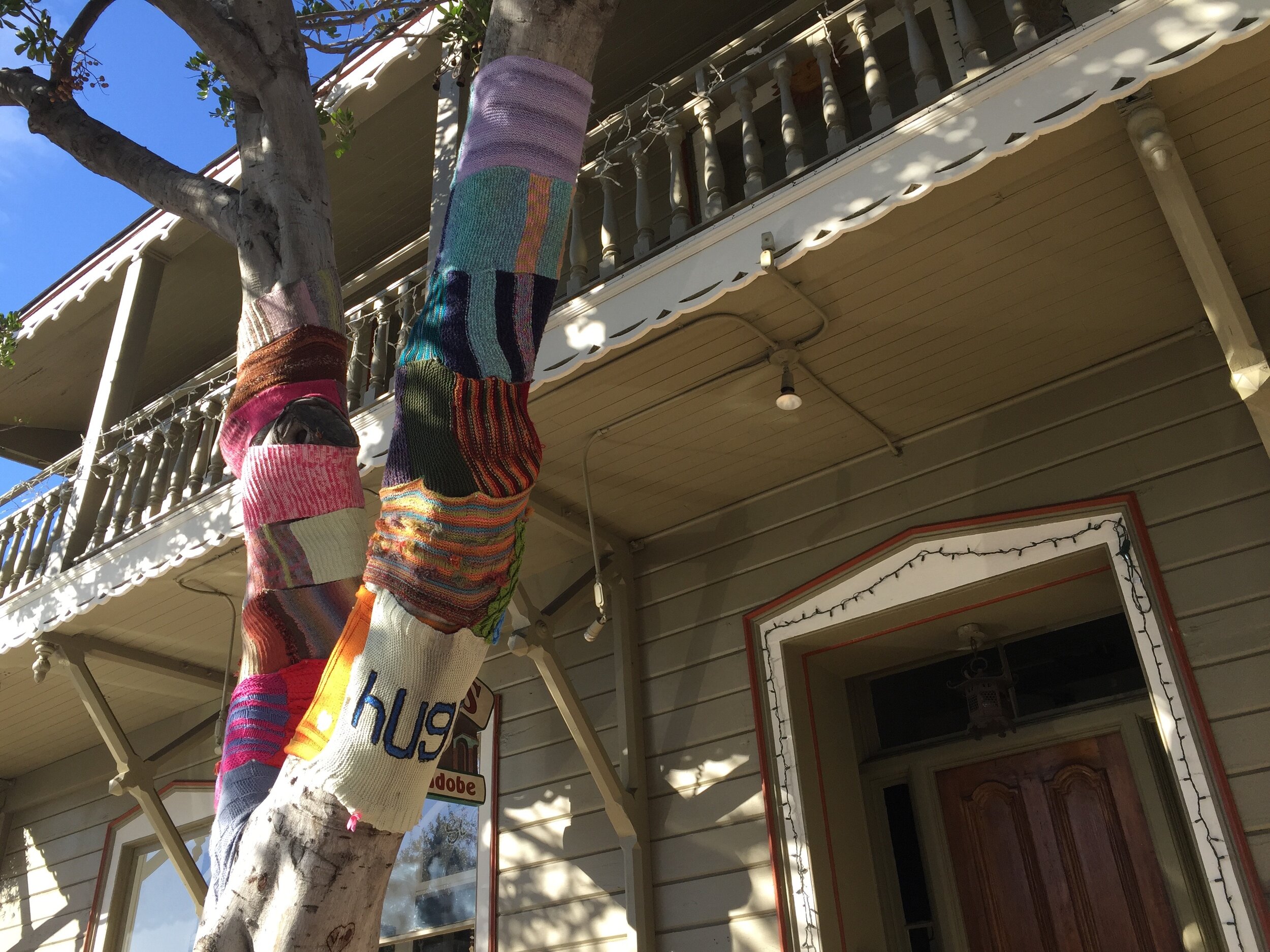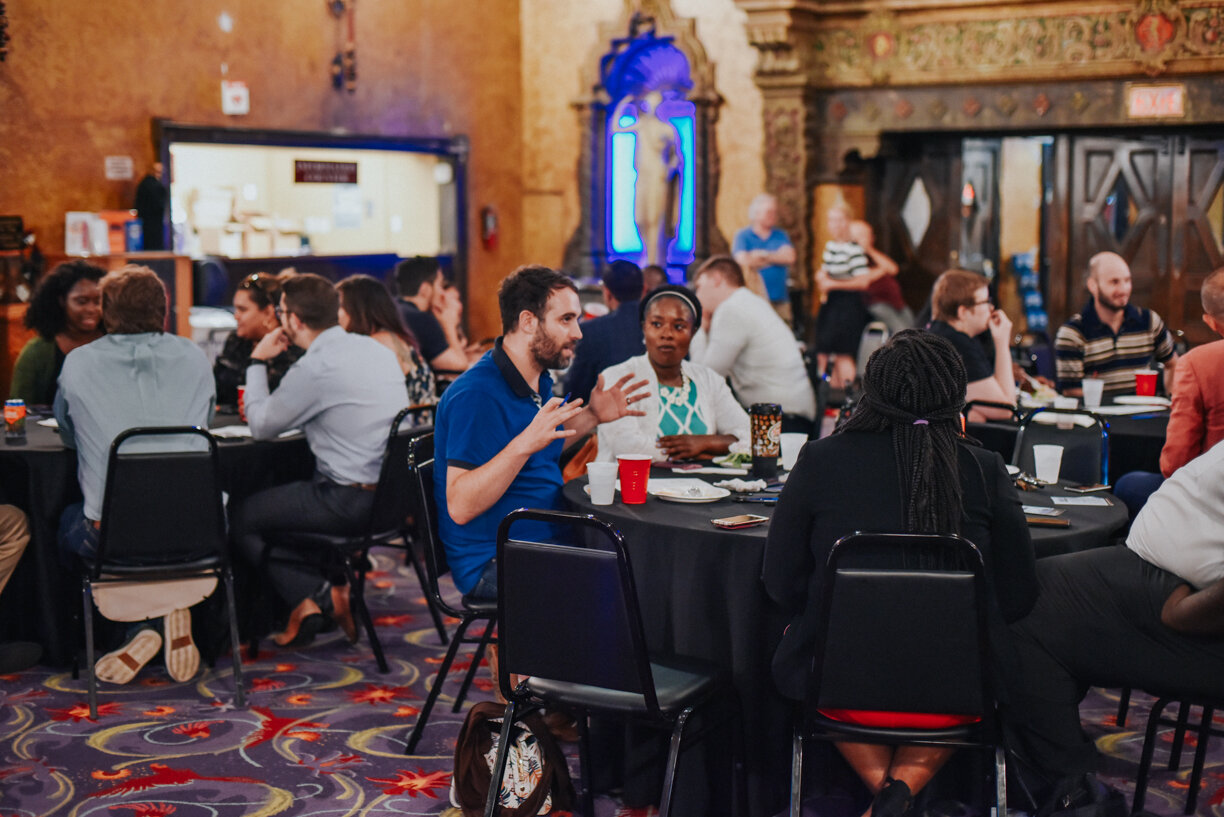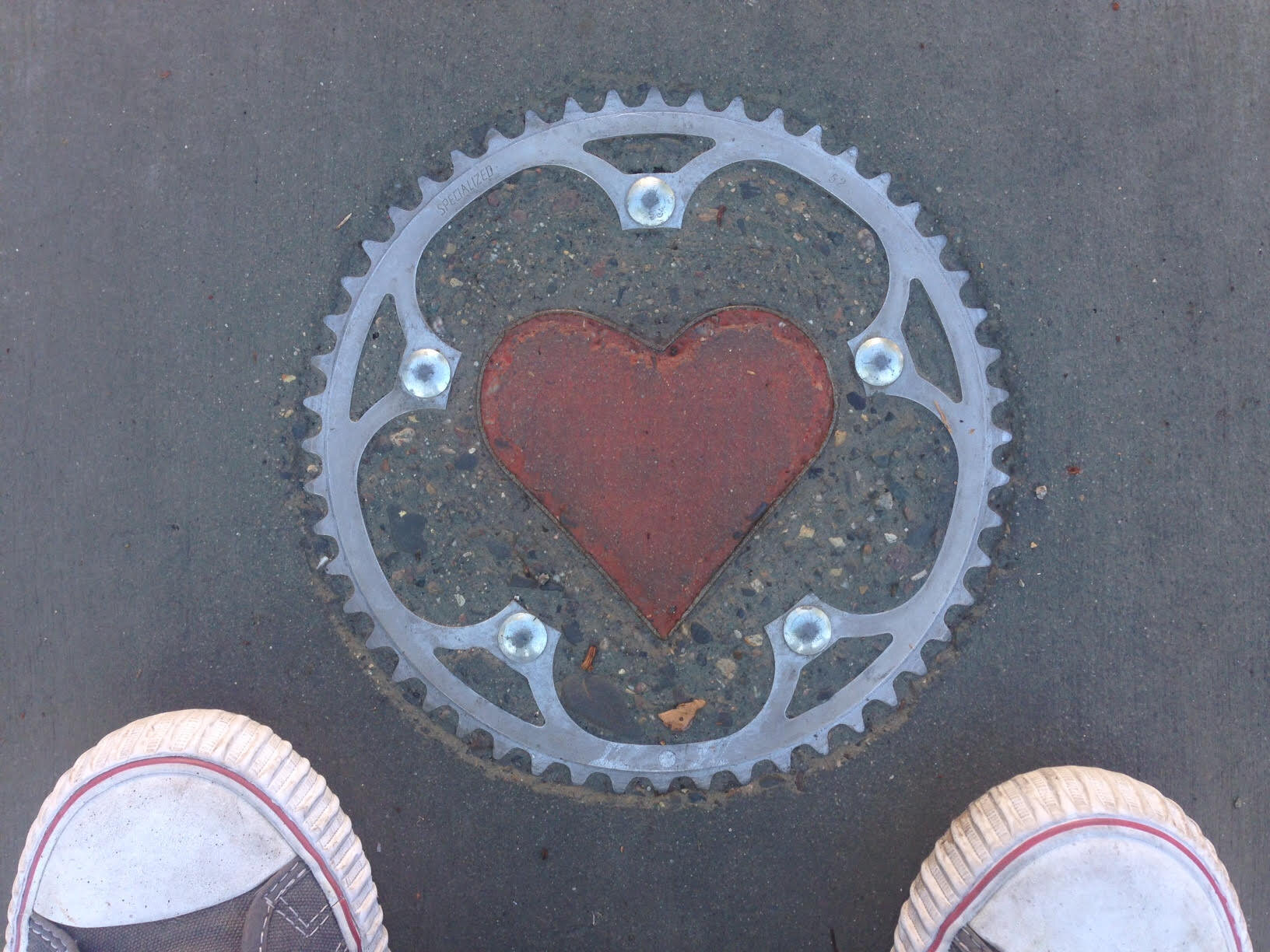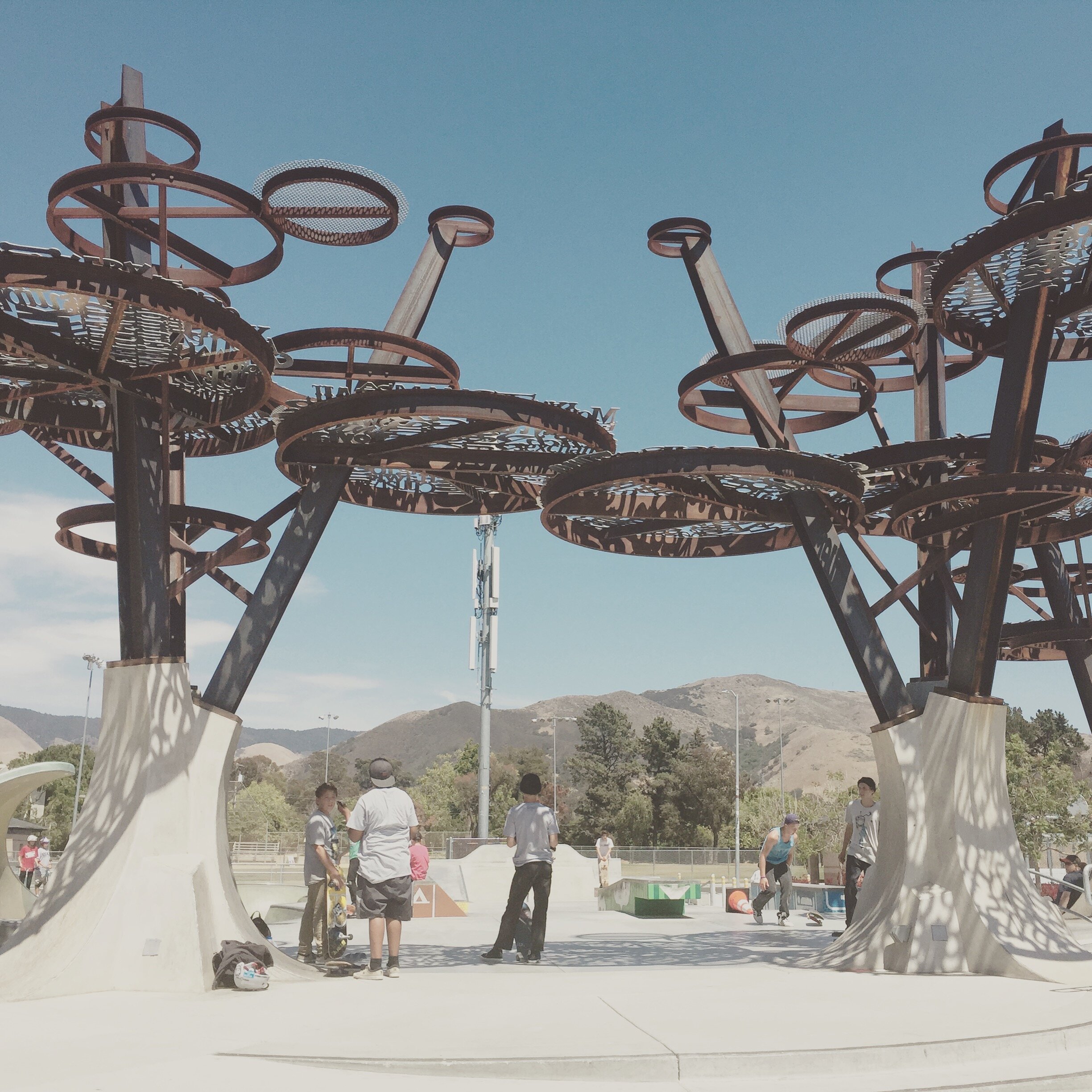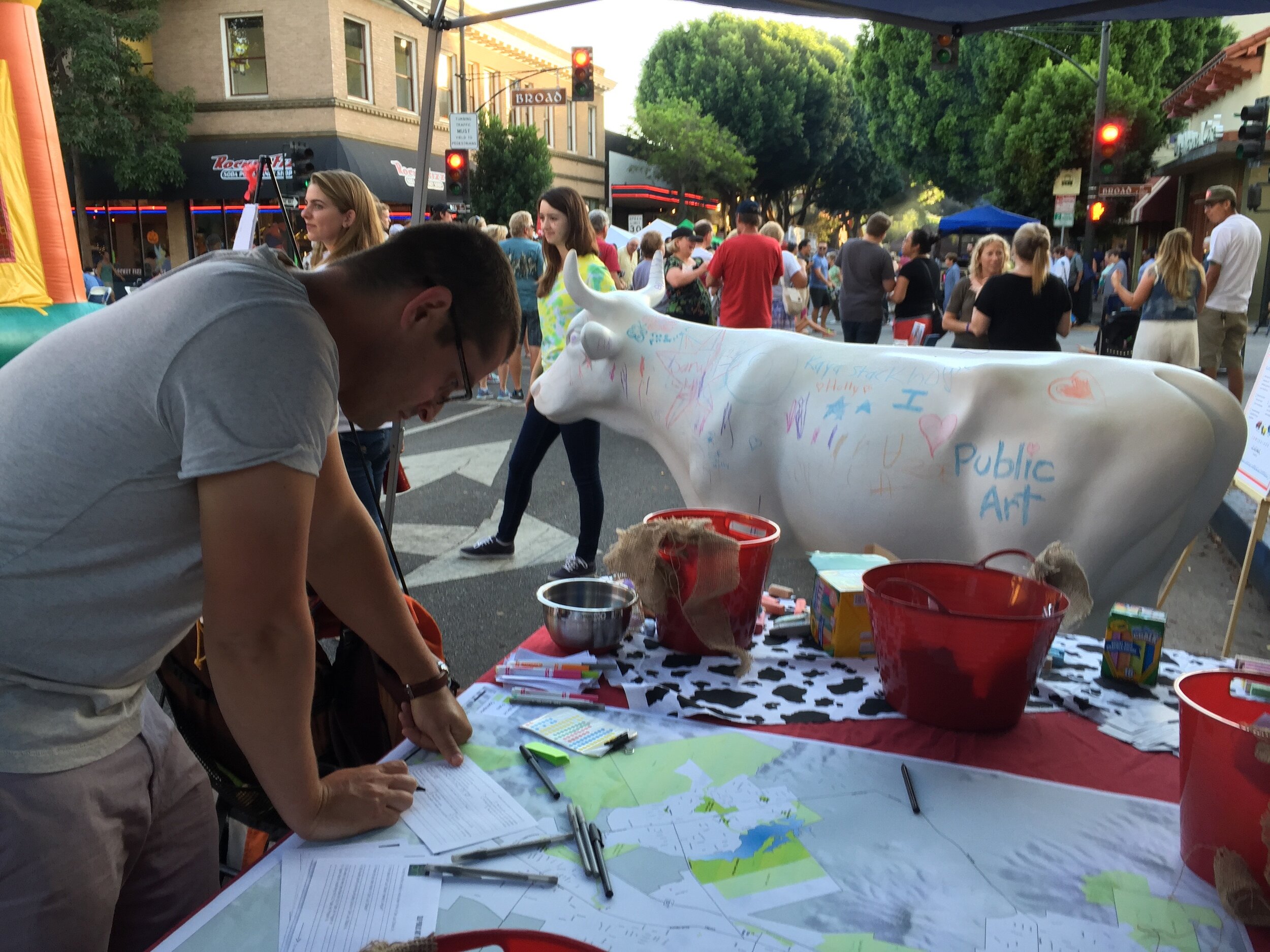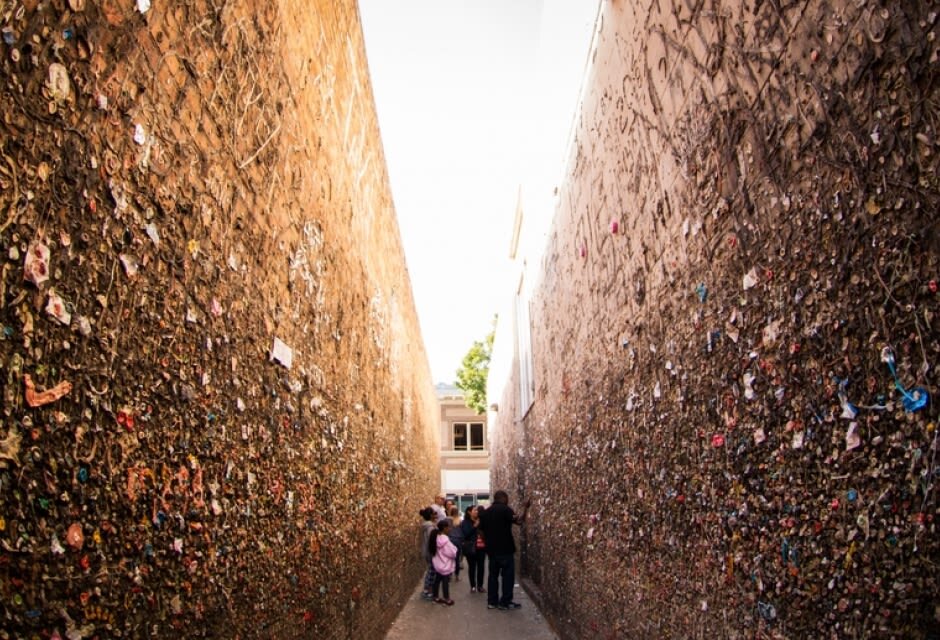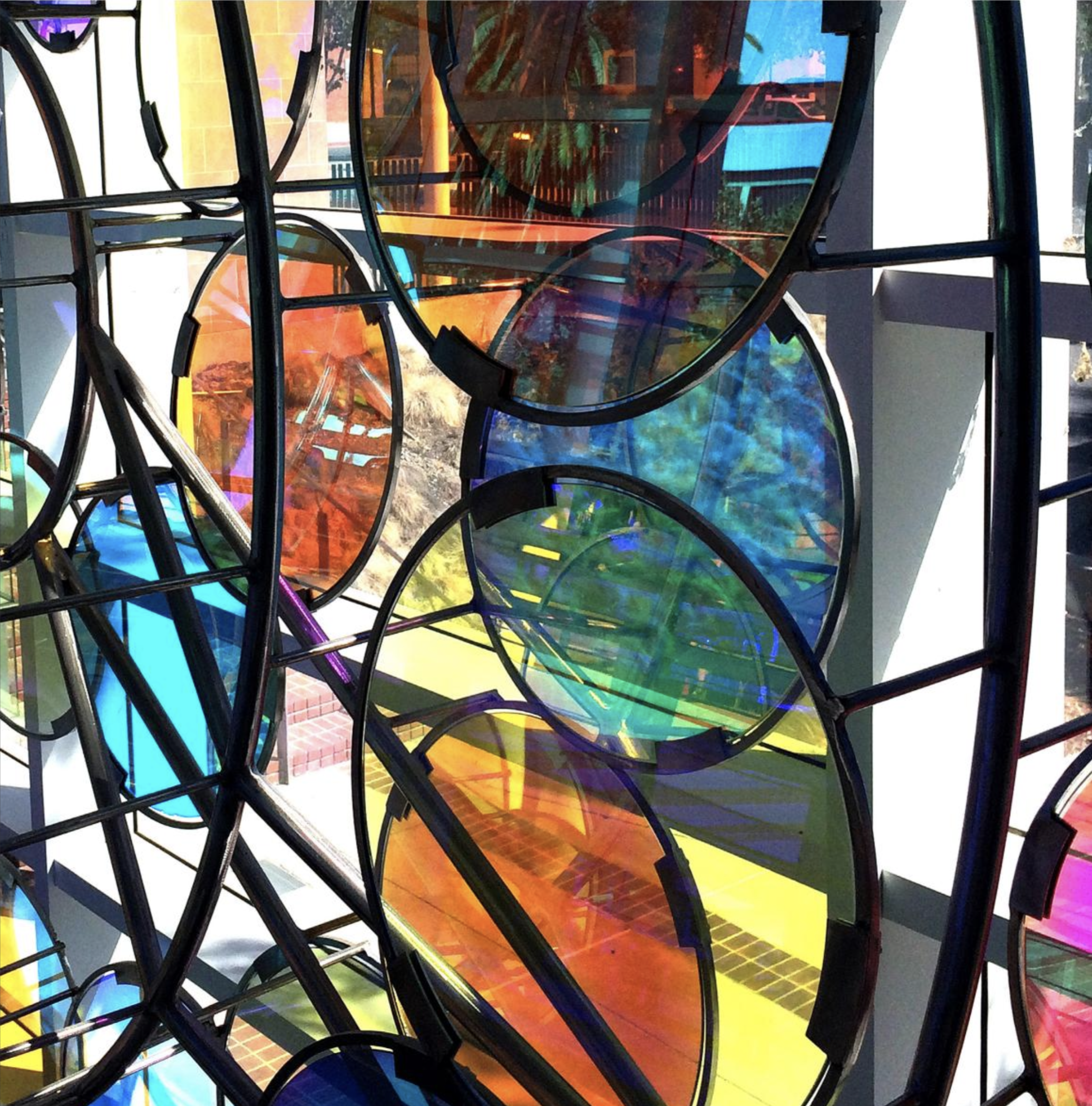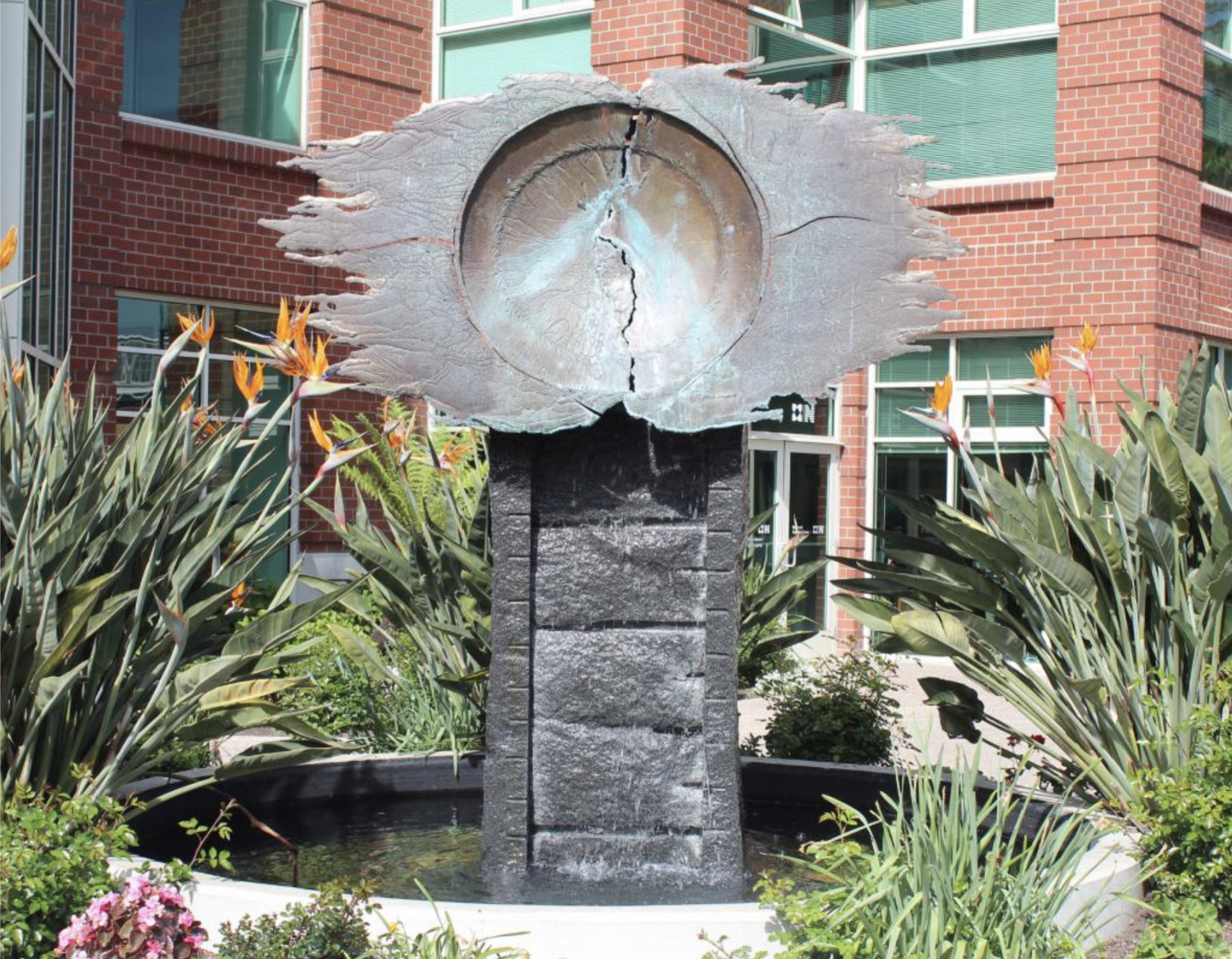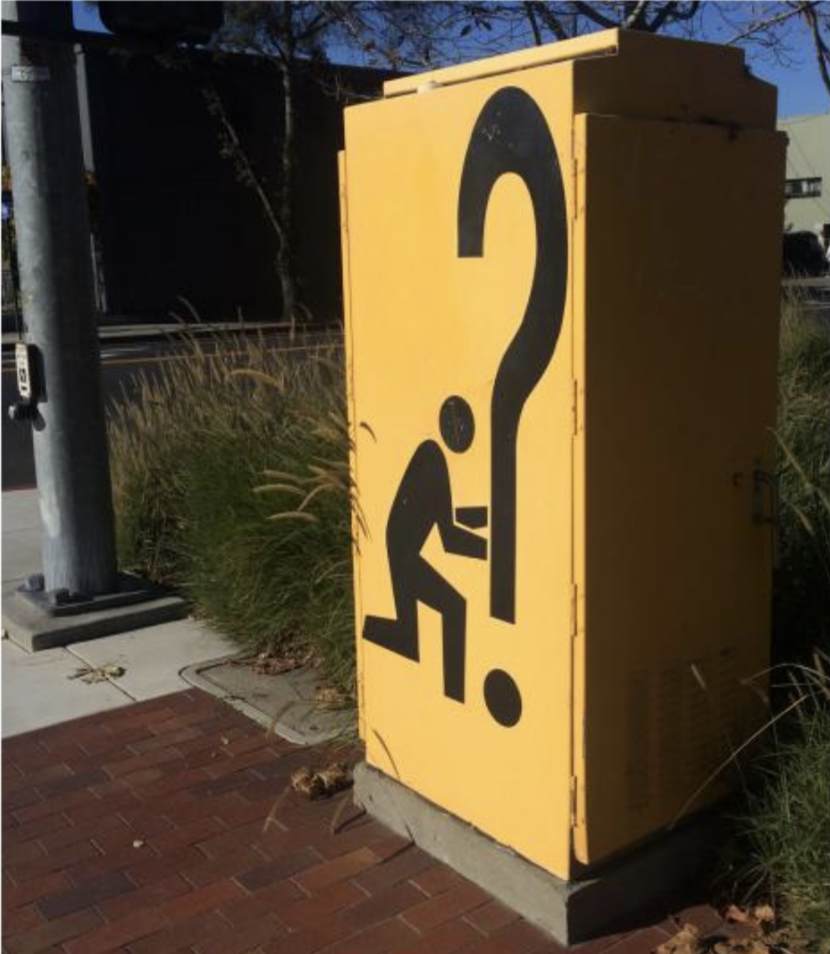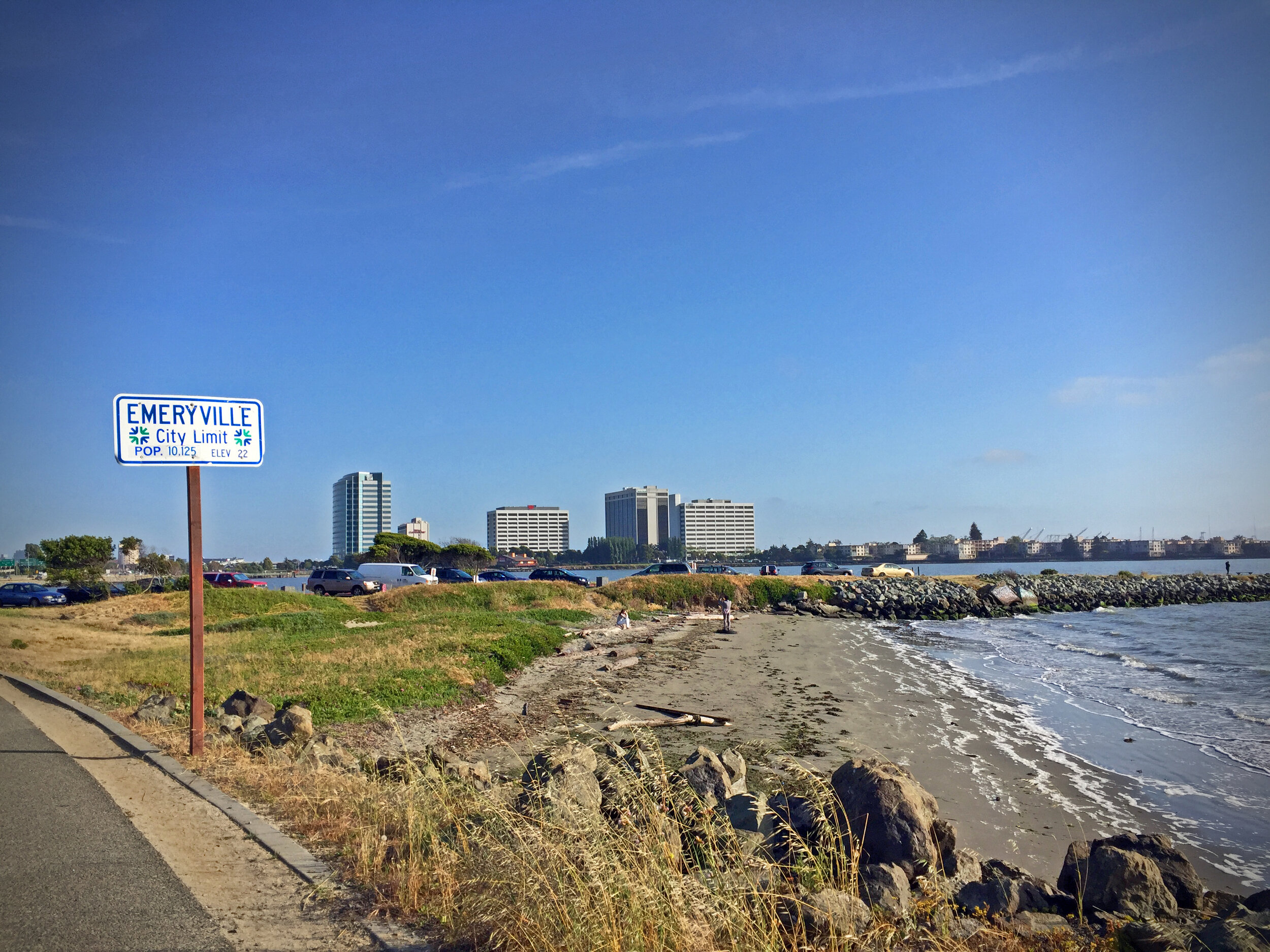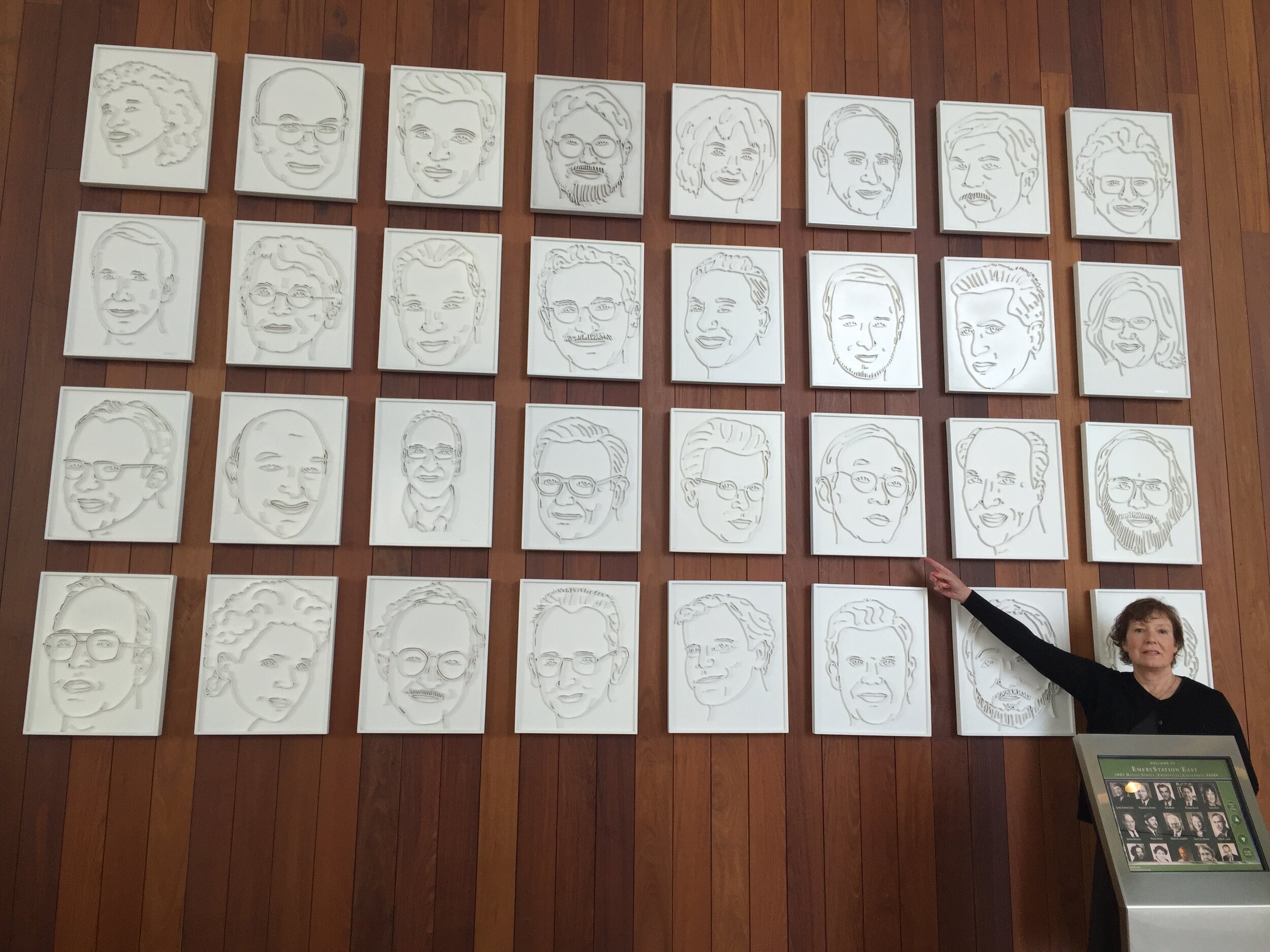Marysville Five Points Concept Study
Marysville, Ohio
WHY
The City of Marysville has a beautiful historic downtown and significant new commercial and industrial development. While this growth is welcome, it is creating development pressure in culturally and aesthetically important areas of the community.
The Five Points area of Downtown is the fulcrum between highway-oriented development and the historic urban Downtown. This area currently has a number of fast-food restaurants, strip centers, and gas stations intermingled with historic homes and commercial buildings. Developers are purchasing both historic and non-historic properties for redevelopment and are proposing inappropriate development for this area.
HOW
The City requested this project to have a quick production schedule in order to influence current development proposals. Two concept plans were provided which demonstrate different strategies to handle infrastructural modifications. The City of Marysville staff and Designing Local participated in a charrette to develop preliminary approaches to development types, traffic movements, open space enhancements, and shared use trail enhancements.
Using this as a starting point, the Design Team created site plan sketches, development benchmarks, and a summary document to communicate the future development intent for this area.
WHAT
The concepts are being used by the City of Marysville to guide new development in the study area. During the conceptual review process, City staff utilizes the concepts to demonstrate the overall vision for the study area and how each individual development is able to support this vision.
Ohio & Erie Canal Southern Descent Heritage Trail
Various Sites Throughout Central And Southern Ohio
WHY
The Canal Partners is a coalition of communities in Southern Ohio along the alignment of the Southern Descent of the Ohio & Erie Canal. These communities have existing and lost features of the canal, as well as numerous related historical elements.
The goal of the Canal Partners is to create a heritage trail that will attract tourists throughout the corridor and to communicate the history of the canal system to a broad audience.
HOW
This grant-funded project included several team members including the project leaders, a graphic design consultant, the partner communities, and Designing Local.
The first phase process included engagement of the Canal Partners through workshops and a survey. This phase also included mapping of the resources and other sites along the trail. Once this was completed, a highly visual plan booklet of the sites was created which included descriptions of the various elements as well as a prototype trailhead design. Part of the project study will included bike and pedestrian trail connections to the canal right-of-way.
WHAT
The end product is being used by the partner communities in their planning and capital improvement projects for the next several years. The mapping will be used by tourists to experience the canal features. The project was completed in summer 2021.
Columbus North High School
Columbus, Ohio
WHY
Columbus North High School was built in 1924 and is listed on the National Register of Historic Places. The structure was designed by notable Columbus architect Frank Packard in the Tudor Revival style and has a prominent position in Old North Columbus.
The school has served numerous purposes throughout its lifespan and was due for a major upgrade. Columbus City Schools selected an architect to work through the major changes which included preservation of various architectural elements. The existing athletic fields were not functioning properly to meet the planned use of the school.
HOW
Designing Local worked with the client team to determine the desired uses for the recreation fields and to develop a new configuration of various elements. Multiple options were created to encourage discussions with CCS facilities leadership and administrative staff. This included various configurations for OHSAA compliant fields, multiple locations for bleachers, fences, and other items, and removal or reconfiguration of existing lighting. Ultimately an option was selected which included a regulation middle school softball field and soccer field.
WHAT
Designing Local provided a schematic level plan which located and dimensioned the layout of various sports field reconfigurations. The plan was implemented through a design-build process and is currently in use by the school and the community.
The Merchant State Historic Tax Credit
Columbus, Ohio
WHY
The Merchant started life in the 1920s as a mixed-use building housing a grocery store, druggist, and upper-floor residential units. At one point, the building even housed an early Kroger Company store. The property was in a state of disrepair when it was purchased by its current owner for renovation. The owner planned to renovate the building for use as a co-working space with first-floor open seating and upper-floor offices.
HOW
Designing Local assisted the property owner with listing the property on the Columbus Register of Historic Places and helped secure $191,000 in Ohio Historic Tax Credits for the roughly $1.5 million redevelopment project.
WHAT
Designing Local is now lucky to call the Merchant home, as our team moved into a 3rd floor office suite in late 2020.
BEFORE
AFTER
Upper Arlington Arts & Culture Master Plan
Upper Arlington, Ohio
WHY
The City of Upper Arlington has one of the oldest arts and culture programs in Central Ohio. Housed within the Parks & Recreation Department, its Cultural Division is advised and supported by the Cultural Arts Commission, a seven-member group appointed by City Council for the purpose of fostering and encouraging the development and preservation of arts in the community. As part of this charge, the Commission recognized the need for a clear and thoughtful master plan to guide the future of cultural arts in the City of Upper Arlington.
HOW
The yearlong process of developing the master plan kicked off in the fall of 2018, beginning with a general study of the history and current state of the arts in Upper Arlington. This research was followed by an extensive 6-month community input process that included more than 1,000 one-on-one touch points in the form of surveys, focus group meetings, and pop-up events held throughout the city. The feedback received from this public engagement demonstrated the community’s support for the Division’s programs, as well as support for continued investment in the arts.
WHAT
The Arts and Culture Master Plan established a series of short-, mid-, and long-term implementation strategies that focused on enhancing existing programming, strengthening operations, and raising awareness of the arts and culture opportunities available to residents. It provided clarity on the purpose, roles, and responsibilities of the Cultural Arts Commission, and set forth an inspirational guiding framework for exploring expanded public art opportunities in the community. The plan was accepted by Council in December 2019.
Chamblee Arts Master Plan
Chamblee, Georgia
WHY
Chamblee, a small Dekalb City wedged between Doraville and Brookhaven in metro Atlanta, is home to innovators, business owners, entrepreneurs, artists, and community members who envisioned more creativity in the public realm. Public Art provides a unique opportunity to elevate Chamblee’s identity as a unique community that cares about investment in arts and culture.
HOW
Informed by the initial stakeholder interviews, a series of focus groups were held with local artists and arts leaders, as well as with residents and business owners, A series of community events were held to gather information about the public’s vision for the arts in Chamblee. The Arts Master Plan outlines future investment in the arts, as the arts will play a major role in maintaining Chamblee’s authenticity while celebrating its future as an inclusive and culturally vibrant place in which everyone can find a place to belong.
WHAT
This plan was designed to be organic - it will evolve as the City grows and changes. The investments made as a result of this plan will vary in size and scale, but a throughline of intentionality will run throughout. In the City of Chamblee investments in the arts will follow the guidelines outlined in Arts Plan document, ensuring a future where arts and culture reflect the people and their future focused, clear-eyed vision of livability, prosperity, and access.
Pinellas Park Public Art Plan
Pinellas Park, Florida
WHY
As the physical heart of Pinellas County, the City of Pinellas Park has grown into a uniquely open, accessible community. There were great opportunities to enhance the community’s identity with residents and neighbors in the region. A key priority of the public art programming in Pinellas Park was to help create an ecosystem of artists, creatives, performers, and consumers. Past efforts have encouraged artists to locate within the Arts Village, creating opportunities for artists to showcase their art and patrons to enjoy and purchase it. The public art program was needed to help expand the art ecosystem in the city by creating new opportunities for artists and visitors to experience art.
HOW
Focusing on the future was a key perspective of the planning team. The plan was not created just for today but also creates an impactful, sustainable public art program for the future. This program was developed to outlast those involved in this process in order to create solid deliverables for years to come. The community engagement efforts that were undertaken as part of the planning process were key to developing not only the vision and priorities for public art, but also the ideas that will help ensure public art becomes a beacon for residents and visitors in Pinellas Park. Engagement efforts included a large-scale survey, as well as in-person engagement at a number of events.
WHAT
The foundation of the Pinellas Park Public Art Plan rests on four pillars: community engagement, stakeholder feedback, best practices, and a forward focus. Step by step, the City of Pinellas Park will be able to formalize, initiate, and fund a public art program that will have a lasting impact on the city. The program is governed by transparent procedures that ensure it is efficient and effective. A variety of funding mechanisms to ensure program sustainability were also presented.
Dublin Arts Center Event Terrace & Cabin Reconstruction
Dublin, Ohio
WHY
This project will significantly enhance the aesthetics and functionality of the Dublin Arts Center. The building was constructed as a private residence and includes a 6 acre site along the east bank of the Scioto River. Designed in a French-Eclectic architectural style and built in 1941, the site is listed in the National Register of Historic Places. The City of Dublin purchased the property in 1999.
This project will improve the rear grounds of the building with the addition of an event terrace, various site features, landscape lighting, electrical service for events, a historic log cabin reconstruction, and a connecting path to the Scioto River.
HOW
The site has over 70’ of grade change from the rear entrance of the building to the Scioto River. This presents a challenging design and engineering problem in which cost-effective ADA-compliant site circulation and stormwater management are key drivers of the design process. It also generates opportunities for incredible vistas and dramatic event spaces. Designing Local developed three site plan alternatives which demonstrated how the vertical and horizontal location of the event terrace will influence the overall feel and functionality of events. The construction materials reflect historic character of the existing building.
WHAT
The project is currently in construction.
Sandusky Public Art & Placemaking Plan
Sandusky, Ohio
WHY
The City of Sandusky is a hidden gem that is seeing significant new investment and cutting-edge planning. Sensing an opportunity to increase attachment to place and draw new tourists, city leaders passed a public art ordinance in January 2018 that guarantees funding for public art through a 1% allocation of their general fund. To ensure they invested the newly earmarked public art dollars responsibly, the city set out to develop a Public Art and Placemaking Plan. The plan directs spending to high-priority projects and creates the infrastructure necessary to administer a robust public art program.
HOW
Designing Local organized a public art popsicle pop-up to kick off the planning process, at which participants were asked their vision for public art in the city and to think about potential transformative projects. The team hosted several additional meetings to co-create ideas for the City’s first projects. In addition to developing placemaking strategies, the team trained Sandusky’s newly formed Public Art and Cultural Commission on procurement processes for public art, collection management and maintenance, and donations.
WHAT
The Sandusky Public Art and Placemaking Plan inspires elected officials to create public art strategies that are uniquely Sandusky. With an efficient and effective process for public art, the city now has the tools to ensure a successful program well into the future.
Frisco Public Art Master Plan Update
City of Frisco, Texas
WHY
In 2002, the City of Frisco developed a public art program at a pivotal moment in its history. With a population of just over 50,000 residents and a unique position in the North Texas Region, the city was poised for explosive growth, culminating with an anticipated population of just over 350,000 by 2035. In 2004, the city adopted a Public Art Master Plan and, since then, commissioned more than 75 pieces totaling $4+ million. In 2018, Frisco sought to update its Public Art Master Plan to include strategies for managing its burgeoning collection.
HOW
Designing Local evaluated the city’s collection and conducted public engagement sessions to formulate recommendations for an updated plan.
WHAT
The Frisco Public Art Master Plan Update was adopted in August 2018, providing the city a roadmap to integrating thoughtfully curated public artworks into their capital projects through 2023. With a Collection Management Policy in place, the city can better care for its current collection as it adds new pieces.
Montpelier Public Art Master Plan
Montpelier, Vermont
WHY
When the City of Montpelier, Vermont began collaborating with a private developer for a redevelopment project, they wanted to pursue an innovative approach. The project, supported by local, state, and federal funds, was Montpelier’s largest private-to-public development in 30 years. One Taylor Street, which is being called the new gateway to Montpelier, has catalyzed other design and community development projects. The city was awarded an Our Town grant from the National Endowment for the Arts to express community values and vision through public art at One Taylor Street.
HOW
The centerpiece of the planning process was a series of five creative visioning workshops led by teaching artists from different disciplines. These hands-on workshops were led by community members to express their vision for how art can enhance community and sense of place. Each workshop was capped off by a public event to exhibit the creative visioning works, with audience reflection time to gather input for the master plan.
WHAT
The creative visioning workshops culminated in a Master Plan and the installation of Montpelier’s first major city-funded public art work. The artwork — done by a Vermont artist and selected by a jury — was installed at the One Taylor Street Redevelopment Project in 2019.
Art on High Strategic Plan & Artist Selection
Columbus, Ohio
WHY
In 2010, the City of Columbus, Ohio dedicated $25 million to the High Street Streetscape Project, which will transform North High Street through the Short North Arts District and the southern University District — one of the busiest corridors in Columbus. The streetscape improvements will create a safer, more walkable, and more inclusive neighborhood by burying overhead utilities, increasing sidewalk widths, standardizing streetscape elements, upgrading lighting, adding marked crosswalks, improving stormwater management, and adding new street trees. Two percent of the total streetscape budget has been dedicated to an investment in public art.
HOW
Designing Local advised the City of Columbus as it planned for its public art investment, and managed a team of three consultants. Through extensive public engagement and a thorough understanding of the current and future built environment, Designing Local selected eight locations at which to site public art along a two-mile stretch of North High Street. Each location was vetted by the Columbus Department of Public Service and the design team to ensure it would be suitable for public art.
WHAT
The Art on High Strategic Plan provided a vision for how public art should be featured along the corridor, and how this initial investment could be used to catalyze future such investment. In addition, the team conducted three public meetings, monthly walkabouts, and extensive stakeholder interviews to determine what the community would like to see on the site. Designing Local then managed a call for artists and jury process, from which artist Mark Reigelman was selected. His ‘Makers Monument’ was installed in July 2021.
Surprise Arts & Culture Master Plan
Surprise, Arizona
WHY
Surprise, Arizona is a city in the West Valley of the Phoenix Metro Region whose leaders are looking to arts and culture to help define their vast and growing metro area. Current plans forecast that by 2050, today’s 125 square miles will expand to 400+, and today’s 125,000 residents will increase to 500,000. This projected growth provides an opportunity for the city to proactively ensure new development is interspersed with arts and culture reflecting the city and its people.
HOW
Great care was paid to integrating the Public Art Master Plan with other planning efforts, such as the Park and Recreation Master Plan, to ensure that it could be easily implemented alongside others as the city grows and develops. Due to the large scale of the population and land area, the team focused on making public engagement accessible and diverse. From baseball spring training to public art bus tours, the team provided interesting engagement opportunities that met the needs of a community whose population includes large numbers of young families and retirees.
WHAT
The Surprise Public Art Master Plan covers topics ranging from recommendations on how to bring more publicly- and privately-supported public art to the city to encouraging the development of large-scale cultural venues. The plan helps solidify the role of art and culture in the future of Surprise.
University District Arts & Character Plan
University District Organization | Columbus, Ohio
WHY
“Time” and “change” aren’t just words in The Ohio State University’s alma-mater, they are words that perfectly capture the University District neighborhood. As the ever-evolving place transitions into another new era, long-term residents and businesses want to ensure the spirit of the community lives on for the next generation. The University District Organization took action to ensure that new buildings had ample public art offerings and new residents had myriad opportunities to engage with the arts.
HOW
A diverse community necessitates diverse engagement. In the University District, this meant targeted outreach to artists and performers through Music, Visual Arts, Culture, and History workshops hosted at various music, art, and poetry venues. Additionally, residents, students, and others who cared about the neighborhood were provided online and in-person opportunities to share ideas about how its spirit could be better reflected in the built environment.
WHAT
The University District Arts and Character Plan generated targeted recommendations to add public art to the neighborhood and bolster existing performing arts and music venues. A ‘Music Trail’ concept modeled on other successful marketing efforts — but with an artistic twist — will help drive attendance to existing music venues. Additional recommendations include specific locations for art pieces to be added, as well as possible future art trails and installations.
Plain City Survey on the Future
Plain City, Ohio
WHY
Plain City’s Comprehensive Plan Committee wanted to survey residents and other community stakeholders to uncover their vision for the village’s future and establish a baseline of their opinions to help shape the Plain City Comprehensive Plan.
HOW
Designing Local worked to gain widespread community participation in the ‘Survey on the Future’ by distributing business cards about it at the 4th of July and Steam Threshers parades and posting door tags on homes throughout the village. More than 600 village residents and 400 other stakeholders ultimately took the survey — a far greater response than had previously been achieved.
WHAT
The results were compiled into a ‘Survey on the Future’ final report, which was presented to Council and also released to the public.
Plain City Community Plan
Plain City, Ohio
WHY
Plain City was a community at a crossroads. The village celebrated its Bicentennial in 2018 and achieved ‘city’ status in 2020; it is anticipated that the next 30 years will bring it significant residential and commercial growth. Plain City is a community that cherishes its history and small town feel so, in order to guide the growth that is sure to come, the village undertook a comprehensive planning process.
HOW
The yearlong project began with a community engagement process that built on Designing Local’s previous surveying efforts. Through community engagement, we identified historic preservation and the revitalization of Uptown Plain City as vitally important to residents and other stakeholders.
Designing Local led the historic preservation portion of the planning process, and subsequent recommendations. As part of the process, we inventoried historic buildings in the Uptown area to assist in future National Register nominations and identify significant buildings and collections of buildings for the plan.
WHAT
The 2018 Bicentennial Community Plan is a Comprehensive Plan for Plain City will guide development and decision-making there for the next 10 to 20 years.
Los Altos Public Art Master Plan
Los Altos, California
WHY
For more than 25 years, the City of Los Altos, in the heart of Silicon Valley, has boasted a thriving public art program. As of 2017, their collection featured more than 35 pieces that had either been purchased by the city or were part of the Sculpture on Loan program. The Arts Commission and Council at the time decided a Public Art Master Plan was necessary to further enhance their city’s identity and sense of place.
HOW
Because Los Altos is populated by highly tech-oriented residents, public engagement activities included a project website and an online survey, coupled with an open house and community discussion with a public artist who presented her method for creating site-specific work.
WHAT
The Los Altos Public Art Master Plan focused on developing funding strategies and conceptual projects and programs, as well as public art maintenance and gifting policies.
Roswell Public Art Master Plan
City of Roswell, Georgia
WHY
Roswell, Georgia was at a crossroads. As a historic community in the fast-growing Atlanta region, Roswell was determined to embrace its historic past while showcasing its emerging identity through new development. City leaders here desired a unique process for engaging with residents and businesses that would help build support for public art in the future.
HOW
In Roswell, public engagement took many interesting and unusual forms. It was especially important, given its fractured political environment, to engage and education a representative array of stakeholders. From local breweries — which even concocted a small batch ‘Roswell Arts Fund’ beer — to high school classrooms, the team focused on meeting people where they were. Through this targeted outreach, we were able to ensure that all factions of the community were engaged in and supportive of the final plan.
WHAT
The Roswell Public Art Master Plan was adopted in July of 2017. It focused on two key strategic goals: prioritization of art types and sites, and public education for future policy changes (i.e., a 'percent for the arts’ ordinance).
San Luis Obispo Public Art Master Plan
San Luis Obispo, California
WHY
San Luis Obispo’s vision for public art stems from a long legacy of public art champions and more than 25 years of investment in the arts at a citywide level. In 1990, the city established and funded a public art program by requiring that 1% of the estimated construction cost of eligible projects in the Capital Improvement Plan be set aside for public art. To build upon their strong legacy of public art and cast a vision for the next 25 years, the city decided to seek community input in 2016.
HOW
To kick off the planning process, stakeholders were asked a series of questions about how public art relates to their sense of place, to the overall identity of San Luis Obispo, and to economic growth, business development, education, downtown development, and community engagement. They were then asked to consider where new pieces of public art should go and what types of art they would like to see in their community. They also discussed attributes that make San Luis Obispo stand out among other Central Coast communities, California communities, and the rest of the United States. In addition to the three public meetings, engagement opportunities also took place at an elementary after-school program, during a middle school lunch break, and during regularly scheduled San Luis Obispo High School art classes. An online survey was conducted to capture the ideas of those who were unable to attend the workshops in person.
WHAT
The Public Art Master Plan was adopted by City Council in December 2016. Recommendations from the plan include increasing Art in Public Places funding, developing a full time Public Art Manager position within the Parks and Recreation Department, and developing a maintenance and conservation plan.
Emeryville Public Art Master Plan
Emeryville, California
WHY
Emeryville’s vision to be a city that values art comes from a long legacy of public art champions and a 25-year commitment to investing in the arts at a citywide level. Today the city’s Art in Public Places Program (AiPP) has nearly 70 publicly-owned art works and 230 art installations available to the public in private locations. Both collections are growing as the city continues to commission work and private development extends AiPP’s reach. The Public Art Master Plan of 2016 was intended to define AiPP’s current focus and ensure it resonated with all community stakeholders.
HOW
The planning process included meeting with numerous key stakeholders — council members, local business owners, artists, city staff, architects, and educators — who were asked a series of questions about the importance of public art in Emeryville. Emeryville residents were also invited to participate in a series of workshops where they were asked to consider geographic priorities, what new types of art they would like to see, and how they would like to see the Art in Public Places Program grow. All were asked to consider what values and attributes make Emeryville stand out in a region known for artistic excellence and innovation.
WHAT
The Emeryville Public Art Master Plan was adopted in November 2016. It featured six major goals and strategies, nine conceptual projects, and six conceptual programs.
